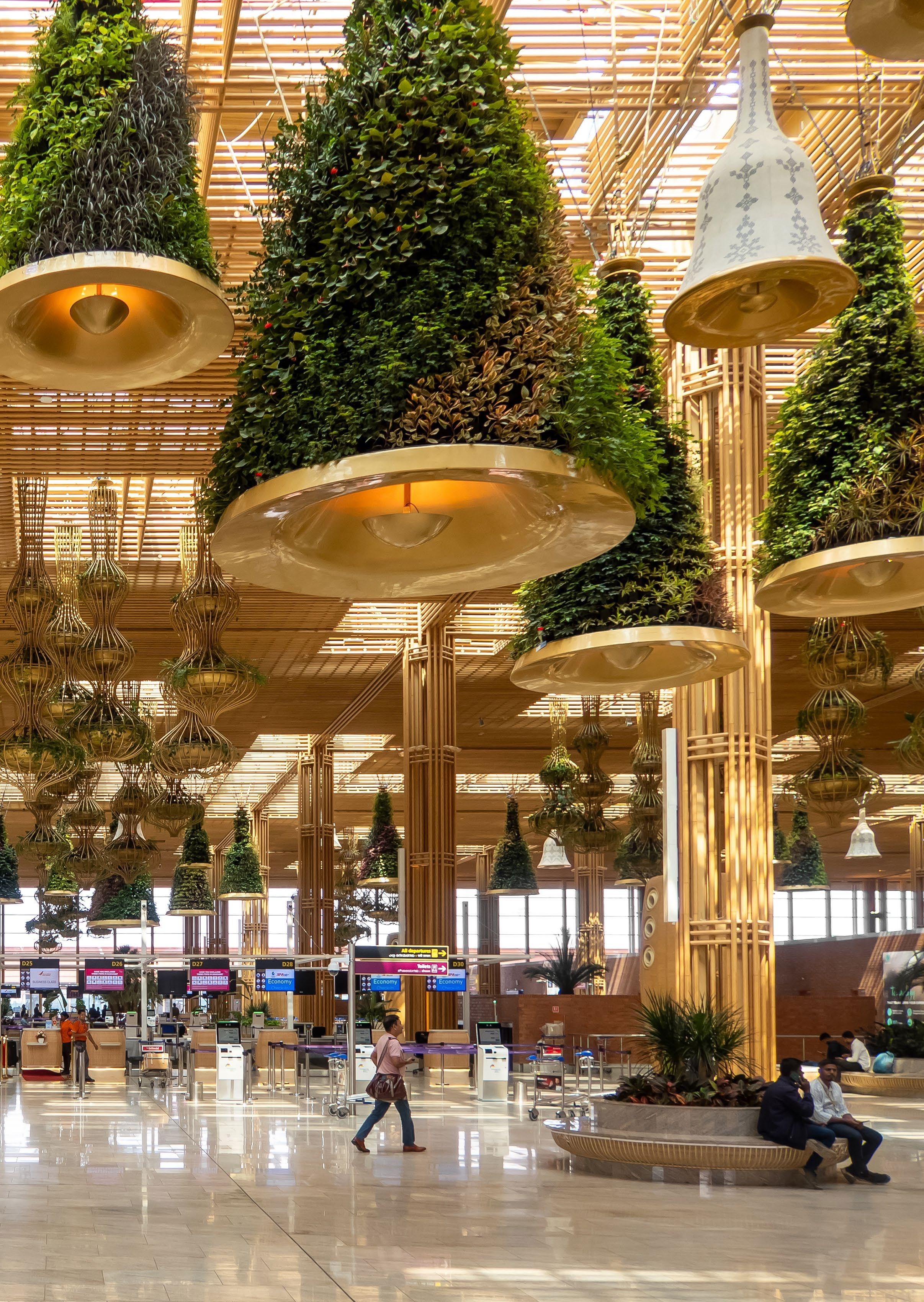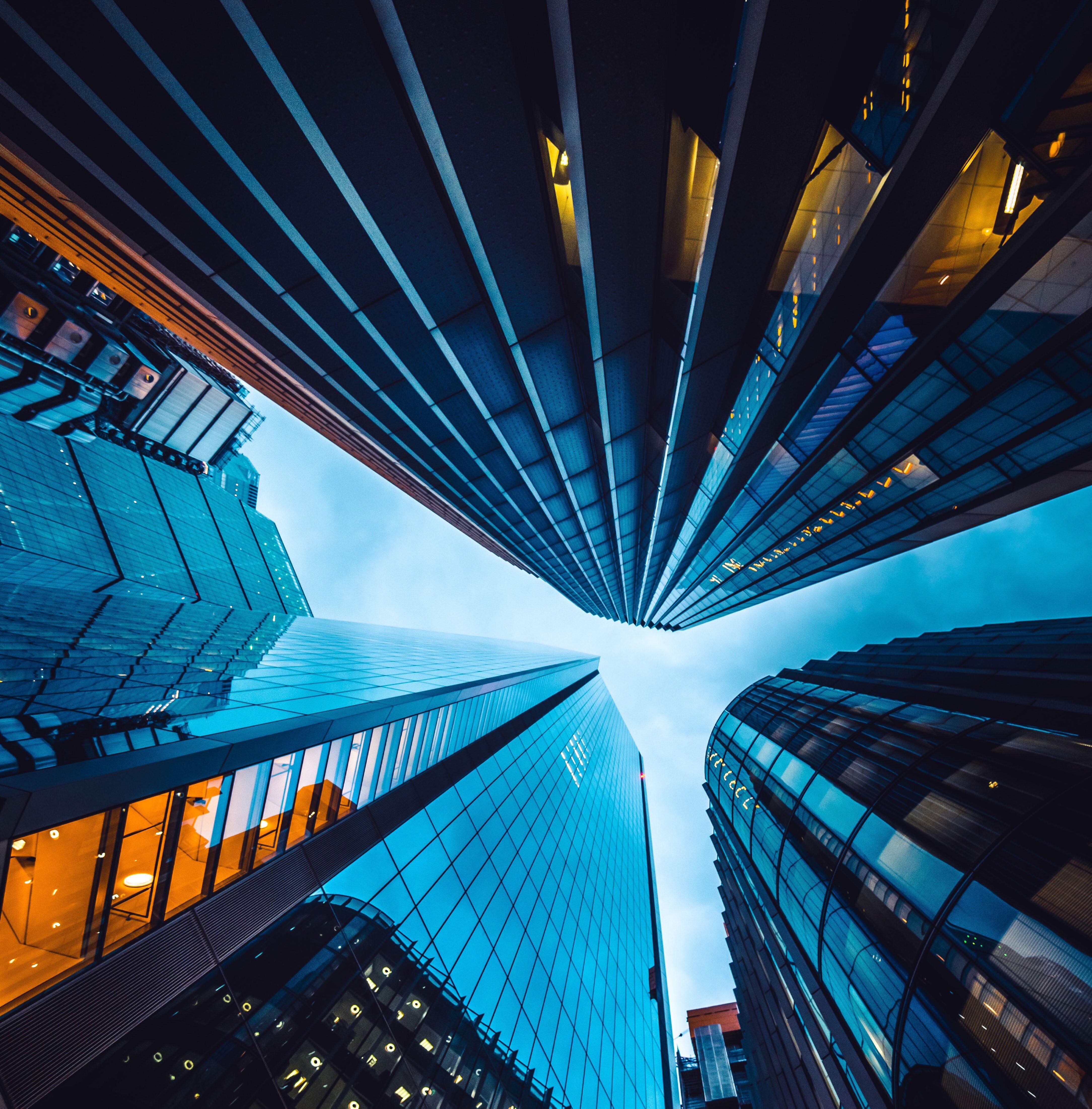





























‘Commercial Area Located Right on PIK2 White Sand Beach’
Ginza Beachwalk; a commercial area situated in the prime beachfront location that serves as its main attraction. Surely you're familiar with the PIK2 White Sand Beach area, right? It's one of the hottest spots in PIK2 that has proven its ability to capture the attention of hundreds of thousands of people.
Some of the facilities currently operating on the white sand beach include: Land’s End, Aloha Pasir Putih, Dreamville Beachclub, Community Park, etc. Imagine if all these beachfront facilities were fully operational?! Can you picture how vibrant and premium this beachfront area would be?! This area has already caught the attention of many entrepreneurs even before the PIK2 area was opened to the public as it is now!
Not wanting to miss out on such potential, PIK2 introduces its latest commercial area, Ginza Beachwalk PIK2 which was meticulously designed and planned. Aligned with exclusive beachfront facilities, it also directly faces the
metropolitan CBD PIK2 & Islamic Financial Center.
Located near toll and non-toll access, and precisely opposite the largest public transport transit point in PIK2, its market potential is extraordinary! It attracts not only residents from various areas of the capital city but also tourists from around the world.
Located in the most sought-after location today, Ginza Beachwalk PIK2 offers a variety of product types. Ranging from Soho to Premium Beach View Lots that can be used for various business purposes, such as mixed-use towers, apartment buildings, hotel, etc. Additionally, PIK2 offers The Penthouse at Ginza Beachwalk, a Soho 2in1 concept (Soho+Penthouse). A 4-storey building + rooftop, where the 1st and 2nd floors can be used for commercial purposes, and the 3rd and 4th floors can be used for residential and rooftop purposes. Having business and residential units in one building will certainly make time more efficient and more productive.
Jalan Raya Salembaran, Greater Jakarta - 15214, Indonesia


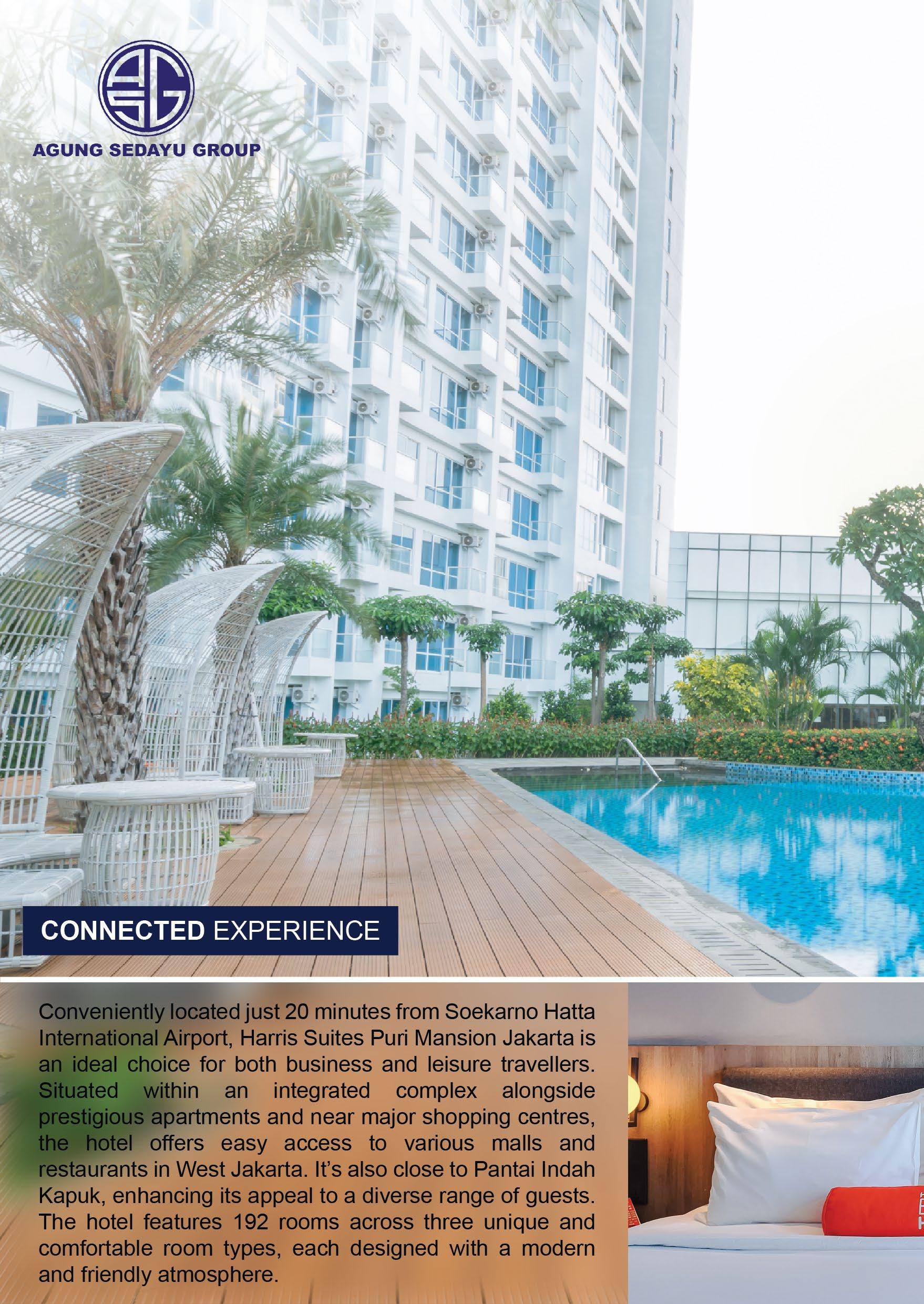

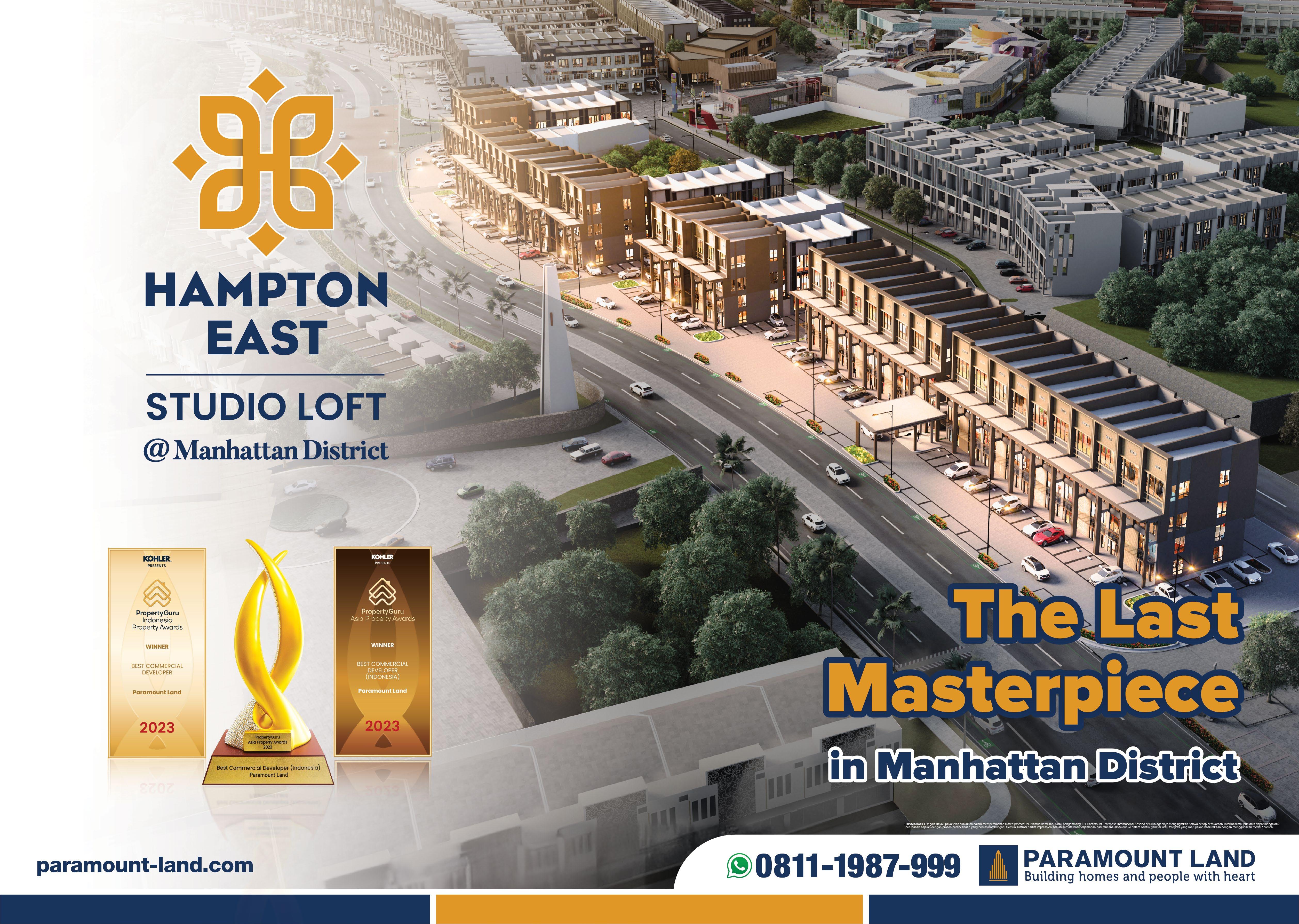

The Zora is a prominent area that offers a concept far beyond expectations, including 27 magnificent facilities to indulge all residents, and also exudes a prestigious residential.
The last cluster, Kanade providing a luxury semi furnished house with premium specification valued up to 70.000 USD. From imported marble to Low E-Glass, Kanade offers the most harmonious living located in BSD City, Indonesia.
With its outstanding achievements, Kanade is now ready to welcome buyers to begin moving into their new homes in 2024. Join us in this exciting journey and make Kanade your new home today.


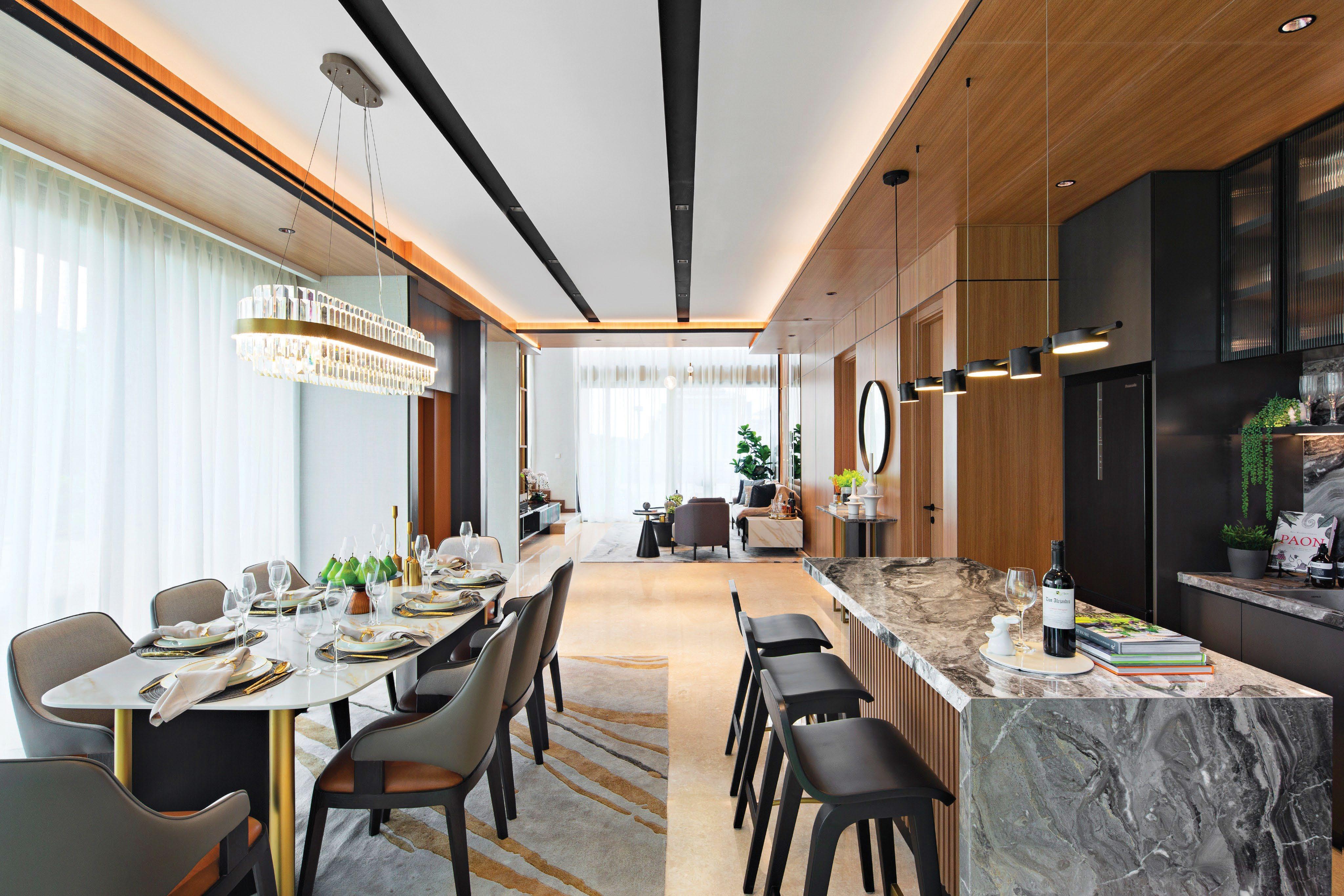



Developed By












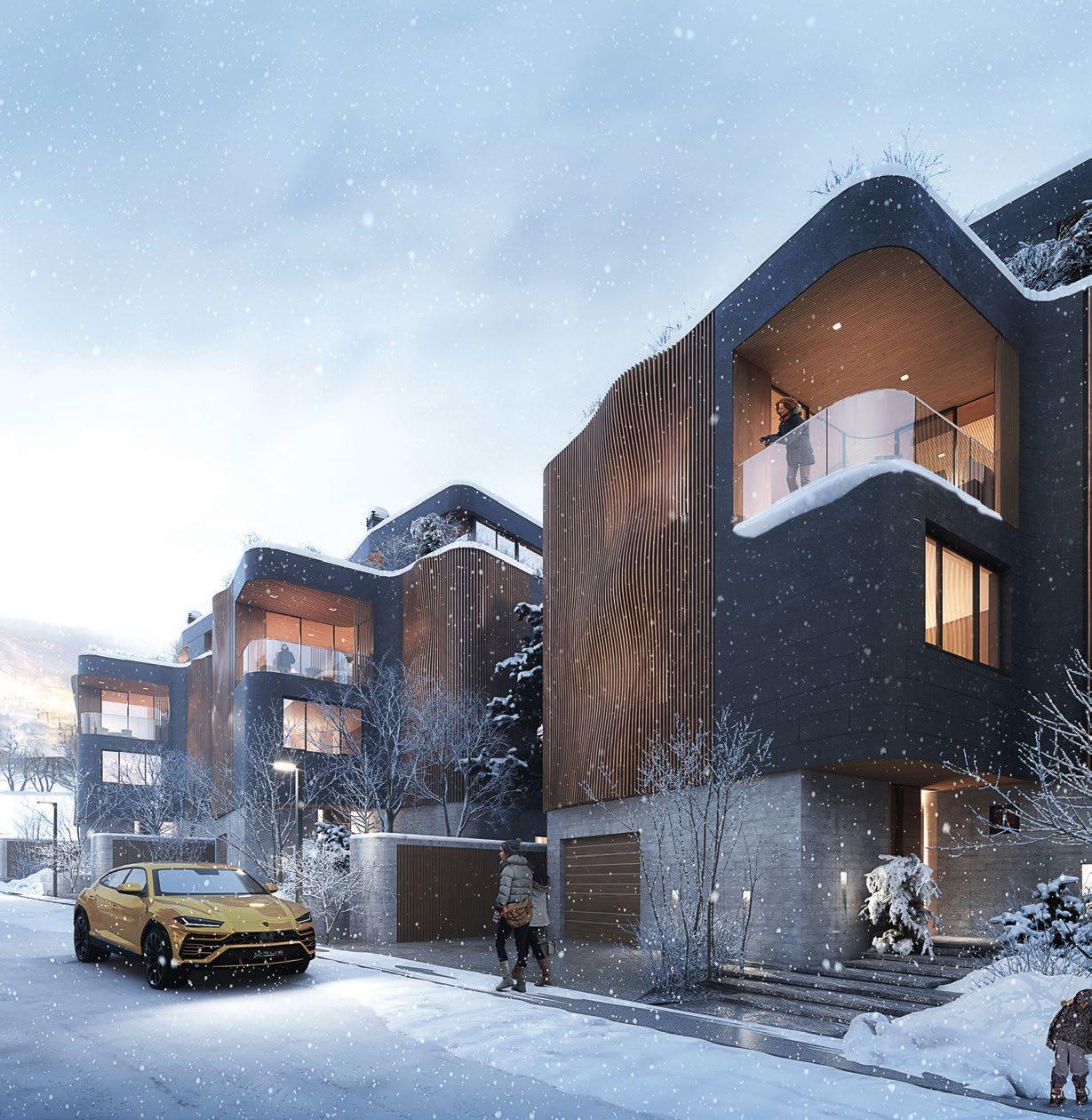












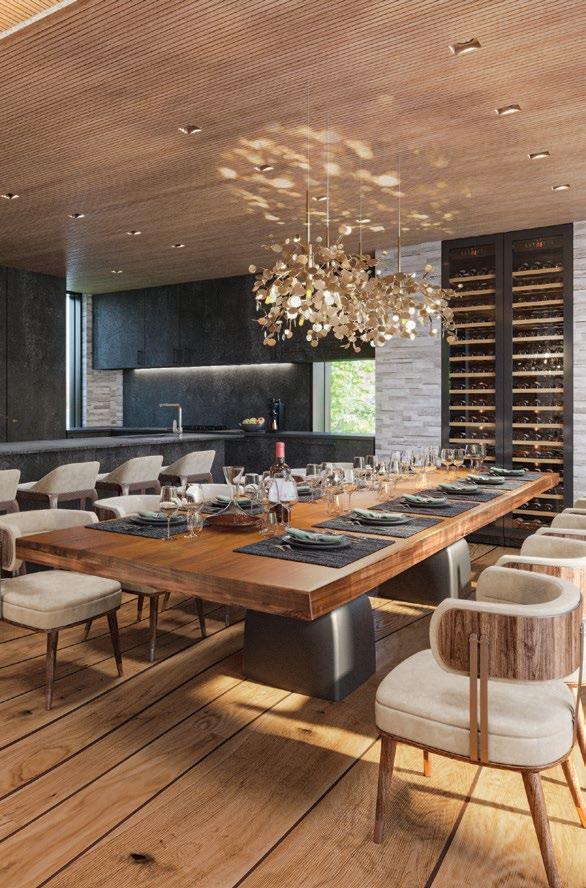










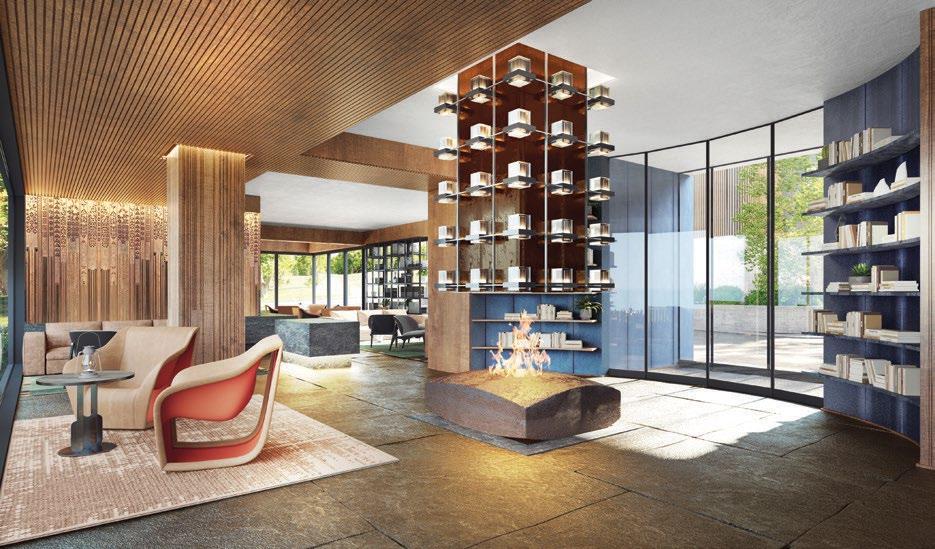



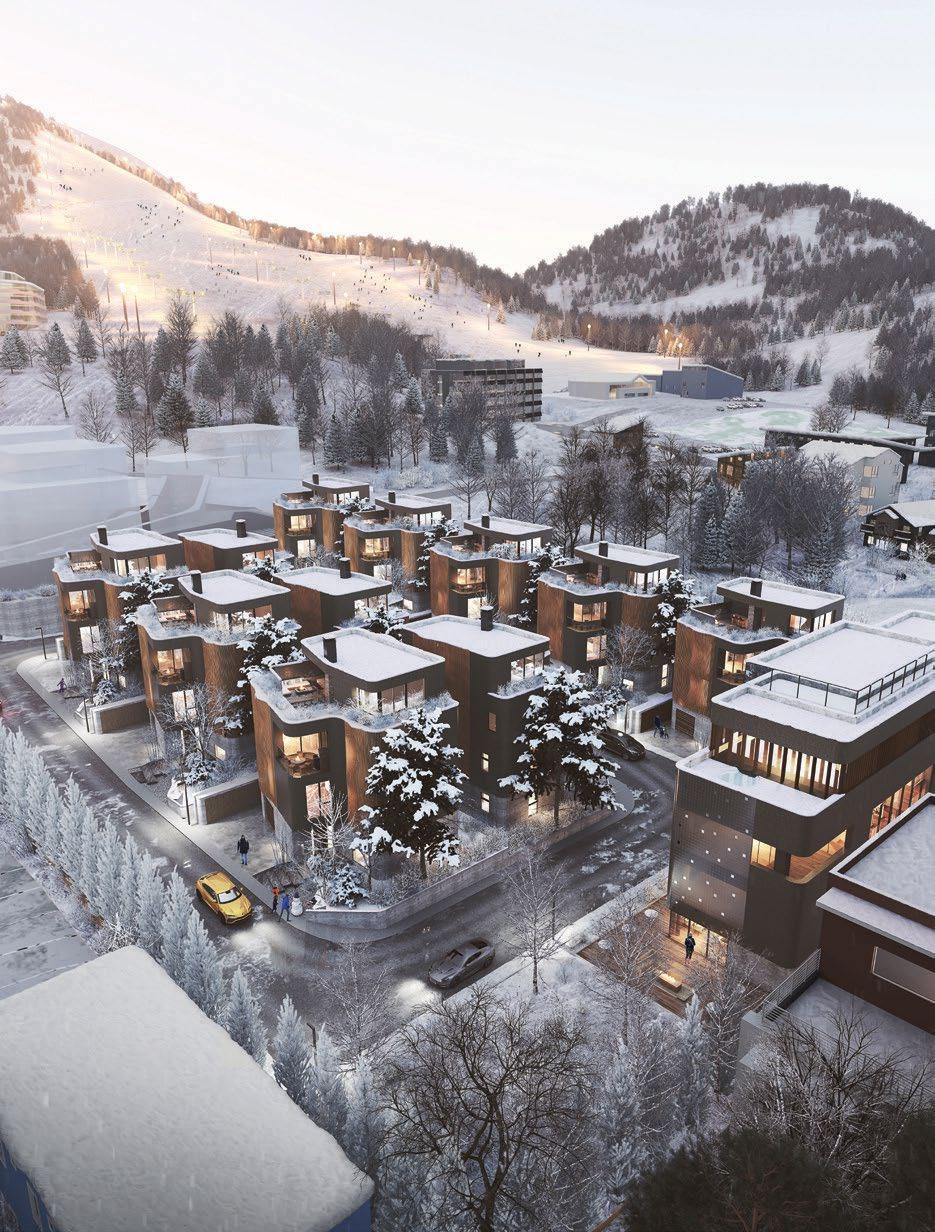
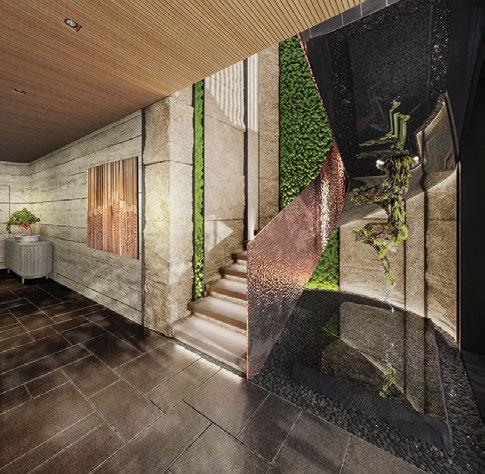



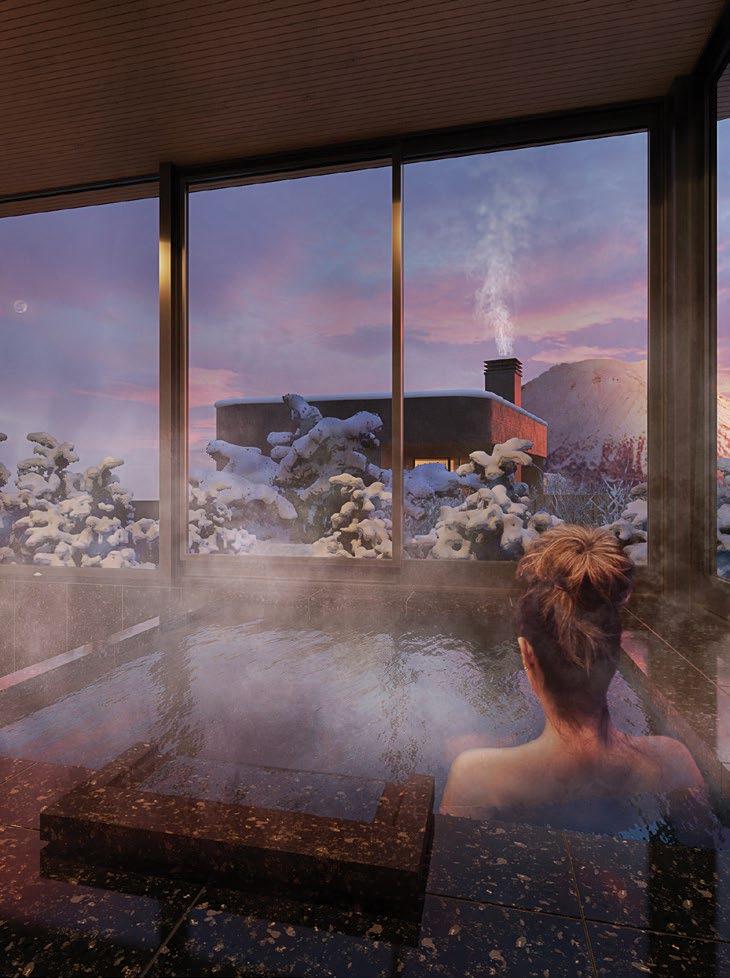
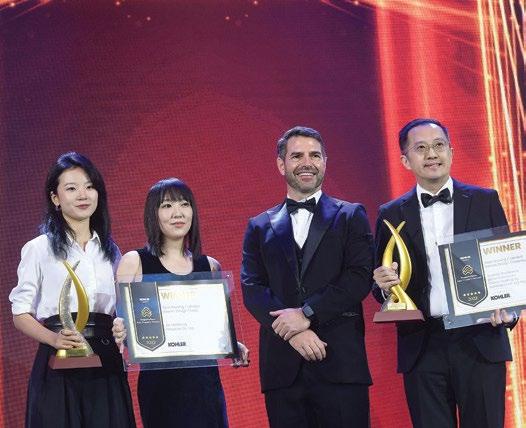

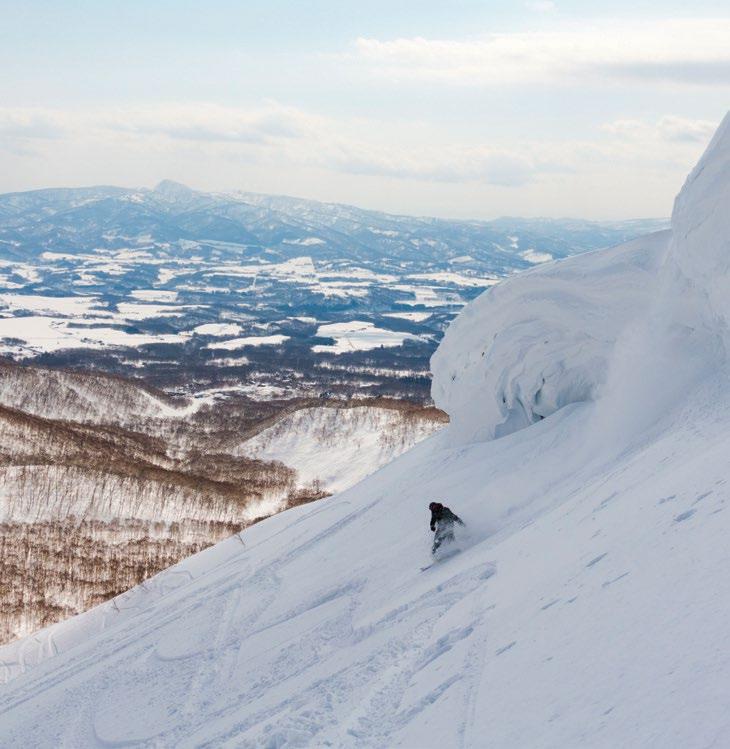



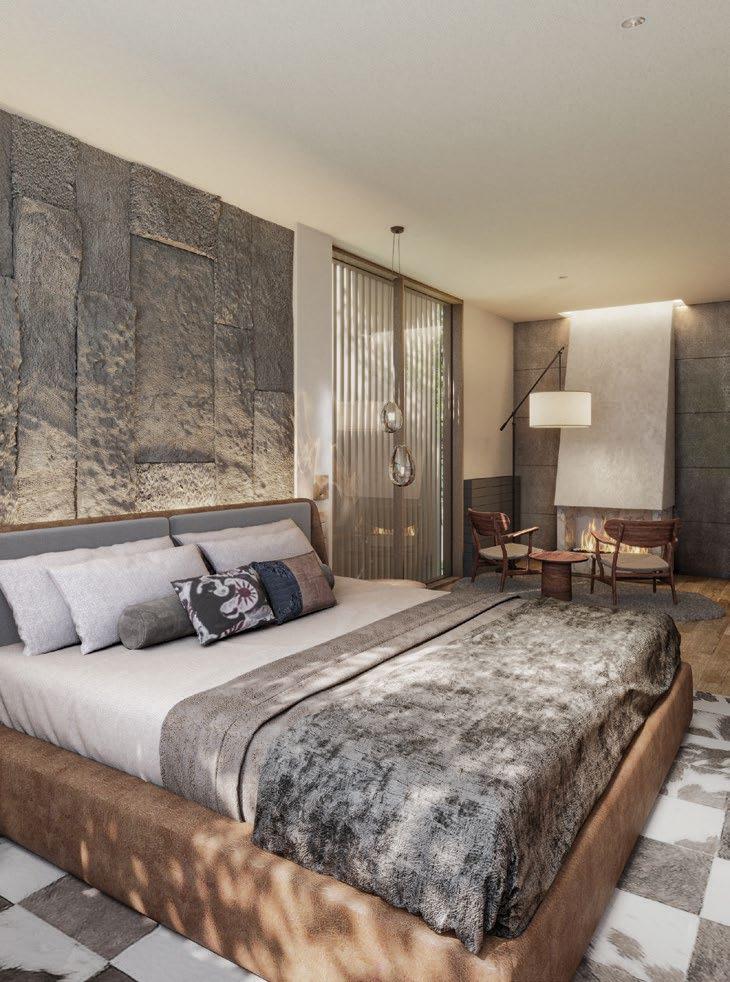



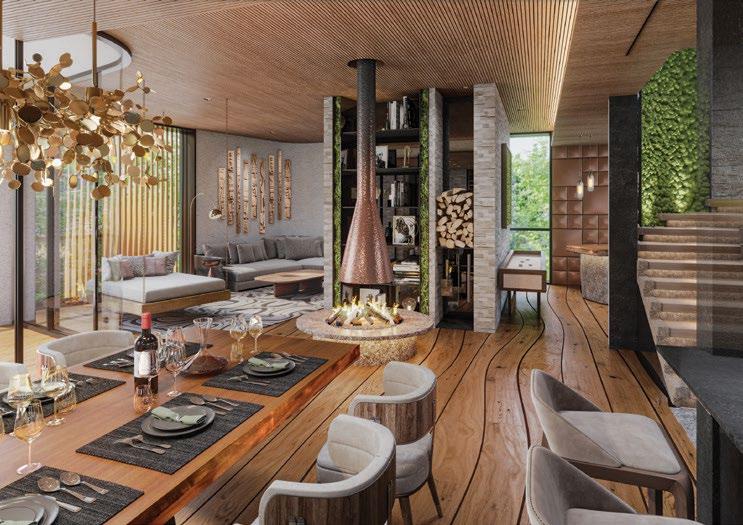


The multiple award-winning condominium in ParkCity Hanoi Masterplan Township.
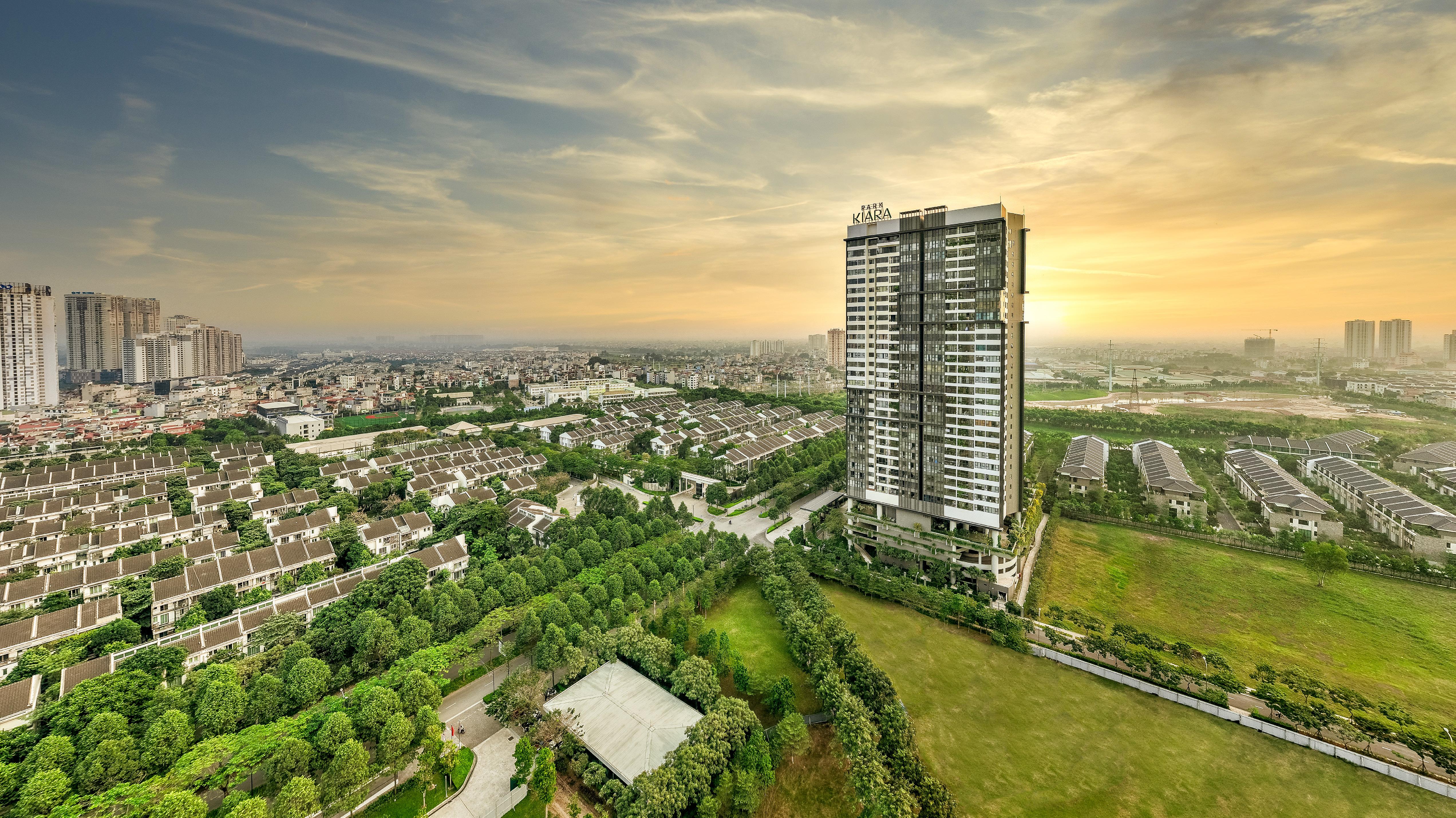
Park Kiara (2023) WINNER 2023

BEST COMPLETED CONDO DEVELOPMENT (ASIA)

BEST COMPLETED CONDO DEVELOPMENT (VIETNAM)
BEST CONDO LANDSCAPE DESIGN (VIETNAM)

Introducing Park Kiara, where living goes beyond the ordinary. Envisioned on the principles of New Urbanism, this development redefines urban living in Hanoi. Comprising two 31-storey towers with a total of 432 units, Park Kiara stands as a beacon of sustainable living and community harmony.
With unit sizes ranging from 60.49sqm to 232.96sqm, each residence is thoughtfully designed, featuring full-height windows that welcome abundant natural light and ventilation. The meticulously crafted layouts ensure multiple views, capturing the serene beauty of surrounding parks and cityscapes.
Park Kiara o ers more than just a home; it provides a rare convenience with allocated car-parking bays, a coveted feature in Hanoi's high-rise residences. On the 4th level, residents can enjoy a resort-style facility deck, seamlessly extending the comfort of home.
Tailored amenities and services cater to residents of all walks of life, promising a unique living experience in Hanoi. Park Kiara embodies the essence of wholesome living, where innovation meets tranquility. Welcome to a new era of urban sophistication.
PUBLISHING
Publisher / General Manager
Jules Kay
Associate Publisher / Head of Brand & Marketing
Richard Allan Aquino
Publishing Assistant / Marketing Relations Manager
Tanattha Saengmorakot
EDITORIAL
Editor
Duncan Forgan
Deputy Editor
Al Gerard de la Cruz
Digital Editor
Gynen Kyra Toriano
Editorial Contributors
Liam Aran Barnes, Bill Charles, Steve Finch, George Styllis, Jonathan Evans
CREATIVE & MARKETING
Head of Creative
Ausanee Dejtanasoontorn (Jane)
Senior Graphic Designer
Poramin Leelasatjarana (Min)
Digital Marketing Executive
Anawat Intagosee (Fair)
Senior Manager, Media & Marketing Services
Nate Dacua
Senior Executive, Media & Marketing Services
Piyachanok Raungpaka
Senior Product Lifecycle & Brand Manager
Marco Bagna-Dulyachinda
REGIONAL SALES & DISTRIBUTION
Director of Sales
Udomluk Suwan
Head of Regional Sales
Orathai Chirapornchai
Australia
Watcharaphon Chaisuk
Cambodia
Phumet Puttasimma
China (Mainland, Hong Kong, Macau)
Kai Lok Kwok
Yiming Li
India & Australia
Monika Singh
Indonesia
Wulan Putri
Malaysia
June Fong
Jess Lee
Philippines
Marylourd Pique
Maria Elena Sta. Maria
Singapore
Alicia Loh
Thailand
Kritchaorn Rattanapan
Vietnam
Nguyen Tran Minh Quan
Sponsorships
Priyamani Srimokla
Distribution Manager
Rattanaphorn Pongprasert
General Enquiries
awards@propertyguru.com
Advertising Enquiries petch@propertyguru.com
Distribution Enquiries ying@propertyguru.com
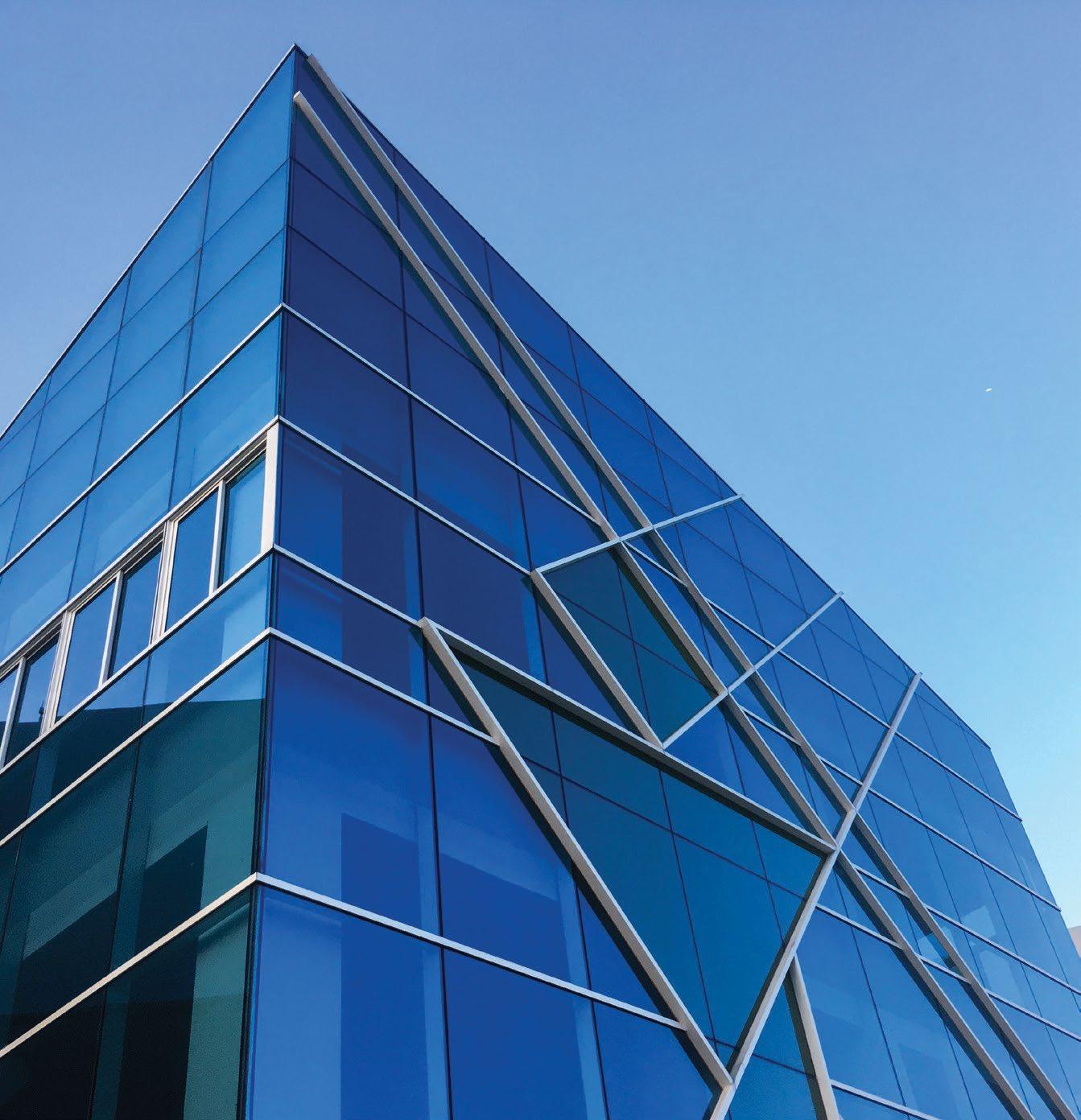

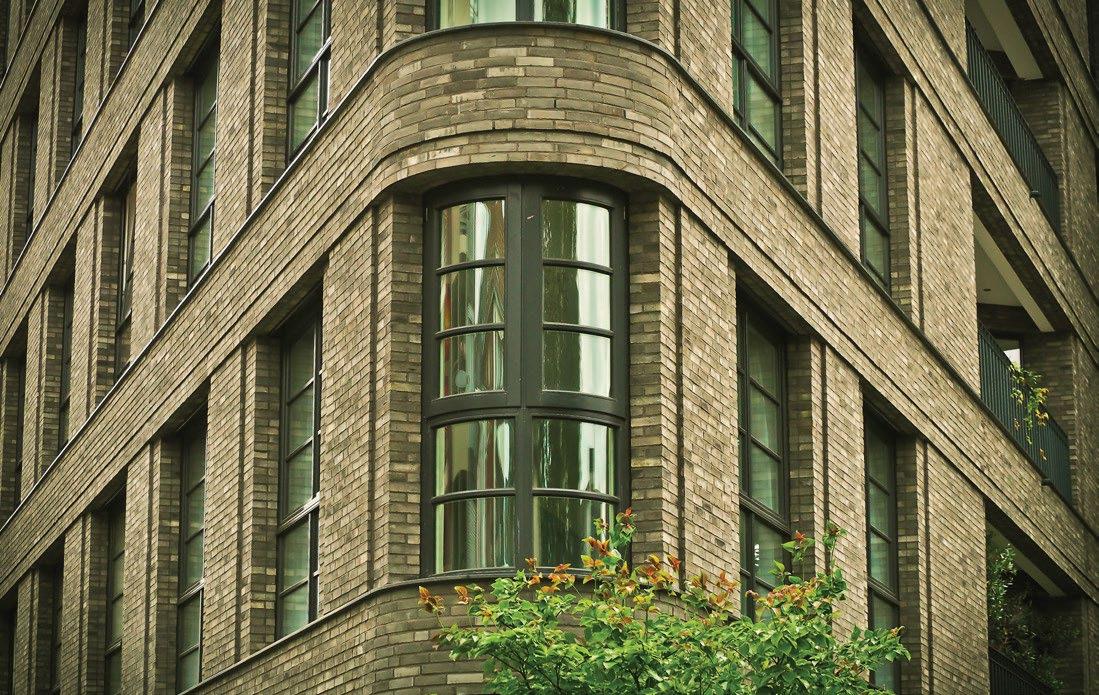
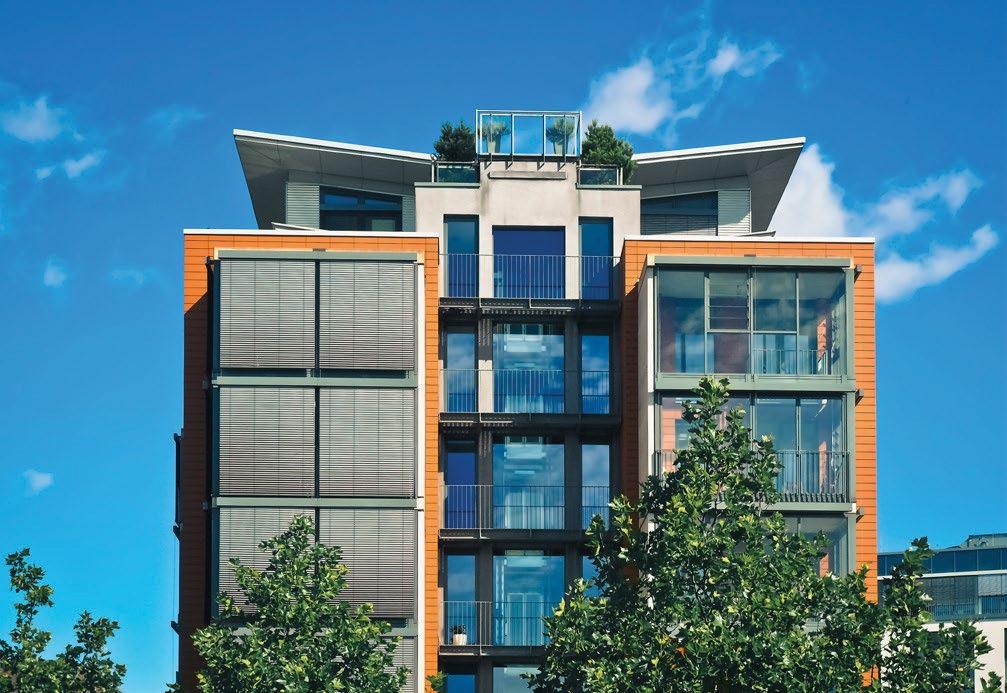
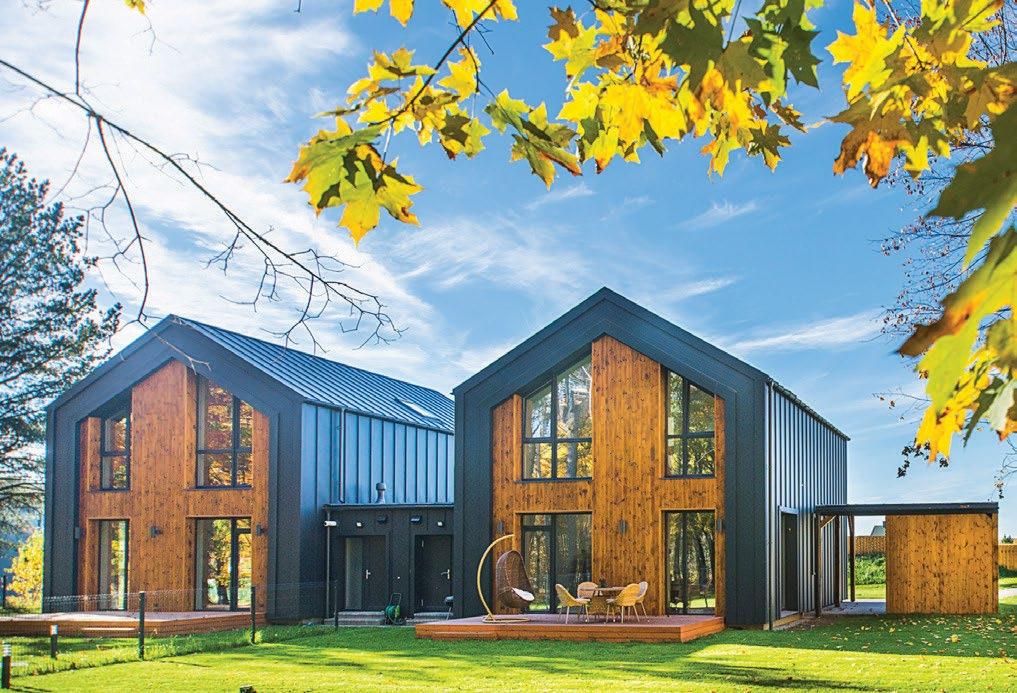




Asia continues to adopt the haunting tradition of Halloween with festively spooky décor

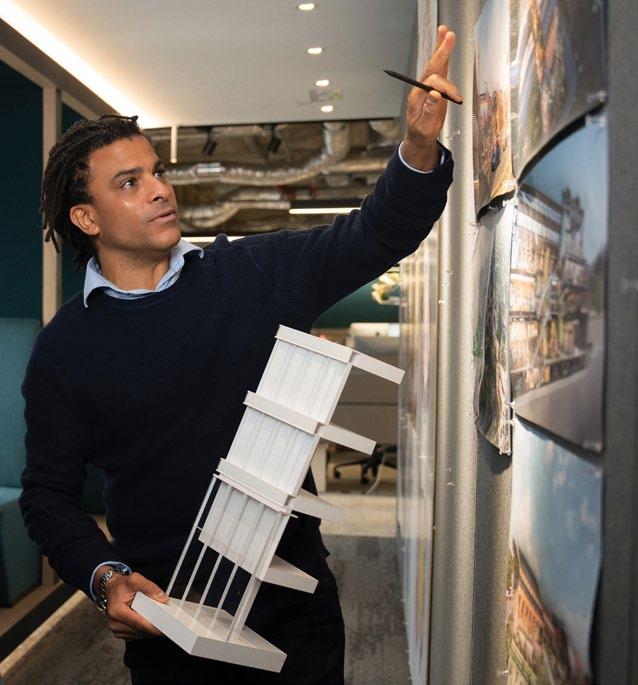
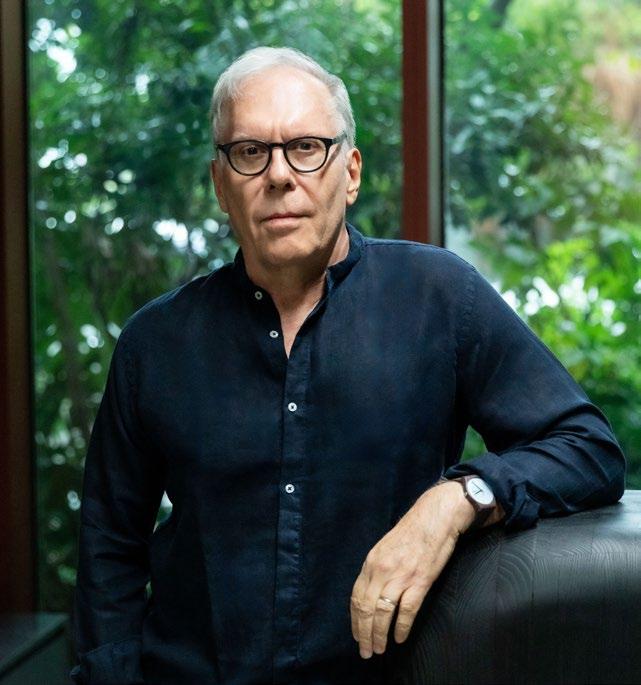
David Buffonge, the cofounder of Hong Kong-based Lead8, has strong opinions on
Bernardo Fort-Brescia and his design practice Arquitectonica are making a seismic impact in Asia from an HQ in Florida
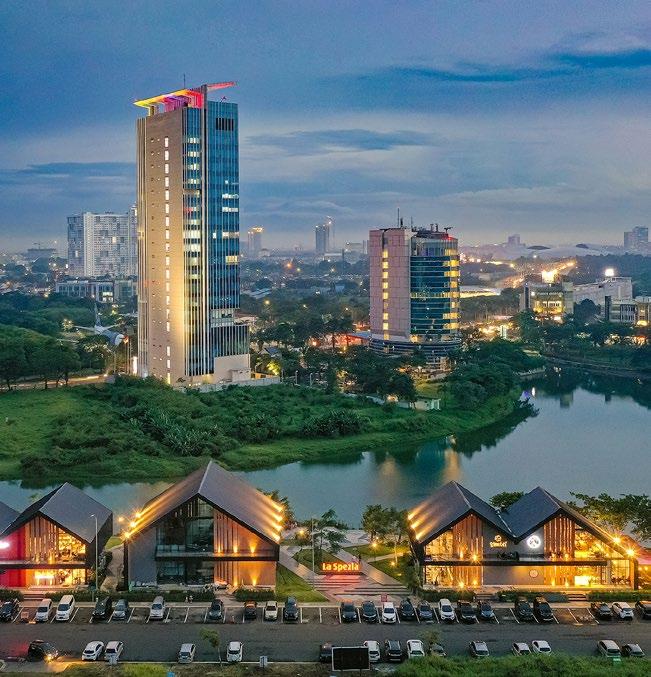

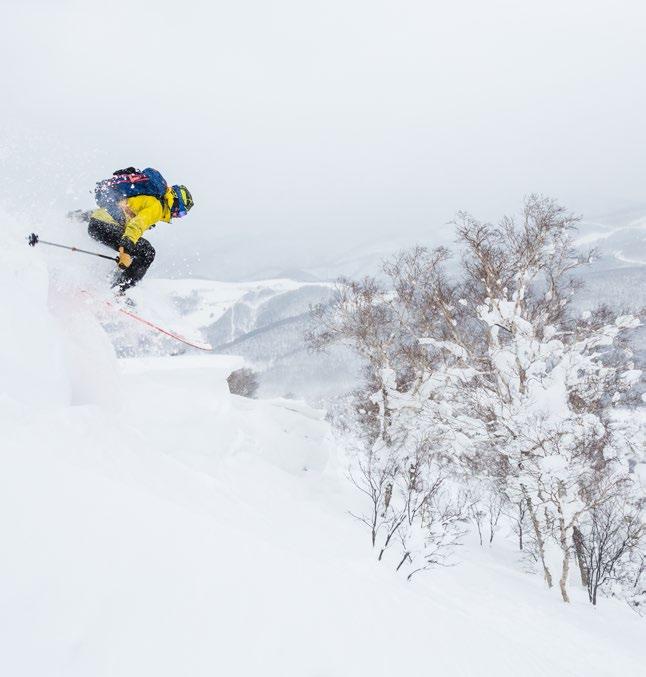
Neighbourhood Watch: Bekasi
One of Greater Jakarta’s rising stars is prospering, thanks to ample recreation and a contingent of desirable housing projects
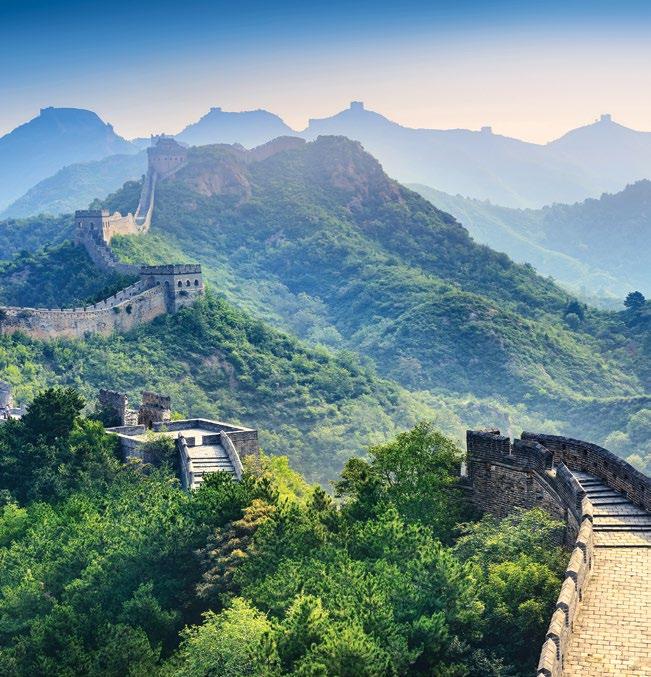
Destination: China
The country’s property slump has been gruelling, but stimulus measures appear to be breathing life into the market
Special Feature: Growing old gracefully
The UAE has picked itself up from the floor to reemerge as a more sustainable, qualitydriven prospect
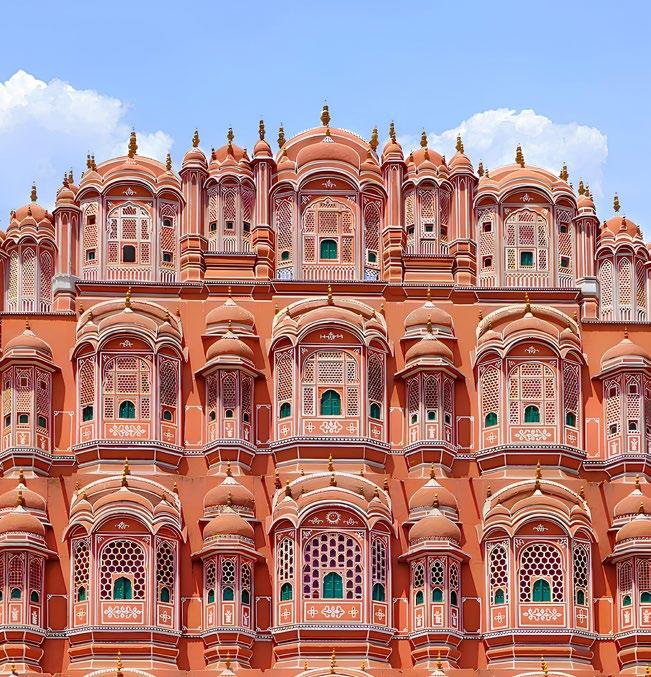
Destination: Niseko
A new era for Niseko’s wintry property market dawns with the sunset of Japan’s negative rates regime
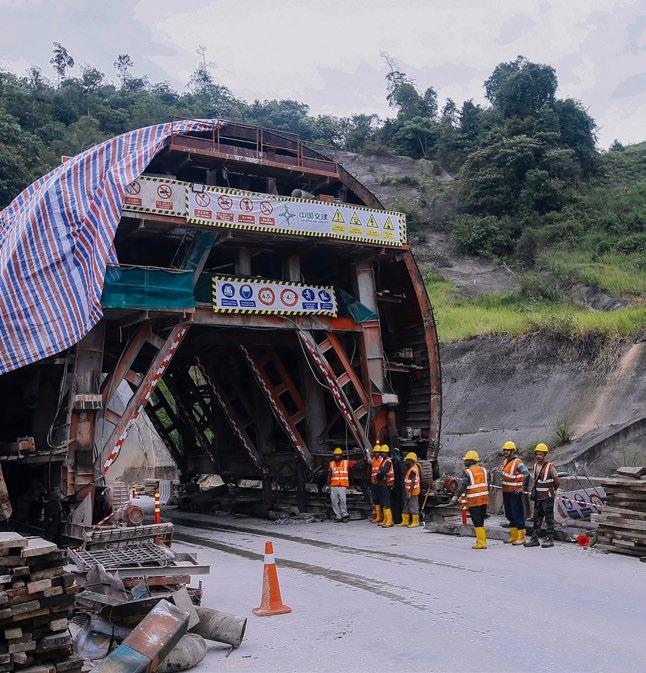
Dispatch: Safe as houses
A coalition led by the strongman prime minister Narendra Modi is looking to consolidate gains in the property market 93
Dispatch: Follow the BRICS road
Thailand and Malaysia are eyeing membership in the bloc of emerging nations
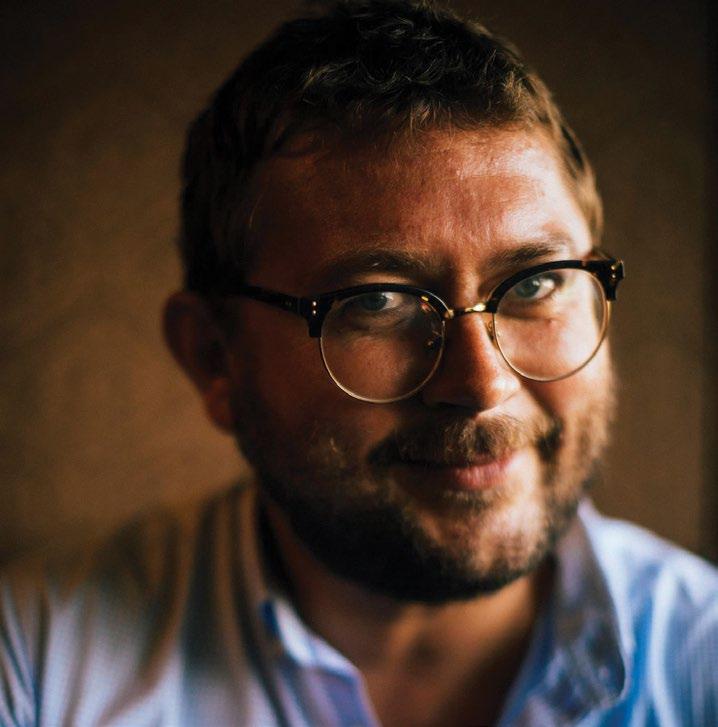
It is testament to our longevity that the definition of an “emerging market” has altered so radically during the life of this publication.
As recently as a few years ago, Asia was full of countries that could easily be classed as being frontier destinations for investors. Things move speedily in this part of the world, and nations that were once considered to be worth a potentially profitable (but somewhat risky) punt have now become part of the real estate mainstream.
As such, we’ve set our sights in this issue to destinations that lie slightly outside our core focus of Southeast Asia. Our special report takes us to the Middle East, a region where Saudi Arabia and the UAE are taking real estate development to new and often barely comprehensible heights.
We cast an eye over China where some positive green shoots of recovery look to be puncturing the gloom that has hung over the country’s real estate sector like grey mist on Beijing winter morning. Hokkaido in Japan, where Niseko continues to be a supercool choice for investors, rounds out the last of our destination reports.
Elsewhere this issue, we head to India to cast an eye on how the real estate scene is shaping up as Prime Minister Narendra Modi’s third term gets in swing, run the rule over one of Greater Jakarta’s star suburbs, and get design insights from top practices Lead8 and Arquitectonica.

Duncan Forgan Property Report duncan@propertyguru.com

Put your best face and voice forward with the latest devices for content creation and vlogging

Podcasters will like the Shure SM7B, which boasts a flat, wide-range frequency response and shields against the electromagnetic hum of nearby devices. This microphone rejects off-axis sound through a cardioid polar pattern and features bass rolloff and mid-range emphasis controls with a graphic display.
USD399, shure.com


Logitech’s Brio webcam captures 4K Ultra HD video, enhanced by RightLight 3 and HDR functions which automatically fix exposure in various lighting conditions. It’s able to fit multiple speakers in one frame through a 5x HD zoom feature.
USD199.99, logitech.com
With great wireless live-streaming capabilities, the Canon Powershot V10 is a dedicated point-and-shoot companion for vloggers on the go. Thanks to ultrawide lens, a flip-up touchscreen, and built-in stand, the Powershot V10 can produce great videos and stills anytime, anywhere.
USD429.99, canon.com
The Panasonic Lumix GH7 mirrorless camera packs many features for professional videographers, including a 25.2M BSI CMOS sensor and a wide range of frame rates and cinematic colour profiles. It even features 32-bit float recording, removing the need to adjust the sound recording level during filming.
USD2,199.99, panasonic.com


The Zhiyun-Tech CRANE-M3 is a versatile stabiliser, compatible with various devices and capable of performing moves like the 360° pan, 309° tilt, and 333° roll. It features an OLED display, dual colour temperature fill light, and powerful motor torque for capturing unshaky footage.
USD369, zhiyun-tech.com
Cook up something beautiful for your kitchen with these great furniture pieces

Food preparation is enjoyable on the Costway kitchen island, offering a stainless-steel countertop, spacious drawers, and multiple shelves, plus a towel rack and spice storage. Its five smooth-rolling wheels ensure easy mobility around the kitchen while brakes provide stability during use.
From USD420, costway.com
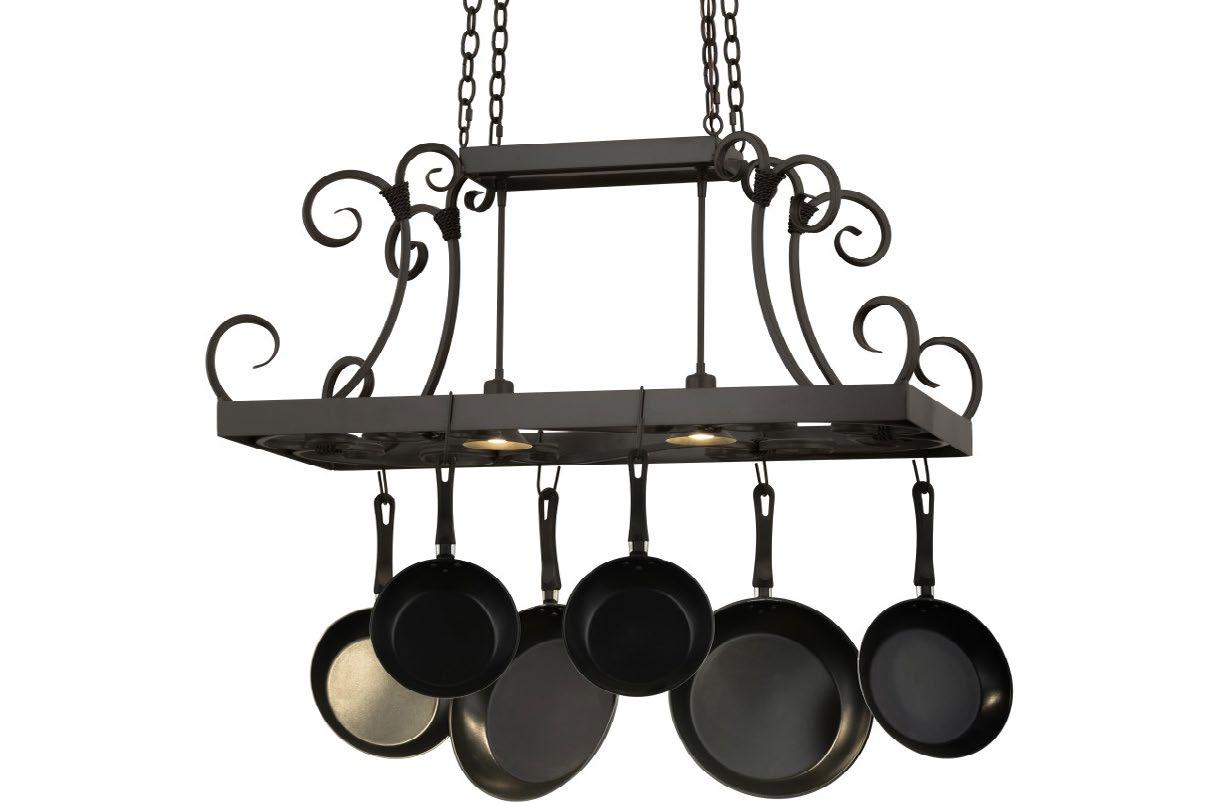
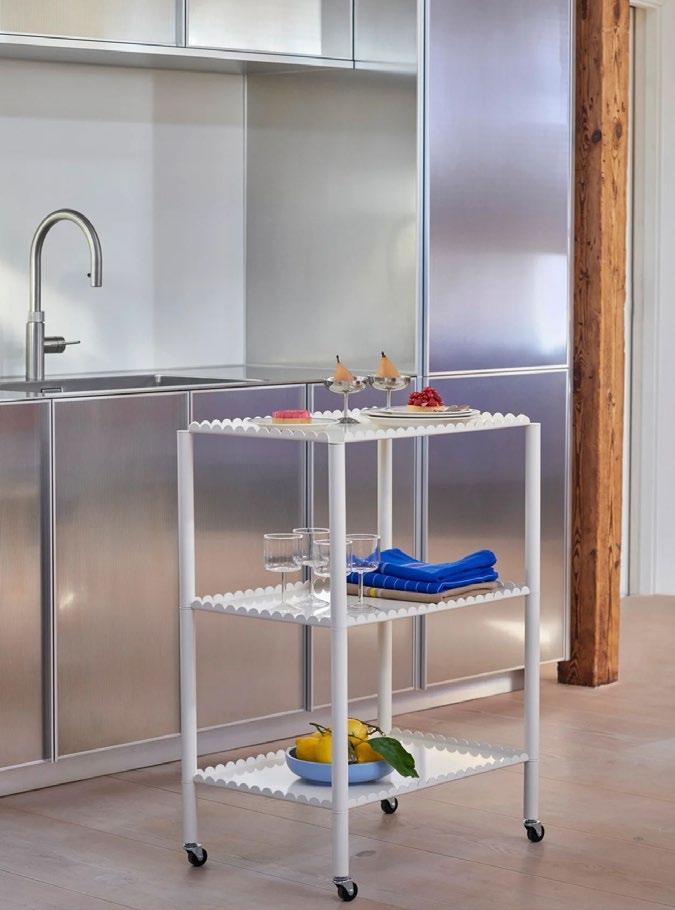
With scalloped edges and colours ranging from auburn red to navy, the Arcs Trolley is a fashionable kitchen companion. Designed by Belgian duo Muller Van Severen, this stainless-steel cart comes with two to three shelves and stands on slim legs mounted on castors.
USD545, hejhay.de
Hanging pots is an art, but the Caiden rack by Meyda looks like an artpiece with its scroll accents and Gilded Tobacco finished frame. It not only displays your cookware but also illuminates it with faux amber candle lights and two downlights for added functionality.
From USD5,700, meyda.com
The Artemis bar stool, part of the Williston Forge collection, imbues a retro-industrial charm into any kitchen with its copper finish and tripod base, including a footrest. This backless, Indian-made seat is truly a striking, stylish blend of ruggedness and durability.
GBP220,wayfair.com
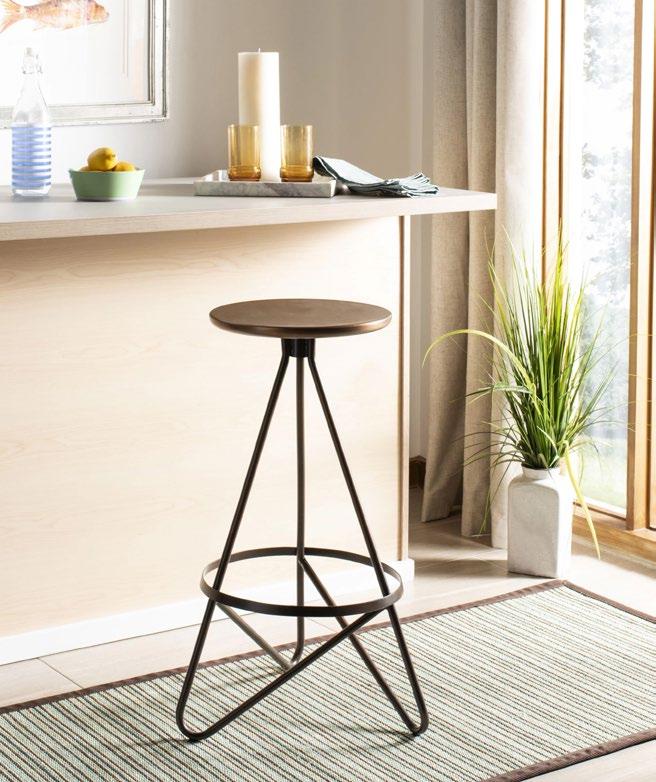
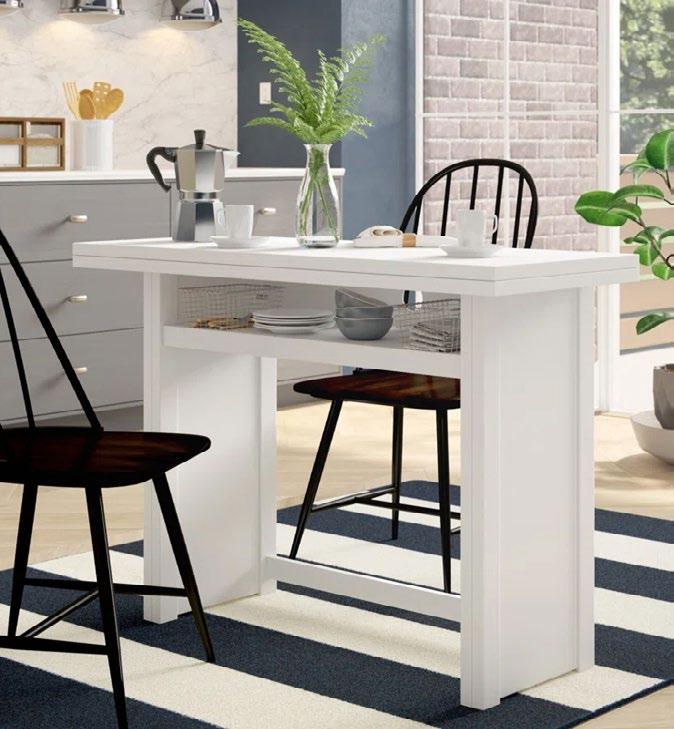
Made of manufactured wood with birch and rubberwood veneers, Latitude Run’s Washam extendable table combines multifunctionality with sleek design. It is a compact trestle-based desk one minute and a spacious dining table the next, a great addition to narrow kitchens.
From USD329.99, wayfair.com
From cosy homes to thrilling theme parks, Asia continues to adopt the haunting tradition of Halloween with festively spooky décor

Pry your favourite drink from the cold, dead hands of the Wine Bottle High Gloss Halloween Resin Holder by Hyde & EEK! Boutique. A macabre twist to your usual bottle holder, it’s shaped like skeleton hands, with a flat base for easy placement on surfaces.
USD15, target.com


Ikea has finally gotten into the spirit of Samhain with its Kustfyr collection, which includes this gothic batteryoperated LED wreath. With a LED life of approximately 25,000 hours, the wreath makes for elegantly eerie mood lighting, whether indoors or outdoors.
USD21.99, ikea.com
Lego has released a set inspired by The Sanderson Sisters, complete with figurines of the weird trio and other Hocus Pocus characters. From its bubbly cauldron to its “smoky” chimney and water wheel, this miniature cottage may just put a spell on fans.
USD230, lego.com
If you like Halloween sans fire hazards, hang up Pottery Barn’s floating candle string lights. These black plastic tapers appear to levitate, making them an enchanting source of illumination for parties. The lights can be remote-controlled or set to switch off with a timer.
USD149, potterybarn.com


Squash worries away with drinks from WilliamsSonoma’s pumpkin punch bowl, which comes with six matching gold-rimmed cups. Crafted from mouth-blown glass, this gold-stemmed bowl, complete with a pressed glass lid, can hold up to nine quarts of your favourite beverages.
USD159.95, williams-sonoma.com
Built near the site of an old transformer station, Park Kiara in Hanoi is a repudiation of low-density, cardependent suburban sprawl
BY AL GERARD DE LA CRUZ
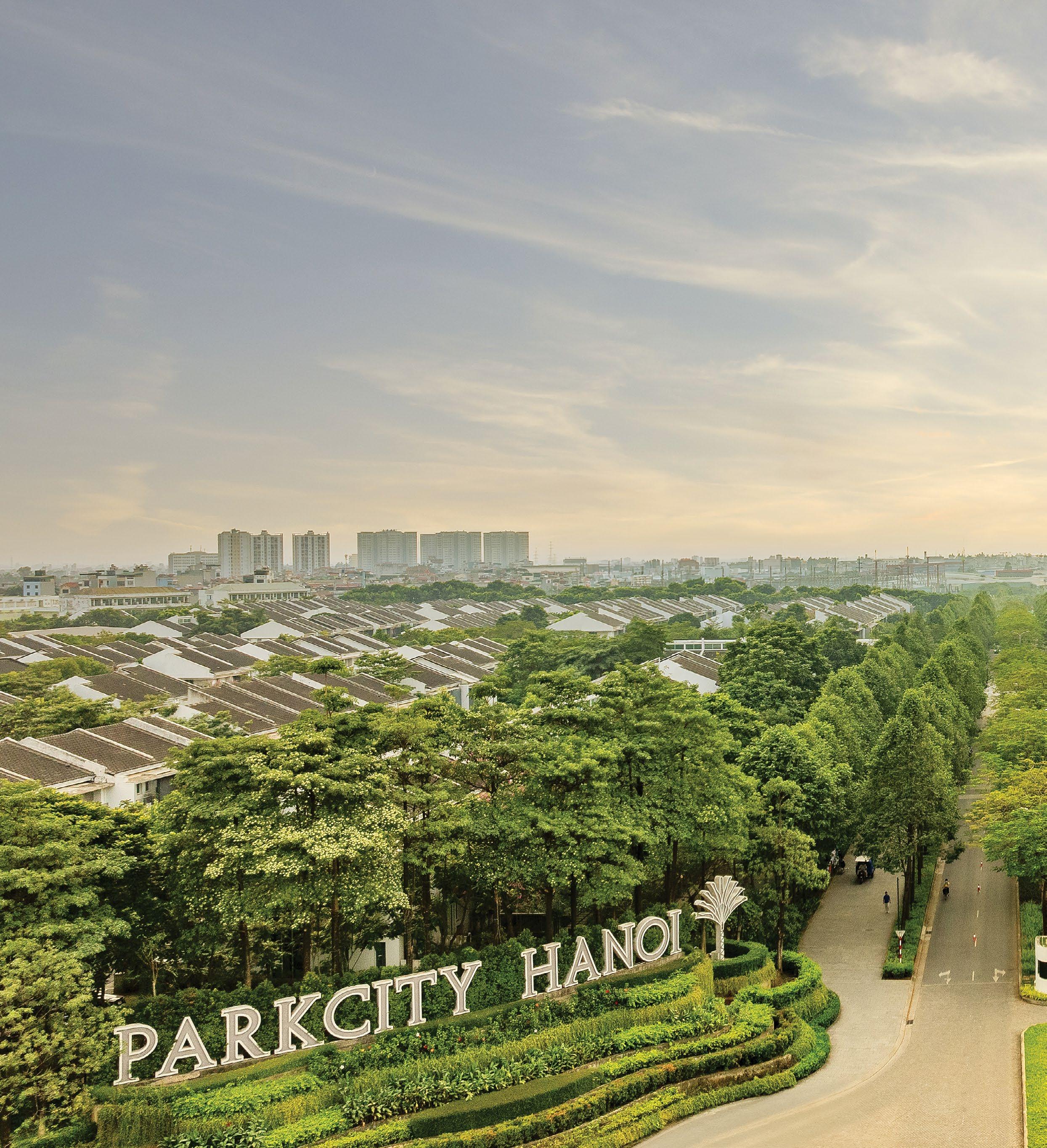
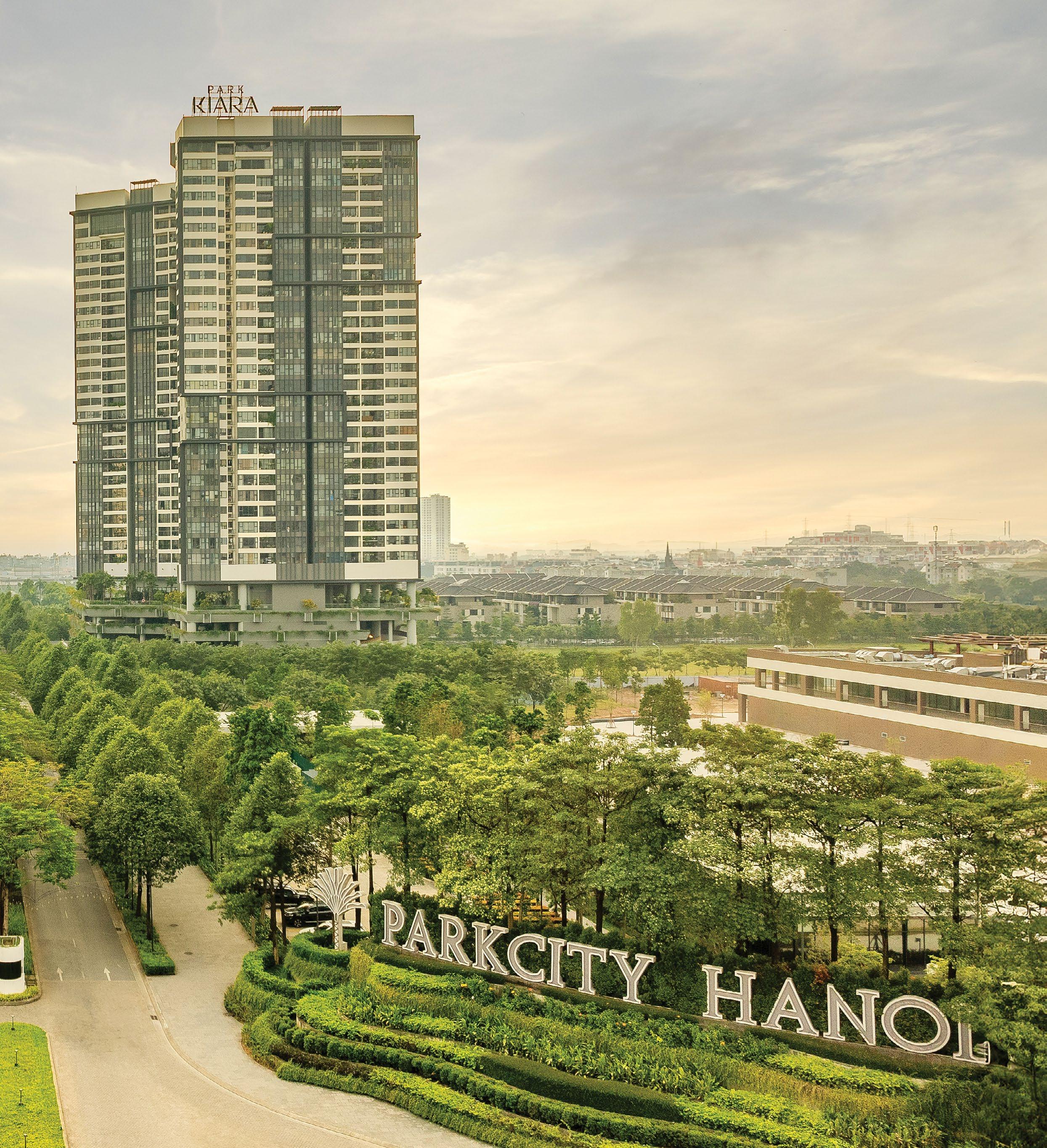
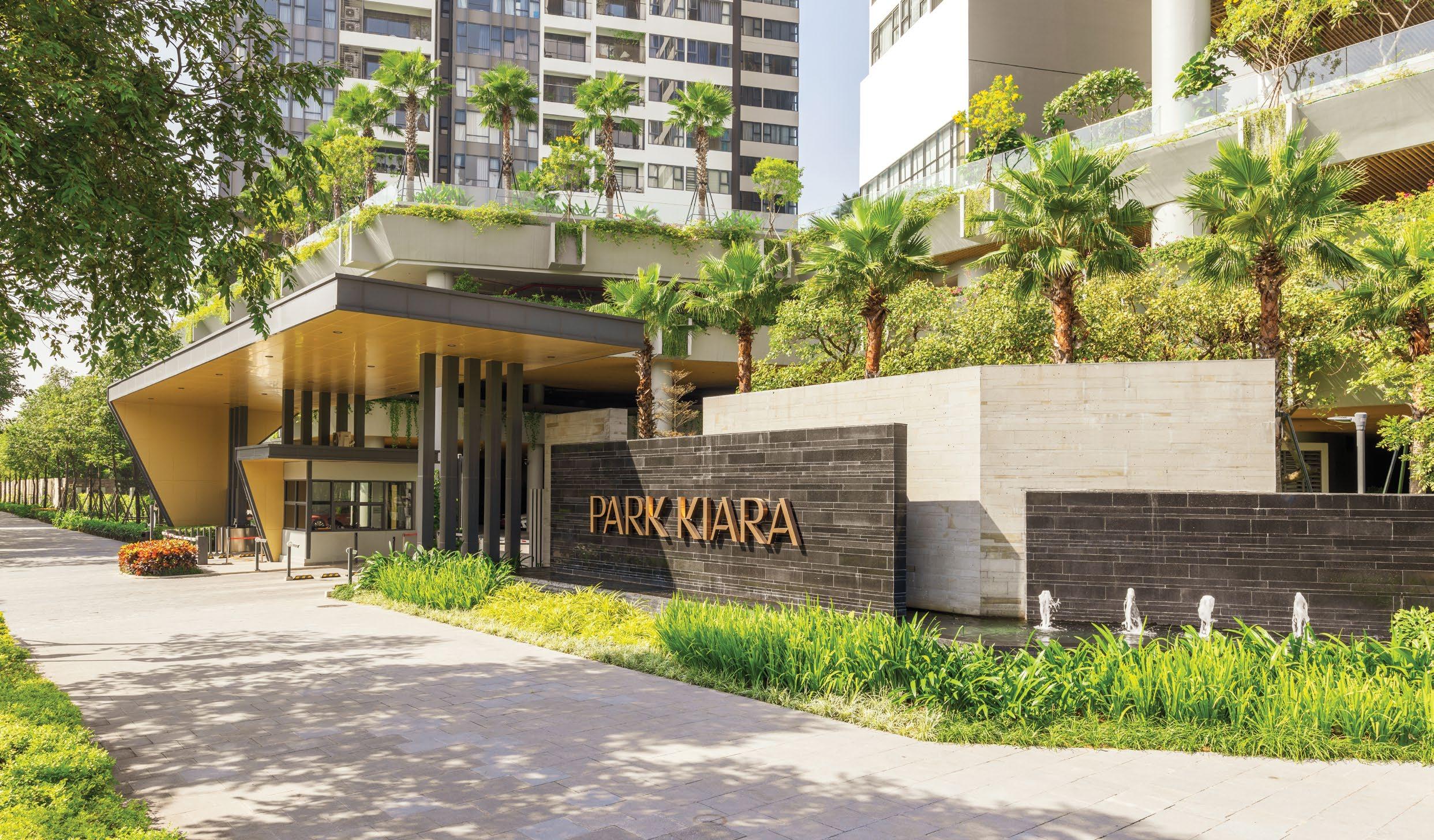
It’s a journey of nearly two thousand miles from Kuala Lumpur to Hanoi, but in the Vietnamese capital, a Malaysian-led vision of urbanisation is taking place.
Rising in Ha Dong District is ParkCity Hanoi, a 77-hectare township designed to replicate the success of the Desa ParkCity development in Bukit Menjalara.
ParkCity Hanoi has been in development since at least 2010, but it was not until recently that it welcomed its first highrise condominiums. Standing 31 storeys tall, the township’s award-winning Park Kiara project houses 432 condominium units in two towers above La Khe Ward in the capital.
Perdana ParkCity Sdn Bhd, a subsidiary of Malaysian logger Samling Timber, identified the 7,301-square-metre site in the late 2000s. The township site at the intersection of Le Van Luong and Le Trong Tan roads caught the eye of Perdana ParkCity CEO Lee Liam Chye as he scouted for locations in Hanoi and Ho Chi Minh City for the group’s first overseas venture.
Local investor Vinaconex-Hoang Thanh JSC was later invited
to visit the Malaysian company’s Desa ParkCity project and “was blown away [by the] booming township,” Lee told the media at the time. Consequently, Vietnam International Township Development JSC (VIDC), a joint venture between Vinaconex-Hoang Thanh JSC and Perdana ParkCity, was formed in 2008, setting the stage for the township.
The area, home to the old Quang Trung Ward power station, was not initially aesthetically pleasing.
“The uniqueness of this project’s location was affected by the transformer station’s dense electrical poles and wires in the south, which were very messy,” recalls Vu Hoai Giang, senior associate of P&T Consultants, the architects behind the project.
The early stages of the project ran into other entanglements, especially those related to site clearance. Residents were ultimately cooperative, and the land was cleared for development into 15 neighbourhoods, each named after a flower.
“Vietnam was our new ground, and we were unclear with
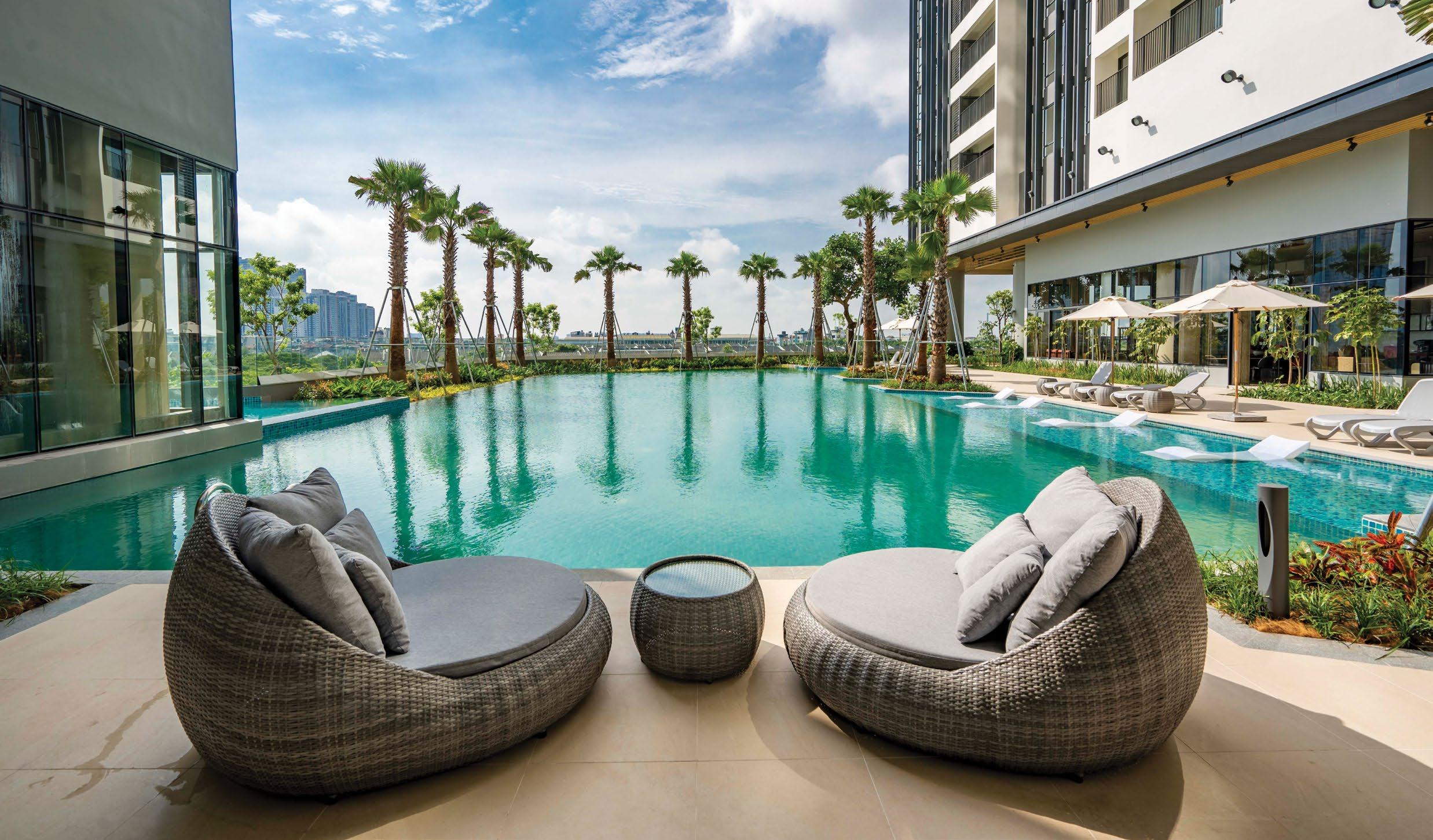
the guidelines,” says Yap Chin Hua, general director of the ParkCity Hanoi project. “Local authority takes a long process to consider and approve any business related to land, investment, and development. However, over the years, we have been blessed with an excellent team we built in Hanoi, and we maintain good communication with the respective authorities.”
The Vietnamese branch of P&T Consultants envisaged Park Kiara, and the wider township around it, as a repudiation of low-density, car-dependent suburban sprawl. Park Kiara internalises this concept, also known as New Urbanism, with its closed residential area featuring a synchronous smart security control system.
“The design pays attention to the smallest living needs of the residential community to provide the most complete common amenities suitable for new activities and lifestyles in modern cities,” explains Vu.
Park Kiara’s interiors, meanwhile, reflect cultural and design influences associated with Paris and New York, according to Kuala Lumpur-based interior design consultancy
Geoffrey Thomas Associates (GTA). These Franco-American references were applied with varying degrees of subtlety and assertiveness on custom built-ins, loose furniture, artworks, and decorative artefacts.
The state-of-the-art kitchen is a highlight, designed with a glass splash-back and integrated appliances, and overlooking rooms and balconies. Larger units feature dry and wet kitchens, with a utility room accessible from the yard.
“The kitchen design is to allow for a very much ‘open’ concept, acknowledging the growing interest and awareness in both local and overseas cuisine, which is seen to be reflective of a more contemporary lifestyle,” says Geoffrey Thomas, managing director and principal of the eponymous design firm.
Adding to interior nods to Hanoi’s French Indochine heritage, Park Kiara includes community activity spaces inspired by traditional Vietnamese villages. The communal room, an open area where residents can socialise while enjoying views of the landscaped garden, is reminiscent of community DESIGNED FOR
THE DESIGN PAYS ATTENTION TO THE SMALLEST LIVING NEEDS OF THE RESIDENTIAL COMMUNITY TO PROVIDE A COMPREHENSIVE RANGE OF COMMON AMENITIES SUITABLE FOR NEW ACTIVITIES AND LIFESTYLES IN MODERN CITIES
EACH HOME AT PARK KIARA FEELS LIKE A CORNER APARTMENT, MAXIMISING VIEWS, DAYLIGHT, AND AIR CIRCULATION, THANKS IN PART TO THE SHREWD USE OF VENTILATION GAPS BETWEEN UNITS
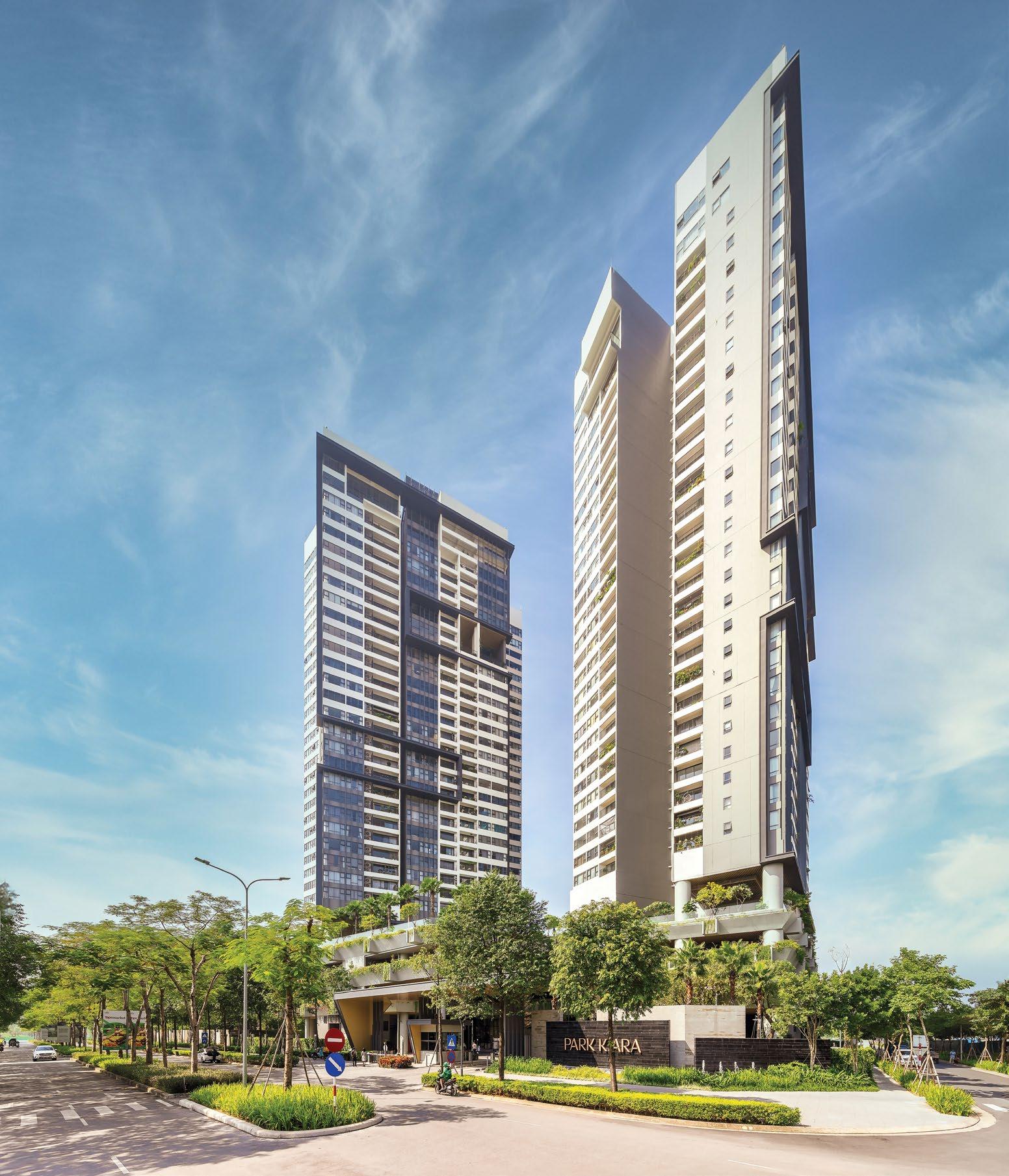
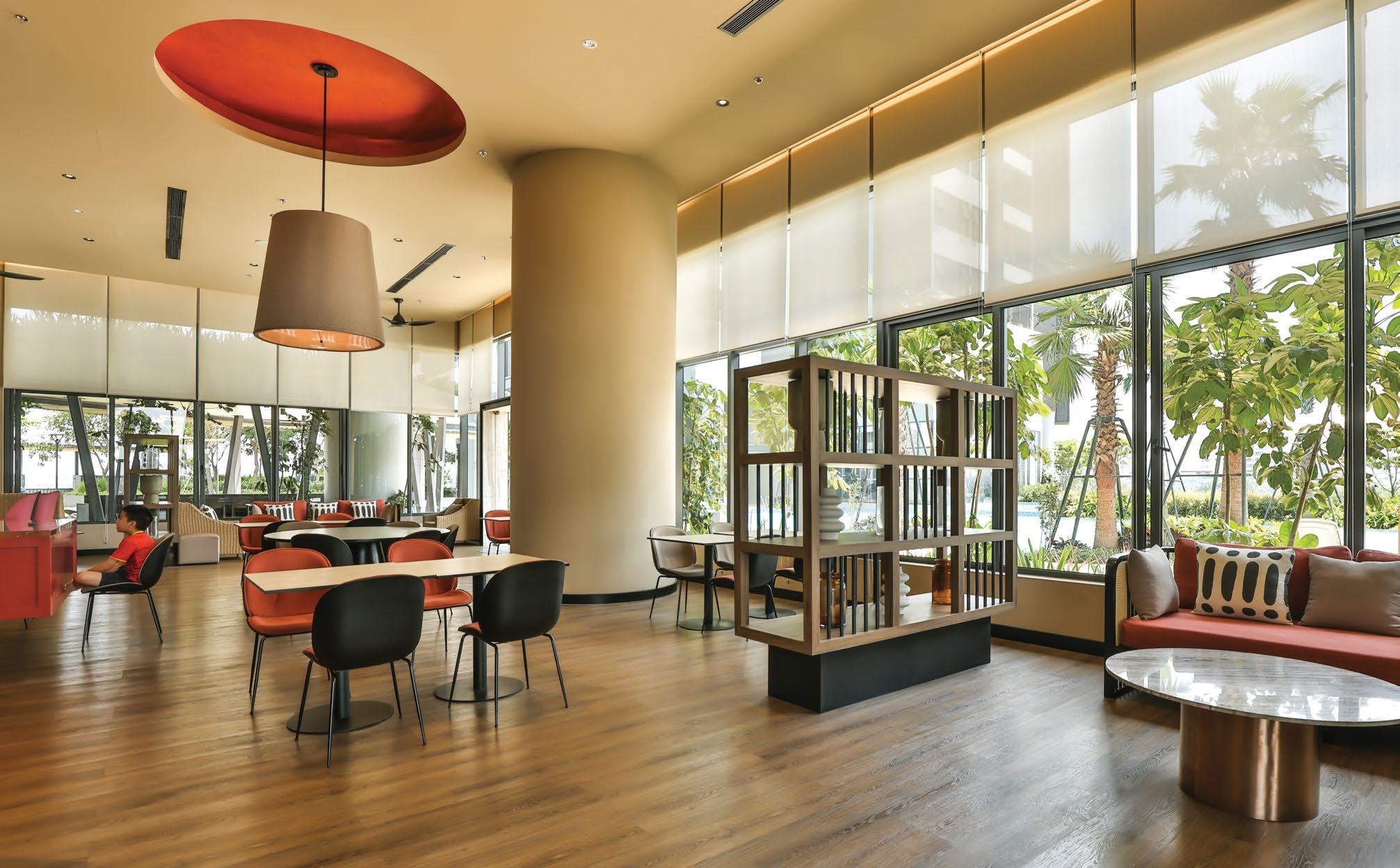
houses in villages. Surrounding this communal space are playgrounds for children and areas for the elderly.
While Park Kiara is geared towards young families and firsttime homebuyers, its amenities are designed with a multigenerational community in mind. A resort-style facility deck, bridging the towers on the fourth level, has pools for all ages and an outdoor fitness area for seniors.
The township itself has ParkCity Club, featuring both indoor and outdoor pools fit for the climate. “Hanoi is a four-season country,” says Yap. “This means we have to have the designs to cater to the community. We learned that a lot of them are landscaping enthusiasts.”
Green spaces are integral to a project named Park Kiara. Architecture firm Site Concepts International (SCI) developed a diverse plant palette for the project, carpeted with 8,770 sqm of landscaping. The team meticulously considered the size, foliage, growth rate, and soil and climate needs of the flora, plus their functional, spatial, and ecological roles, aesthetic contributions, and cultural context.
Ultimately, around 20 species of trees and 43 species of shrubs, creepers, and lawn grasses, including lowmaintenance climbers for the green walls, were selected.
“The landscape efficacy allows varied possibilities of experience for its users,” says Kit Madula, senior landscape architect at SCI. “It becomes more than just a mere space for escape. It becomes an expression of function and an enhanced multi-sensory encounter with the environment.”
Various gardens and landscape features at Park Kiara were designed to represent a gemstone, with geometrical lines rippling around the development. The Dry and Rock Gardens, enhanced by accent plantings and local crafts, were purposefully installed in areas with limited natural light while a focal tree over cascading water provides a sense of arrival for residents. SCI also designed the Palm Islands, emphasising Park Kiara’s tropical influences.
ParkCity Hanoi has weathered various challenges over the years, from the Global Financial Crisis to the crippling pandemic that slowed construction on Park Kiara. The project broke ground in July 2019 and persevered through the pandemic by utilising an advanced aluminium formwork system—an approach that allowed the contractors to complete each floor in just three to five days.
The project plumbed depths of over 40 metres with a largediametre bored pile system, anchoring into rock and gravel. From this stable foundation, P&T Consultants coordinated with structural engineers to design large column spans
THE MEDIA ROOM IS JUST ONE OF THE MANY COMMUNITY-CENTRIC AMENITIES LOCATED ON THE FOURTH-LEVEL DECK
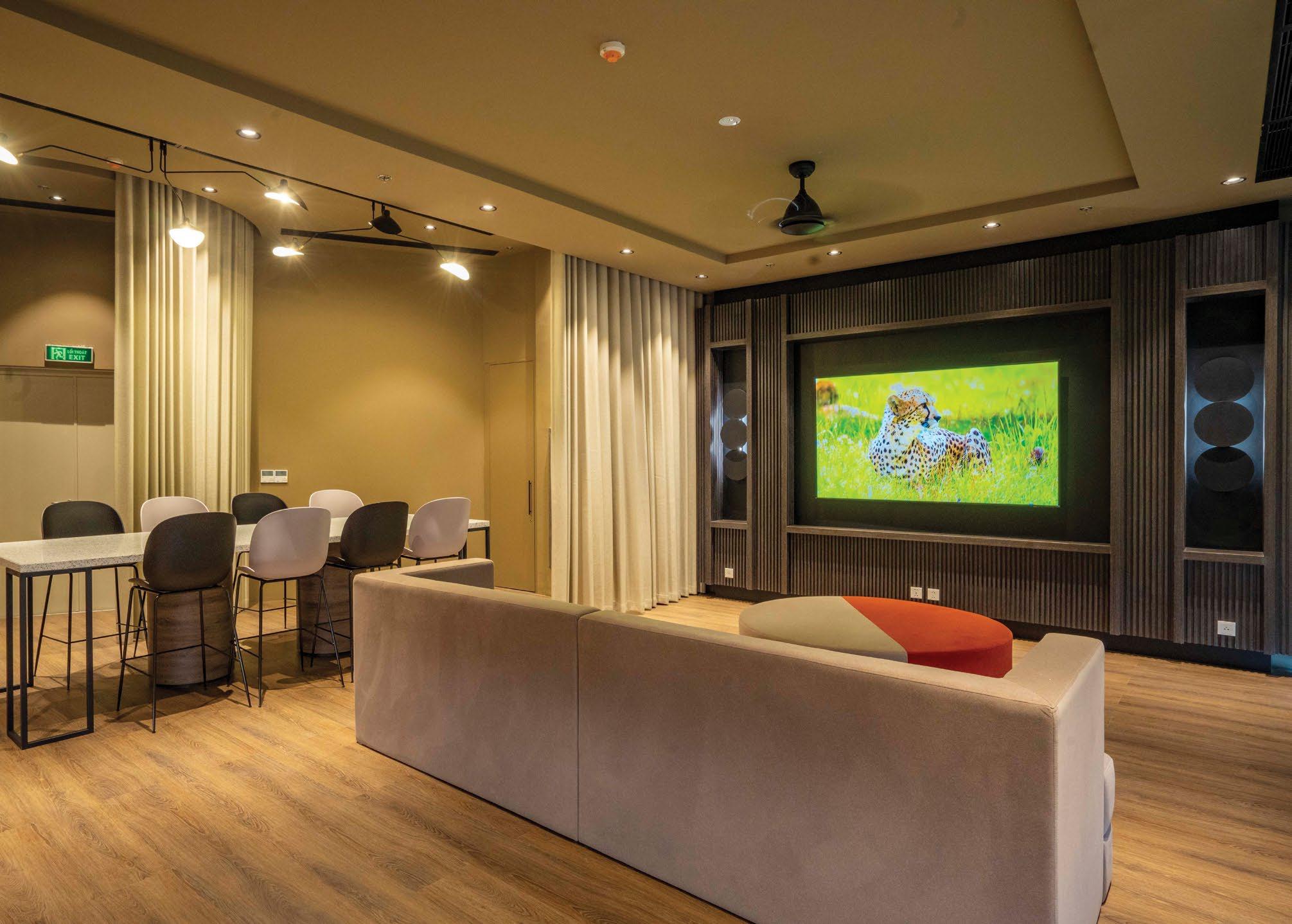
in the basement and podium, optimising spaces in the substructure, especially in parking areas.
The towers’ shear wall structure not only protects against hazardous lateral forces but also allows for flexible apartment layouts. The large-span column structure transitions to the shear wall system at the podium roof, giving way to a transfer floor that meets the necessary load-bearing requirements.
The building blocks were slanted to prevent view obstruction and limit the impact of westward-facing sunlight on the structures. This approach also renders the nearby transformer station’s unsightly power lines almost invisible to residents.
Park Kiara boasts floor-to-floor heights of 3.2 metres but reconciling them with the structural height and technical spaces foisted a challenge on the architects and engineers. As a workaround, the team aimed to achieve a flat-floor design without beams intruding into the main spaces while MEP systems were made to occupy auxiliary spaces like corridors, kitchens, and bathrooms. Lower false ceilings were then used to conceal these systems.
“To achieve this goal, the architect must carefully coordinate all disciplines to utilise technical spaces,” says Vu.
The solution paid off, allowing the main living areas to reach maximum height sans false ceilings. Glass windows also achieved optimal heights from 1.5 to 2.4 metres. Each unit is designed as a corner unit with at least two to three different views, the built-up sizes ranging from 60.49 sqm to 232.96 sqm. Eight to nine units populate each floor.
The towers were finally handed over in August 2022 to much market fanfare. The developer is still pursuing expansion in Vietnam, with both Hanoi and Ho Chi Minh City in their sightlines. It makes for an ongoing learning process, needing them to be attuned to the Vietnamese market from a Malaysian standpoint.
“Much as we are staying true to our brand, we need to be sensitive to the local culture, needs and wants, too,” says Yap. “Our ears are always on the ground and we continue to listen to the buyers.”
MANY AMENITIES AT PARK KIARA, SUCH AS THIS FLOATING GYM, PROVIDE AVENUES FOR FITNESS AMONG RESIDENTS OF ALL AGES
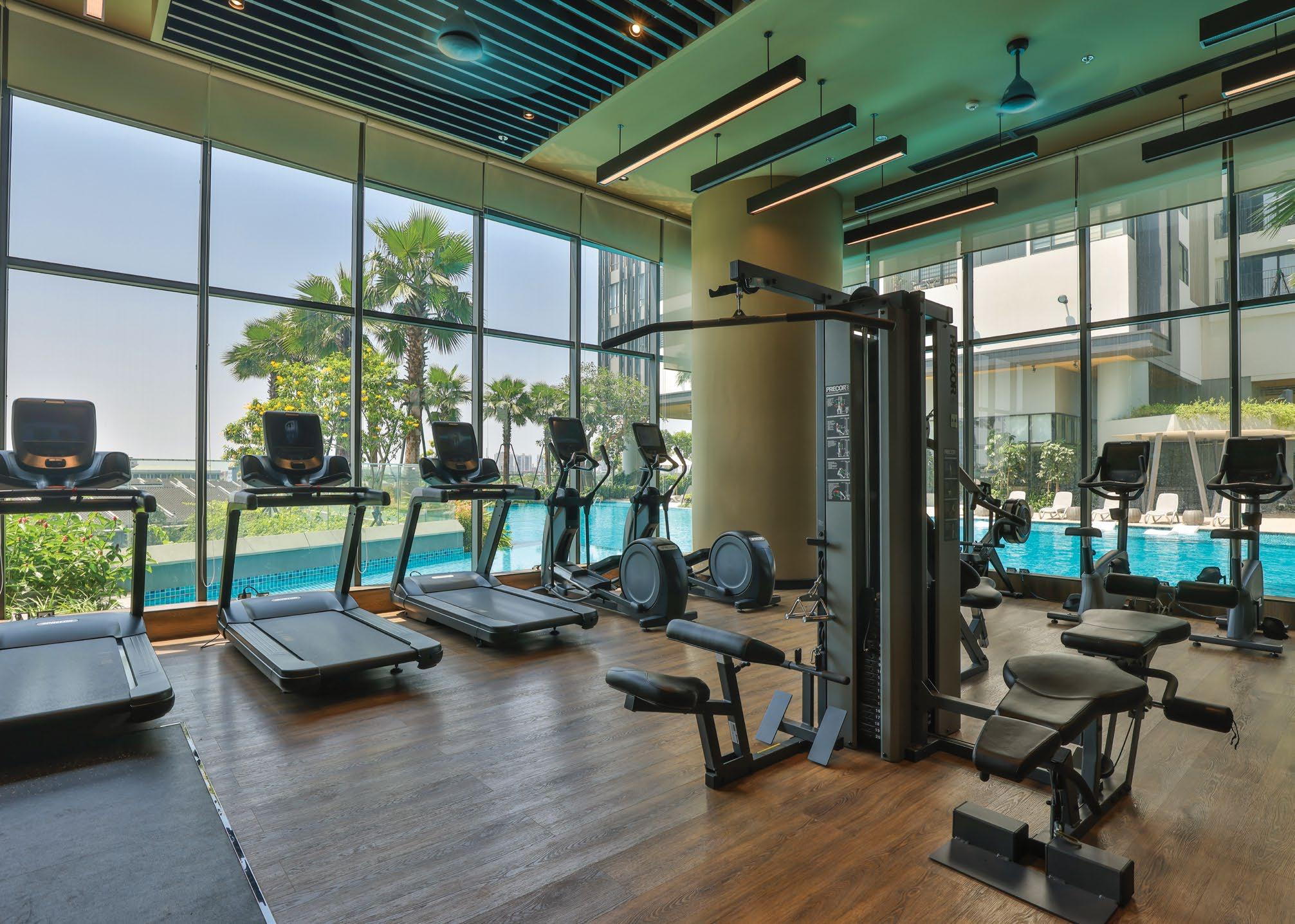
The open secret to Park Kiara’s admirably low density per floor lay in ventilation gaps between the apartments. These contained secondary functional areas for items such as exhaust fans, air condensers, and drying yards.
The gaps increased the depth of the homes from the façade’s edge to the core of the building. “The creation of ventilation gaps not only optimises the apartment design. It also helps to create large apartments on a floor while still ensuring good design,” explains Vu Hoai Giang, senior associate of P&T Consultants, the architects behind the project.
The integration of ventilation gaps, alongside sky gardens, into the high-rise blocks breaks them into smaller segments. Conversely, a ribbon-andaluminium fin system unifies the façade of each tower into a cohesive and lively architectural block.
“This is a simple but effective architectural treatment technique that brings a unique and impressive architectural form to Park Kiara,” says Vu.
Park Kiara also maximises space for other accoutrements. Park Kiara has become the first development in its area to allocate car parking bays for every unit.
While other Hanoi projects typically offer just one parking lot per apartment, even the smaller units at Park Kiara come with parking spaces. Larger units and penthouses have two or more parking lots.
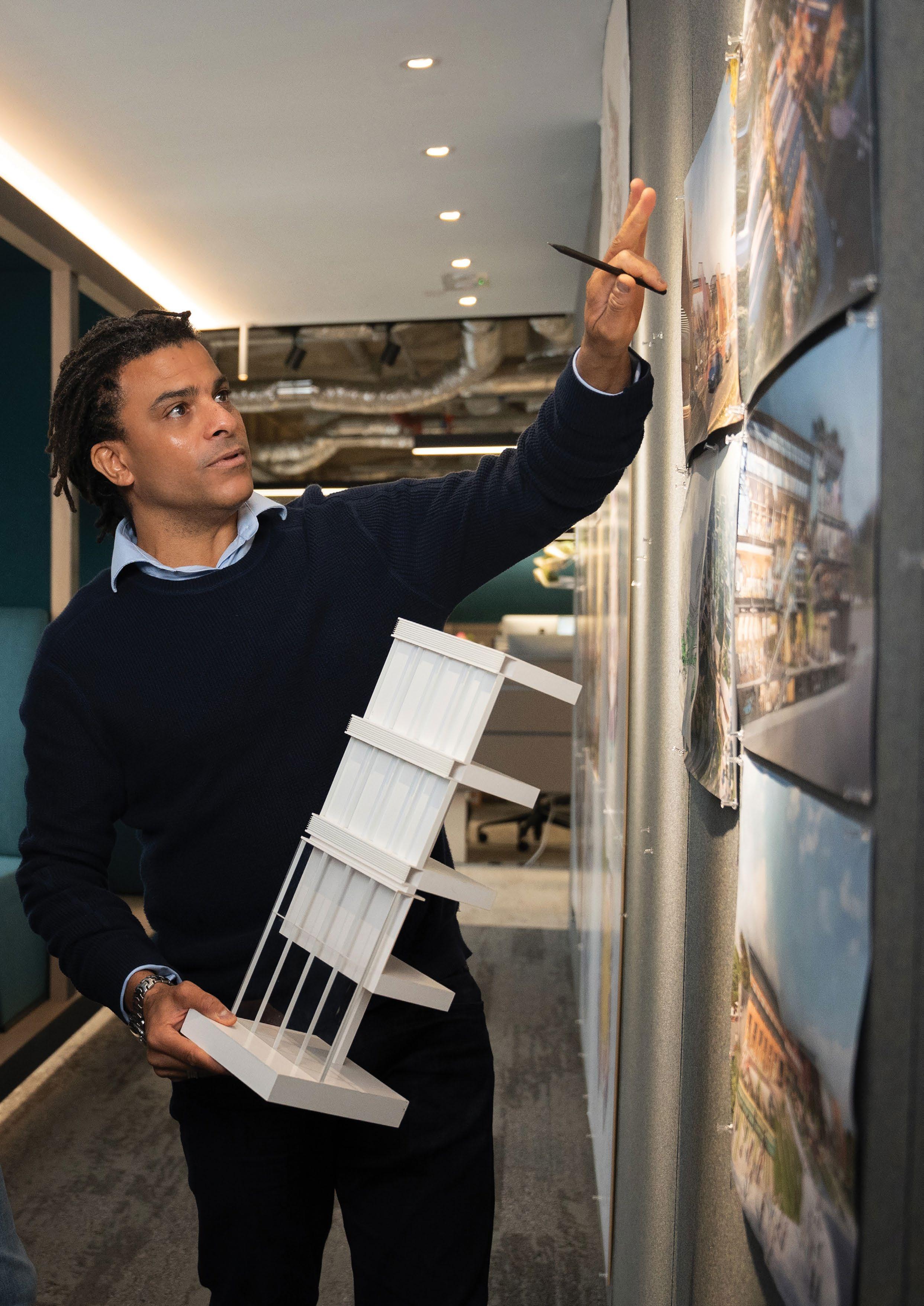
David Buffonge, a co-founder of international design firm Lead8, shares his opinions on how to tackle design challenges creatively and improve built environments around Asia
BY BILL CHARLES
LEAD8 HAS BEEN INVOLVED IN THE RETAIL ARCHITECTURE AND INTERIOR DESIGN FOR MEGAPROJECT ONE BANGKOK (IMAGE COURTESY OF LEAD8 AND ONE BANGKOK)
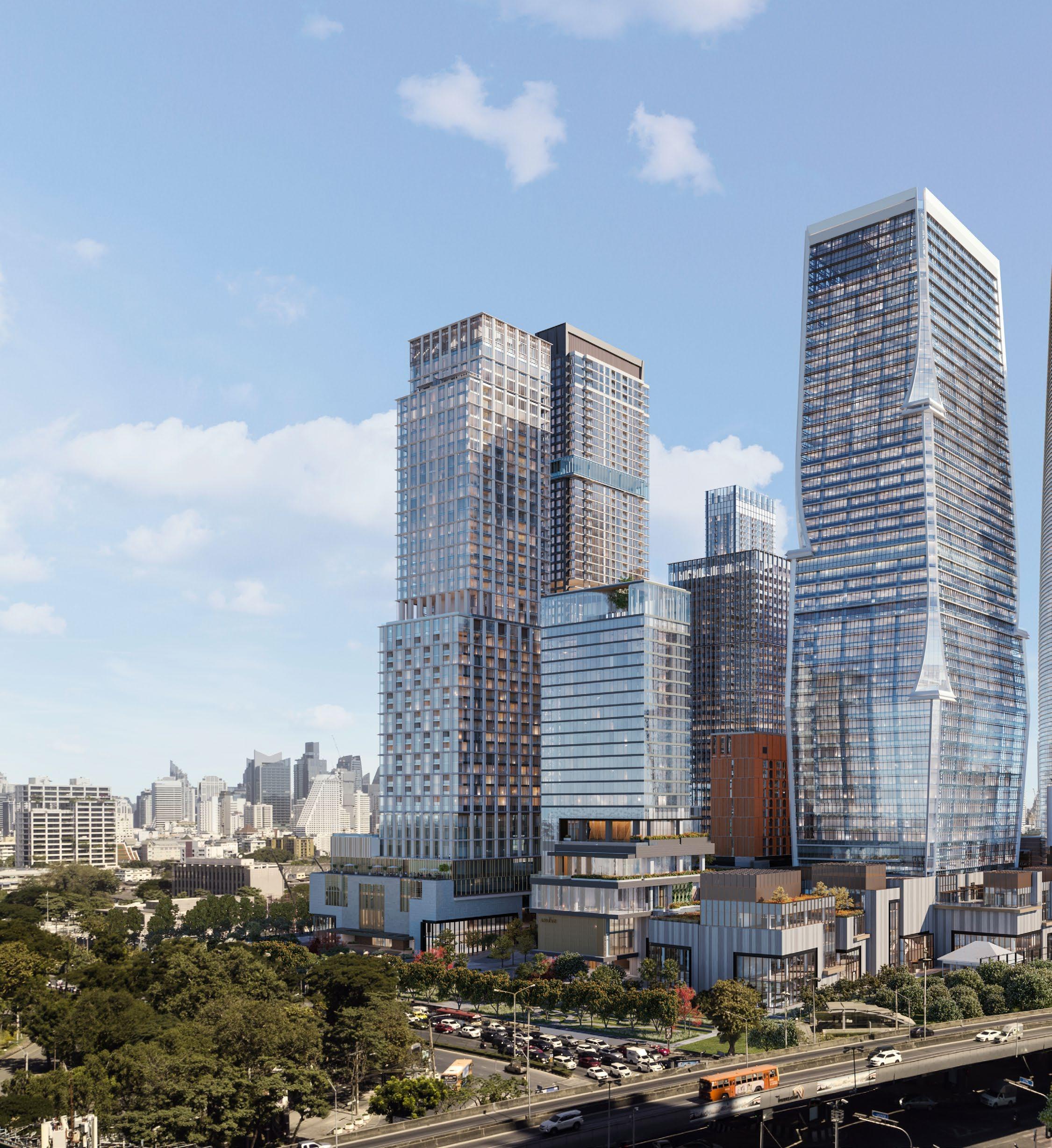
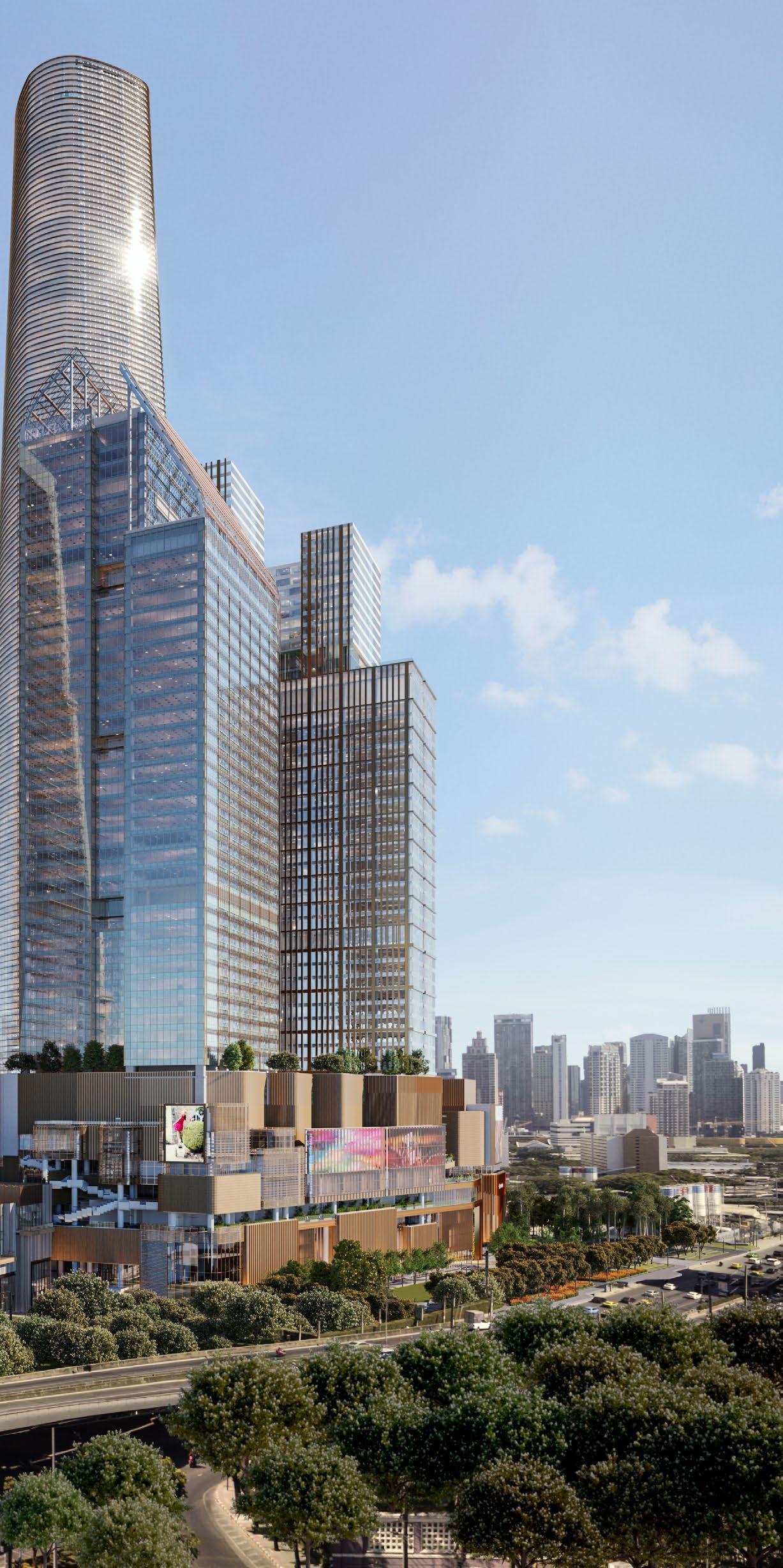
There is a human desire to be amongst nature and outdoors. People want to be around trees and plants, to feel the breeze, and see the sky. And this has sparked a new era of retail design
David Buffonge is co-founder and executive director of the Hong Kongfounded architecture and design firm Lead8. The company specialises in commercial mixed-use developments and is involved in the retail architecture and interior design for One Bangkok, a megaproject in the Thai capital slated to open later in 2024.
The nearly USD4 billion development is one of the largest mixed-use projects in Asia, with hotels, offices, residential, retail, and more, including multiple towers spread over 16.7 hectares.
Buffonge, a British national who has been based in Hong Kong for more than two decades, says his firm wanted to create something “very unique” with One Bangkok by weaving in nature and landscaping in new and distinctive ways while drawing inspiration from Lumpini Park—the “Central Park of Bangkok,” as he describes it—which is situated across the street.
“The vision was to bring the landscape onto the edges of the building, to all the balconies, terraces and rooftop gardens. And not just the decorative landscape but a proper ecosystem where birds and butterflies and other sorts of nature can interact with the façade, and the building can be one with the environment,” he says.

Lead8 won multiple awards at last year’s PropertyGuru Asia Property Awards for developments in Hong Kong, Shanghai, and elsewhere. Following the successful completion of the retail design for One Bangkok, Buffonge says his firm is eying more global expansion.
“We will continue to grow in Asia; it’s an exciting time here,” he says. “And we are also involved in opportunities taking us to different parts of the world as our expertise draws us further abroad.”
What is your core design philosophy, and how do you integrate it into your projects?
We like to summarise our approach using three words: people, culture, and nature. Our designs centre on creating places that are people-centric, walkable, fluid, and intuitive to navigate. The cultural element is vital as well: to establish a sense of place and local identity and make the project distinct and unique to that destination. And, of course,
nature brings in the landscape and biodiversity to create environmentally friendly places that are important today.
Lead8 won several honours at the latest PropertyGuru Asia Property Awards. What made these projects stand out, in your opinion?
MixC Nanjing was very successful this year and we believe this is because of the project’s unique connection with its local heritage. The site sits within a 700-year-old district and is home to an original Yunzhang Guild Building that has been preserved at the heart of the development. Our approach was to unite culture and history and celebrate this as a focal point. We worked closely with an artist to do some beautiful large-scale installations, and with the landscape designers to bring further cultural relics to life throughout outdoor streets.
The direction also turned the concept of a shopping mall inside out. We think shopping malls and shopping centres
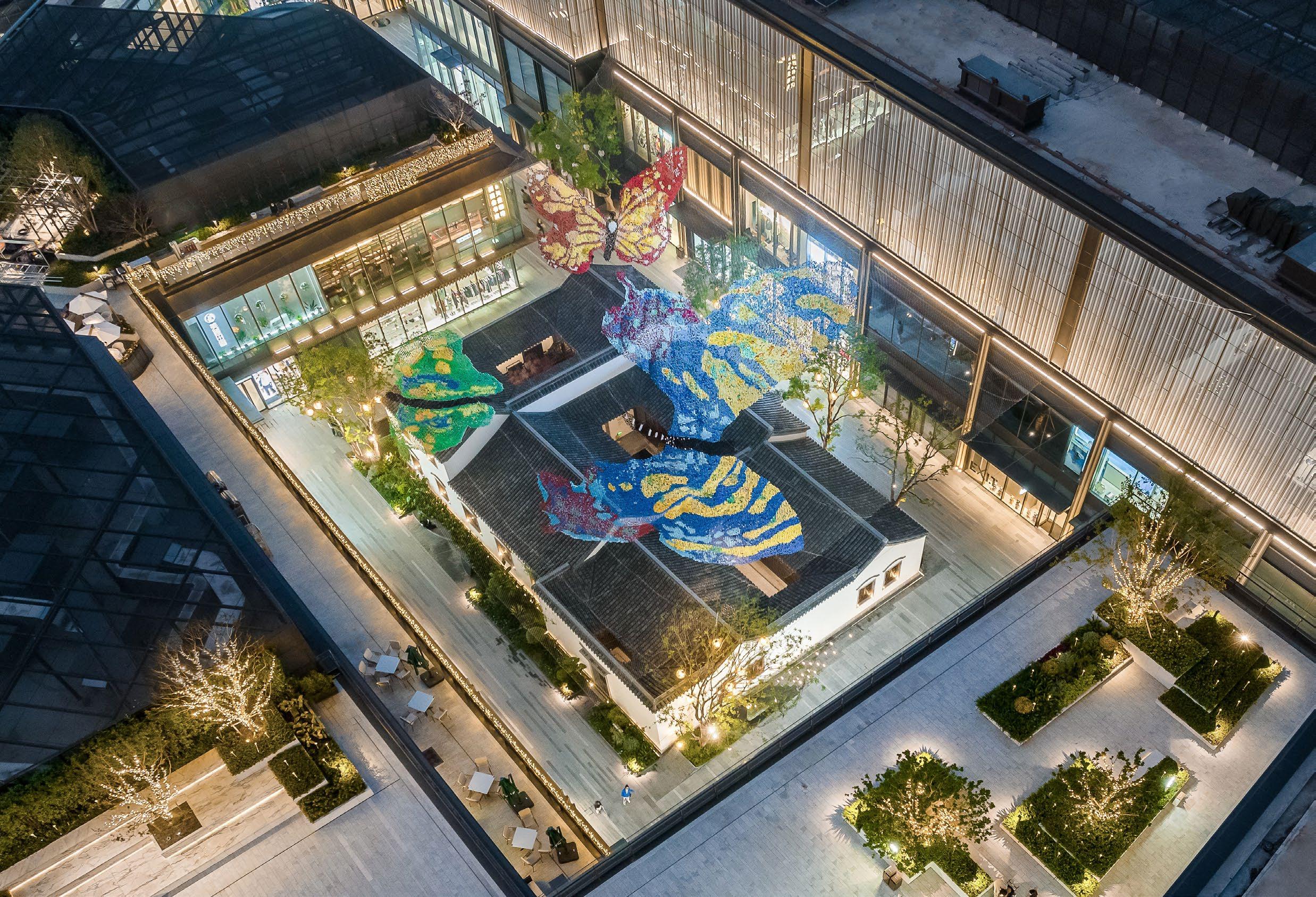
are dated concepts—we prefer to see these developments as ecosystems and interconnected communities. With MixC Nanjing, it was very much about creating a street precinct, bringing in natural light, drawing influence from local architecture, injecting art, sculpture, and trees, and fostering a strong connection with the site and its historic surroundings.
11 SKIES is an enormous project, and it will completely transform the area surrounding Hong Kong International Airport once it is fully complete. While it has 3.8 million square feet of mixed-use and retail space, we don’t call it a shopping mall. This is an integrated ecosystem of transport, entertainment, dining, retail, leisure, and workplace experiences.
The first phase has already opened with K11 ATELIER 11 SKIES, a trio of sustainable office towers flexibly designed
for different sectors and organisations. We are now awaiting the next phase to complete which will see multiple worldclass entertainment attractions open to the public.
You mentioned shifting away from the “shopping mall” concept. What’s driving that?
These ideas started to rise before Covid, and then, accelerated quite quickly afterwards. During Covid, people felt locked away, and so there was a desire to be outside again, enjoying natural light, socialising and experiencing the environment around them.
There is a real human desire to be amongst nature and outdoors. People want to be around trees and plants, to feel the breeze, and see the sky. This has sparked a new era of retail design, where as much as possible the larger components of retail development are outdoors.
K11 ATELIER 11 SKIES IS PART OF A PROJECT THAT WILL COMPLETELY TRANSFORM THE AREA SURROUNDING HONG KONG INTERNATIONAL AIRPORT (IMAGE COURTESY OF LEAD8)
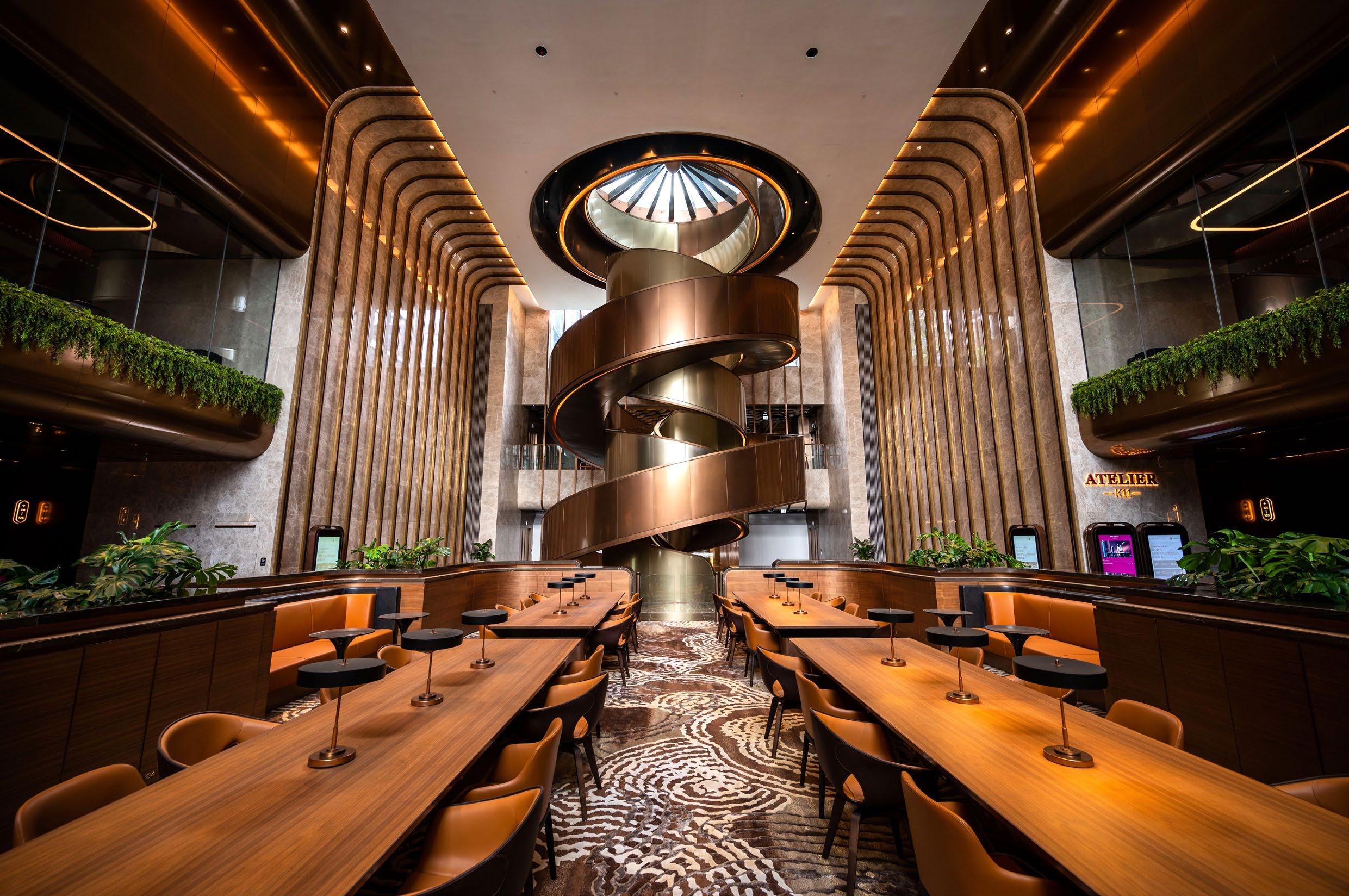
We can sometimes forget about the power of our local environments, and if you can harness them, it can also save tremendous amounts of energy and contribute to our overall well-being.
How do your projects try to achieve that?
We have a philosophy called the “Fifth Season”, which helps to address the idea of creating environments that feel as if they’re outdoors or semi-outdoors, and at the same time comfortable for people to inhabit.
There are many ways and variations as to how we can do this. When you’re responding to different environments, weather, and climates, you are always finding new ways to achieve the same goal. Some of our strategies look at indoor biophilic domes, creating outdoor streets and precincts, and in one case, submerging an entire retail development beneath a vast parkland.
In what ways do you create living ecosystems with your designs?
More and more, we are working alongside urban ecologists who can help us bring in species of plants that attract local wildlife. This might include flowering plants that attract bees, or trees with fruit that attract birds. The goal is to create places that allow humans and nature to thrive in an environment, and for the landscape to be more than just decorative.
We’ve all been in buildings where there are trees, but they don’t move because there is no wind or air movement inside. When we start to open our buildings to the natural elements, suddenly the branches start moving, there are shadows on the floor, and a butterfly may pass you by. It is these kinetic and real experiences that emotionally connect people to places.
THE INCORPORATION OF NATURE IN RETAIL DESIGN IS A SIGNIFICANT POST-PANDEMIC TREND
(IMAGE COURTESY OF LEAD8)
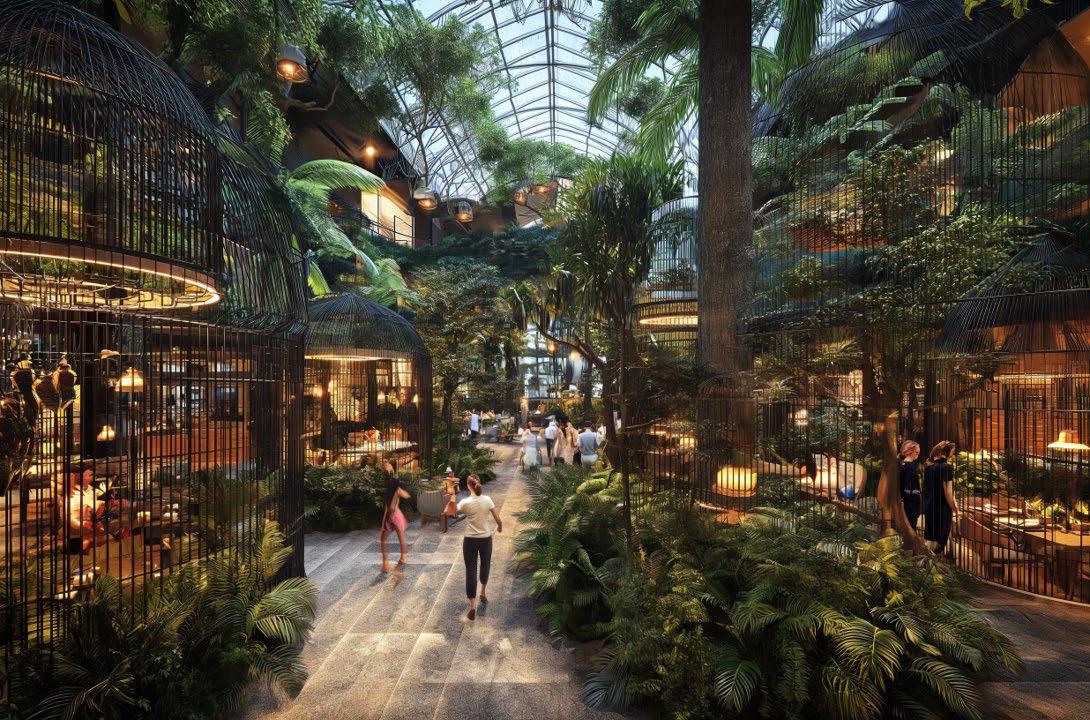
What are some of the unique aspects of operating in China?
We are seeing city governments being very proactive in taking on the challenges of creating greener cities. And have been pushing the realms of possibility, which has created exciting opportunities for us as designers. There is a very strong interest in preservation, adaptive and creative reuse, and urban regeneration projects, which are a large part of the sustainability agenda and one that we are happy to be playing an active role in.
It’s quite fascinating to see how these cities have transformed. Electric cars, for example, have made a huge difference. I was in Shanghai this year and was taken aback at how quiet the streets are. Historically, people may have thought of Chinese cities as noisy and polluted, but now it seems the rest of the world needs to catch up to their level of innovation.
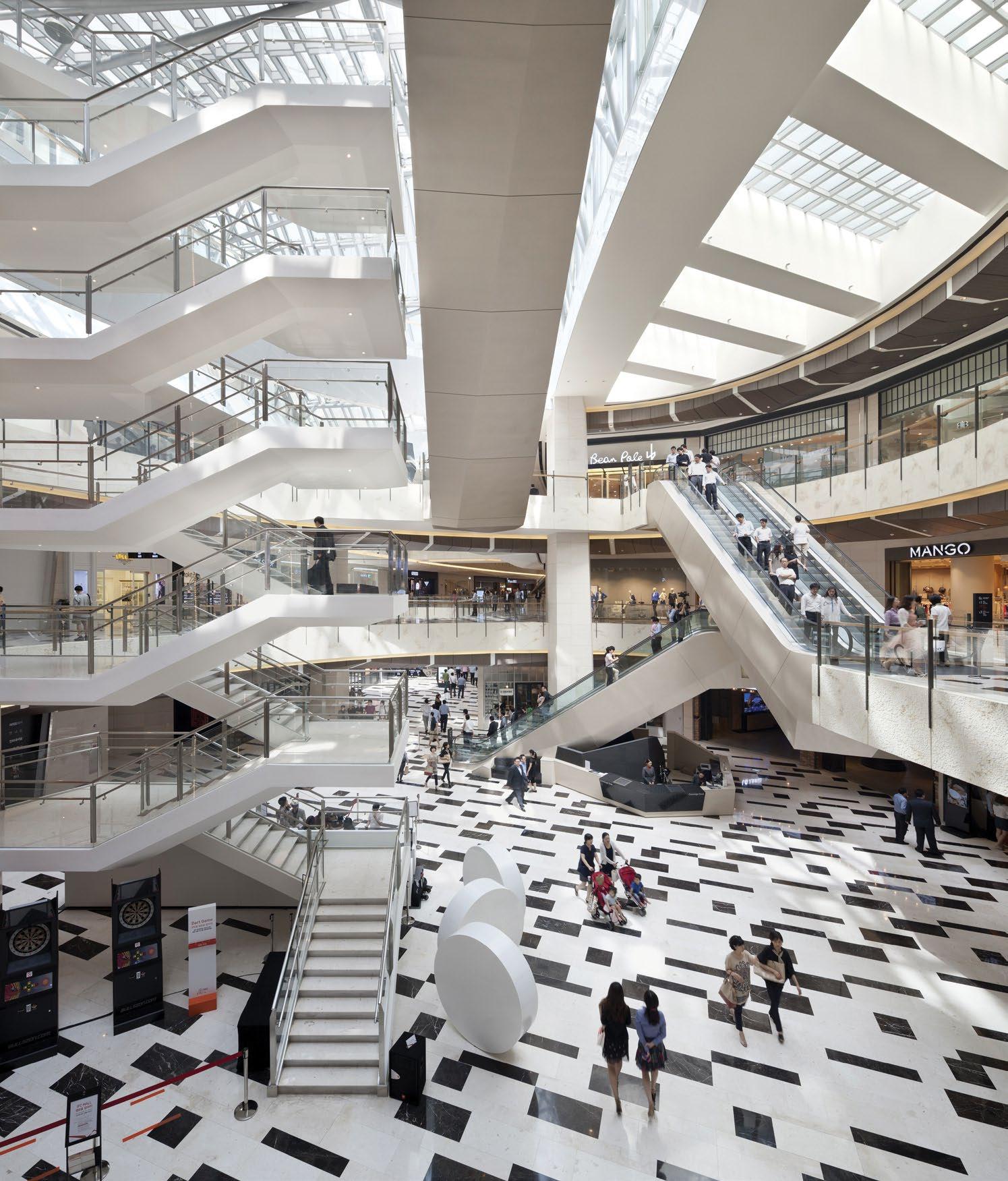
Bernardo Fort-Brescia and his design practice
Arquitectonica are making a seismic impact on Asia from an HQ in Florida’s “Magic City”
BY LIAM ARAN BARNES
Neon. Speedboats. Linen suits. Jai-alai. The Atlantis Condominium. This iconic opening sequence means only one thing: It’s the mid-80s, and nowhere is sexier—or more saturated in pastel—than Sonny and Ricardo’s Miami.
The TV show Miami Vice made household names of Don Johnson and Philip Michael Thomas. It also established the then-recently completed Atlantis Condominium as one of Magic City’s most enduring landmarks. Not a bad marketing feat for your first major project.
Completed just five years after Bernardo Fort-Brescia and Laurinda Spear launched Arquitectonica, the building made a bold statement in the architectural world. Its daring design quickly gained international recognition, featuring a large five-storey square hole cut through the building, bright colours, and an exposed staircase.
“The Atlantis, good luck if you missed it. You’d have to be blind,” says FortBrescia. “We had a building that was essentially a billboard for us. It caught people’s attention, and Miami Vice was one of the many who picked up on it. My god, everybody knew who we were because of that show.”
Born and raised in Peru, Fort-Brescia was immersed in the world of construction and design from a young age through his grandfather. Studying in Europe, where he visited archaeological sites in his spare time, further fuelled his architectural ambitions.
Eventually, he earned a Bachelor of Architecture at Princeton University and a Master of Architecture from Harvard, where he met his future wife and business partner, Spear.
“Our graduation coincided with the big mid-70s recession, so it was very difficult to find a job at an architectural studio,” Fort-Brescia says. “I took up a job at the University of Miami, and we started a small studio while teaching.
“We were young but found clients who believed in us. We still honour them today, and the rest is history.”
Still, the firm’s inexperience and Miami base also proved a challenge. In an era when US design firms almost exclusively operated from cosmopolitan hubs, a bunch of recent grads working out of backwater Miami were always going to struggle.
“Youth is often questioned but also seen as a breath of fresh air,” Fort-Brescia says. “We were not from the traditional major cities of the time and had a lot to prove coming from a less established place. But we were also able to be more experimental and less constrained by preconceptions.”
In the 1970s, Miami was still largely seen as a destination for retirees, dominated by blue-hair brigades, retirement resorts, and impoverished inner-city neighbourhoods. Architecturally, it was better known for its faded beachfront Art Deco hotels and its sprawling, uninspired suburban developments.
What Arquitectonica couldn’t have predicted was that Magic City’s fortunes were set to change practically overnight. The influx of international investment, a burgeoning cultural scene, and Miami’s emergence as a key player in global trade and finance transformed the city—and Arquitectonica found itself at the forefront of this metamorphosis.
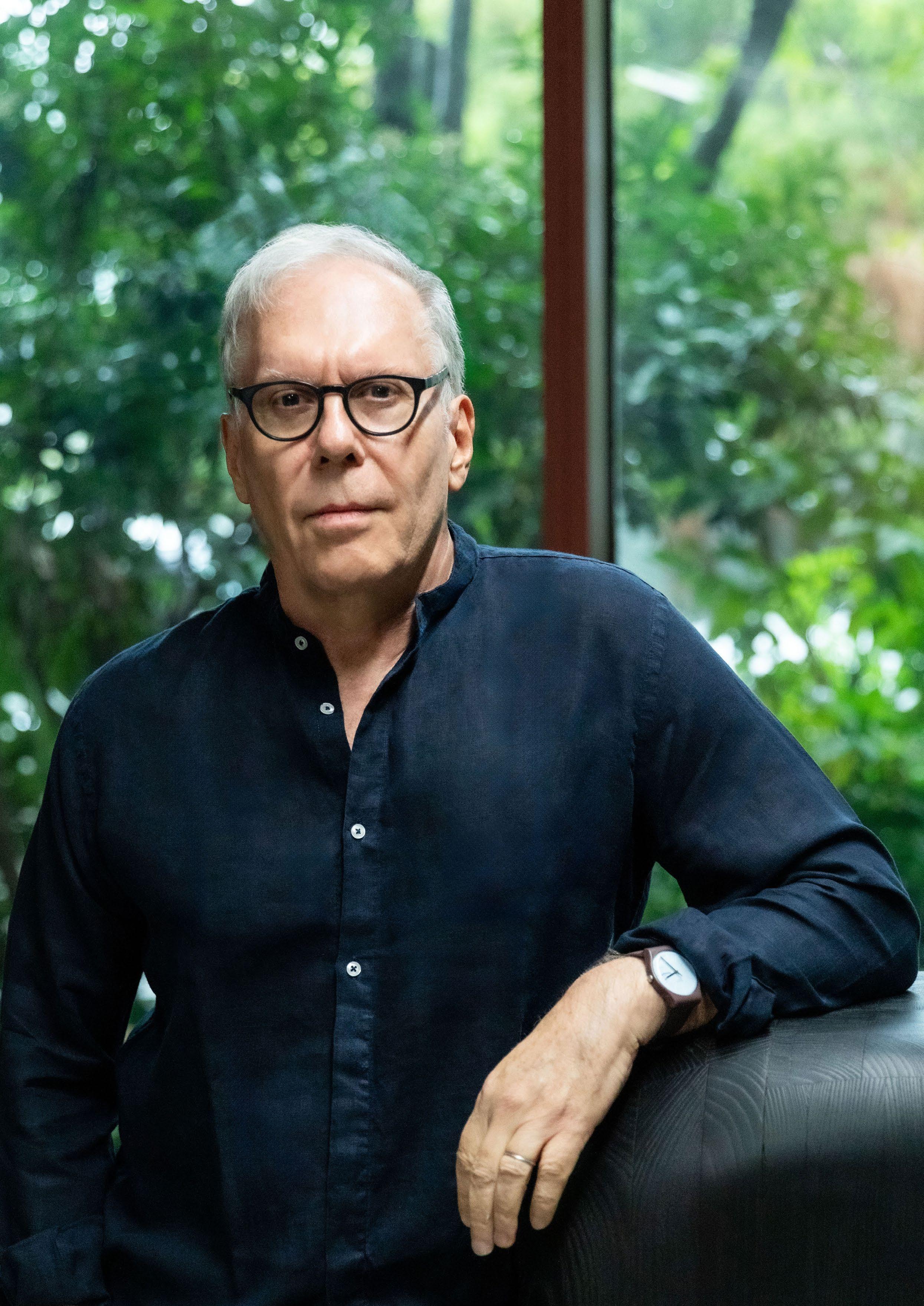
BERNARDO FORTBRESCIA AND HIS PRACTICE ARQUITECTONICA IS MAKING WAVES GLOBALLY VIA A FLAMBOYANT, MODERNIST PHILOSOPHY
We had no grand plans. We just treated every new project as our first project. We focused on our job. Focused on the task and a dream. The growth was a byproduct
As Miami’s skyline began to rise, so too did Arquitectonica’s influence. Following the success of the Atlantis Condominium, the firm continued to make bold statements across the city. The Icon Brickell complex, with its trio of towering structures and sweeping views of Biscayne Bay, reimagined luxury urban living and became a symbol of Miami’s newfound cosmopolitan identity.
Similarly, the American Airlines Arena, with its striking design and prominent location on the waterfront, became a cultural landmark and testament to the city’s modern architectural renaissance.
Meanwhile, the firm’s projects along the Brickell Avenue Corridor, once a staid business district, injected energy and elegance into the area, helping to establish it as the city’s financial heart. Arquitectonica didn’t just build in Miami—they built Miami.
“We had no grand plans,” Fort-Brescia explains. “We just treated every new project as our first project. We focused on our job. Focused on the task and a dream. The growth was a byproduct.”
Fort-Brescia’s design philosophy, rooted in modernism and unbounded by traditional constraints, shines through in his work: “We never self-imposed barriers to expression. Black, white, and beige were not the only colours available for expression. We loved modernism, especially constructivism and cubism.”
This willingness to push boundaries is evident not only in their Miami projects but also in their global portfolio. As Arquitectonica’s reputation grew, so did its reach, leading to major projects in Asia. FortBrescia’s love for exploration and exposure to diverse cultures played a significant role in this expansion. “I study about every new place I go. Read about not just its architectural culture but also general history, art, customs, construction methods, even gastronomy and fashion. All are part of design insight,” he adds. One of Arquitectonica’s most notable projects in Asia was the Mall of Asia in Manila, one of the largest shopping malls in the world, which exemplified the firm’s ability to blend scale with accessibility and
local context. Another significant achievement was Riviera TwinStar Square in Shanghai, a project that stands as a testament to the firm’s innovative use of geometry and pattern, hallmarks of its design philosophy.
In Hong Kong, the Festival Walk development, featuring its dramatic suspended escalators, exemplified Arquitectonica’s ability to marry functionality with visually striking elements, creating a space that is practical and memorable. Meanwhile, the International Finance Centre in Seoul, particularly its night expression, became a beacon of modernity in a rapidly evolving urban landscape.
Arquitectonica’s impact in Asia is also evident in Singapore’s Orchard Scotts project, where colourful geometry redefined residential living, and in the Mega Tower in Manila, whose undulating form reflects innovation and respect for the local environment.
Through these projects and others across 54 countries, Arquitectonica has not only contributed to the global architectural landscape but has also embodied a spirit of adventure and discovery. As Fort-Brescia puts it, “I love exploration and was visually stimulated by every new place I visited. Loved exposure to other cultures and still do. I have now worked around the world, which was always my dream.”
Just as Miami Vice immortalised the Atlantis Condominium in the minds of millions, Arquitectonica has left an indelible mark on Miami and beyond. The city that once served as a backdrop for pastel-hued crime dramas has evolved into a global architectural icon, with its skyline a testament to the visions that Fort-Brescia and Spear dared to realise.

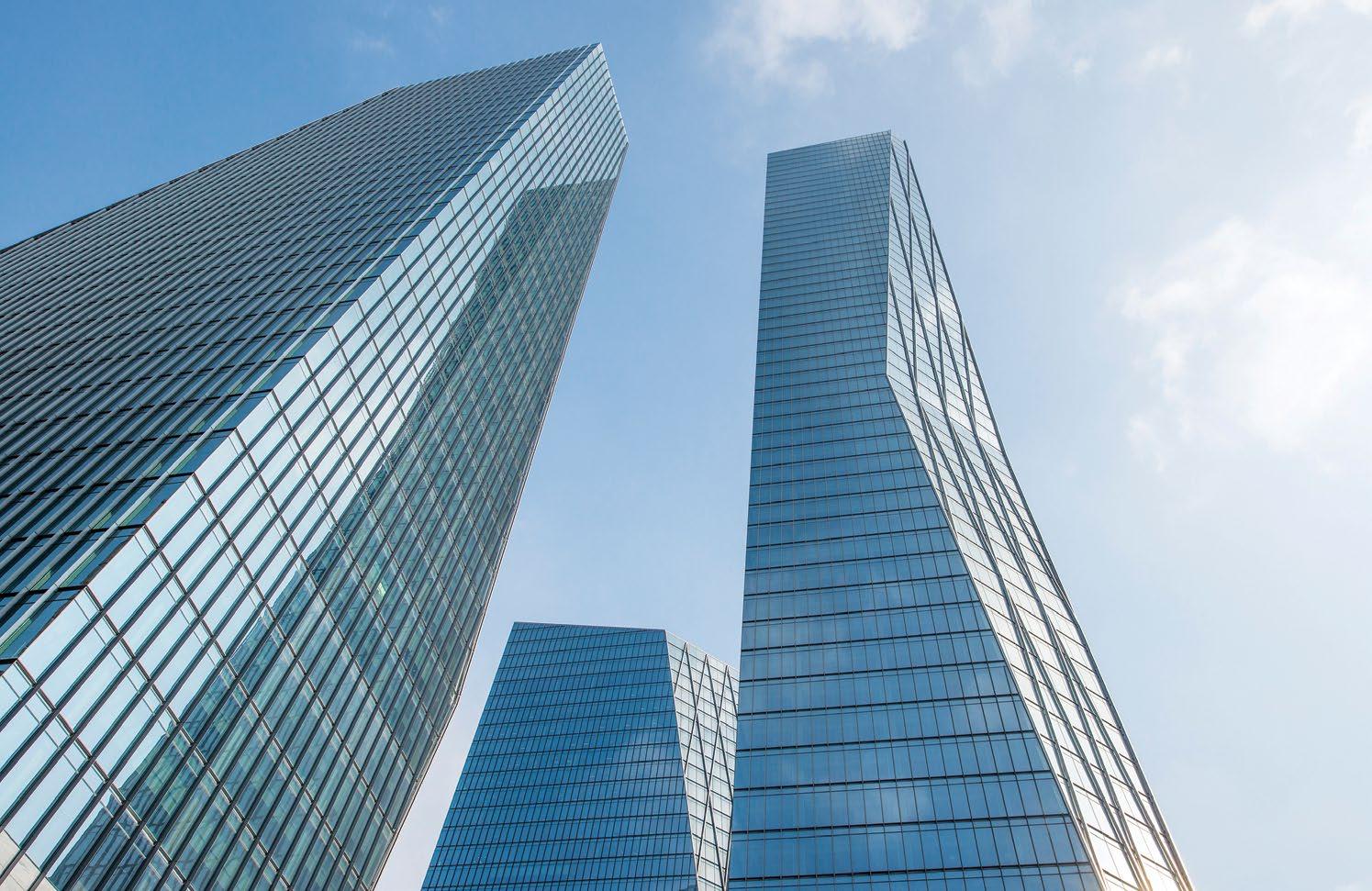
Spanning 507,075 square metres, the International Finance Centre Seoul stands as a significant architectural landmark with three office towers ranging from 150 to 250 metres in height. The towers feature a dynamic crystal-like form, defined by chamfered corners that contribute to their striking presence in the skyline. The design harmonises the towers with lush public spaces and integrates a 40-storey Conrad Seoul Hotel and a vast underground retail mall. As Fort-Brescia puts it, “We envisioned the towers as dynamic crystals, emerging to redefine Seoul’s skyline with both efficiency and elegance,” reflecting the seamless flow and sophisticated aesthetic that characterise the development.
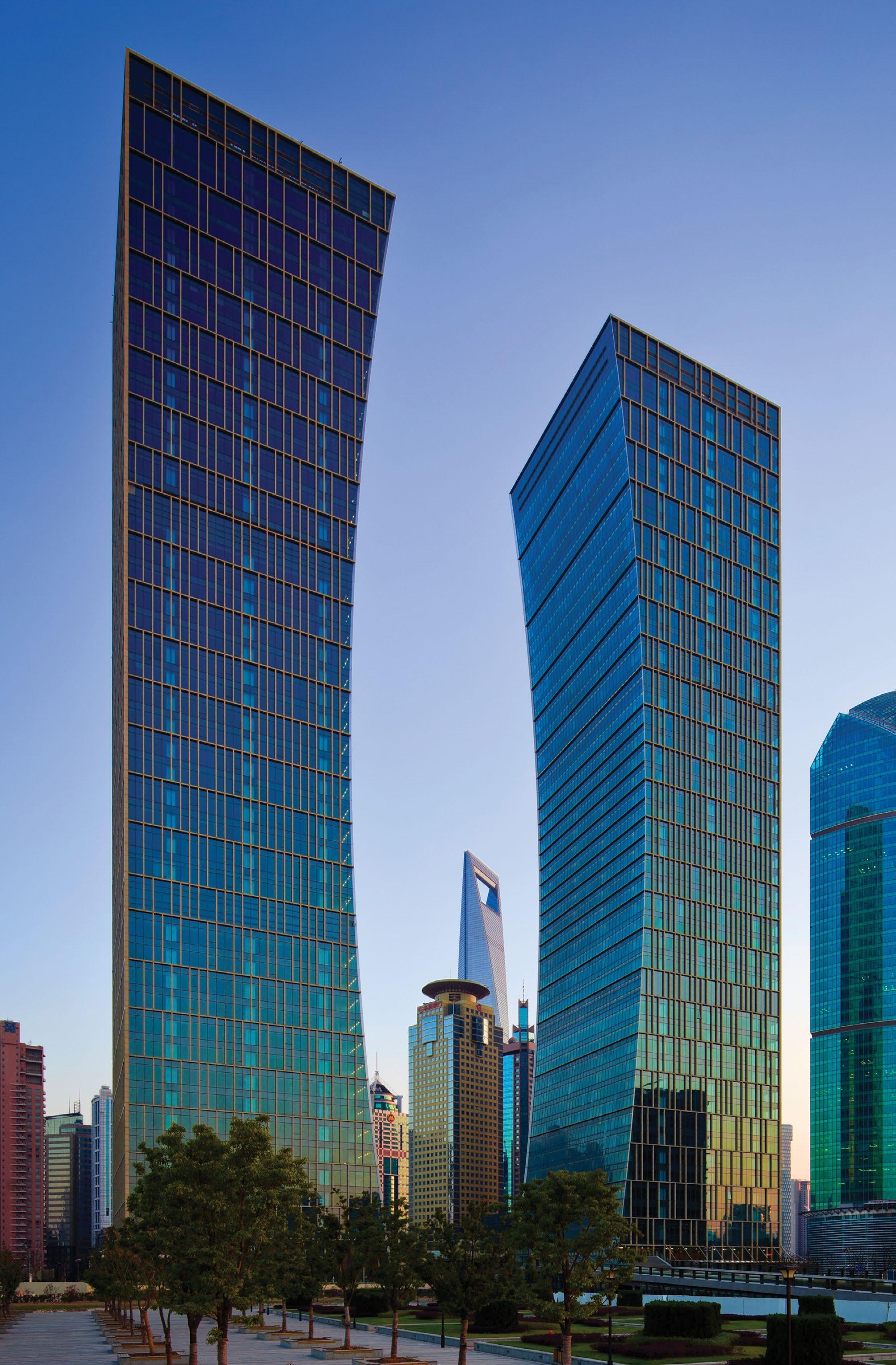
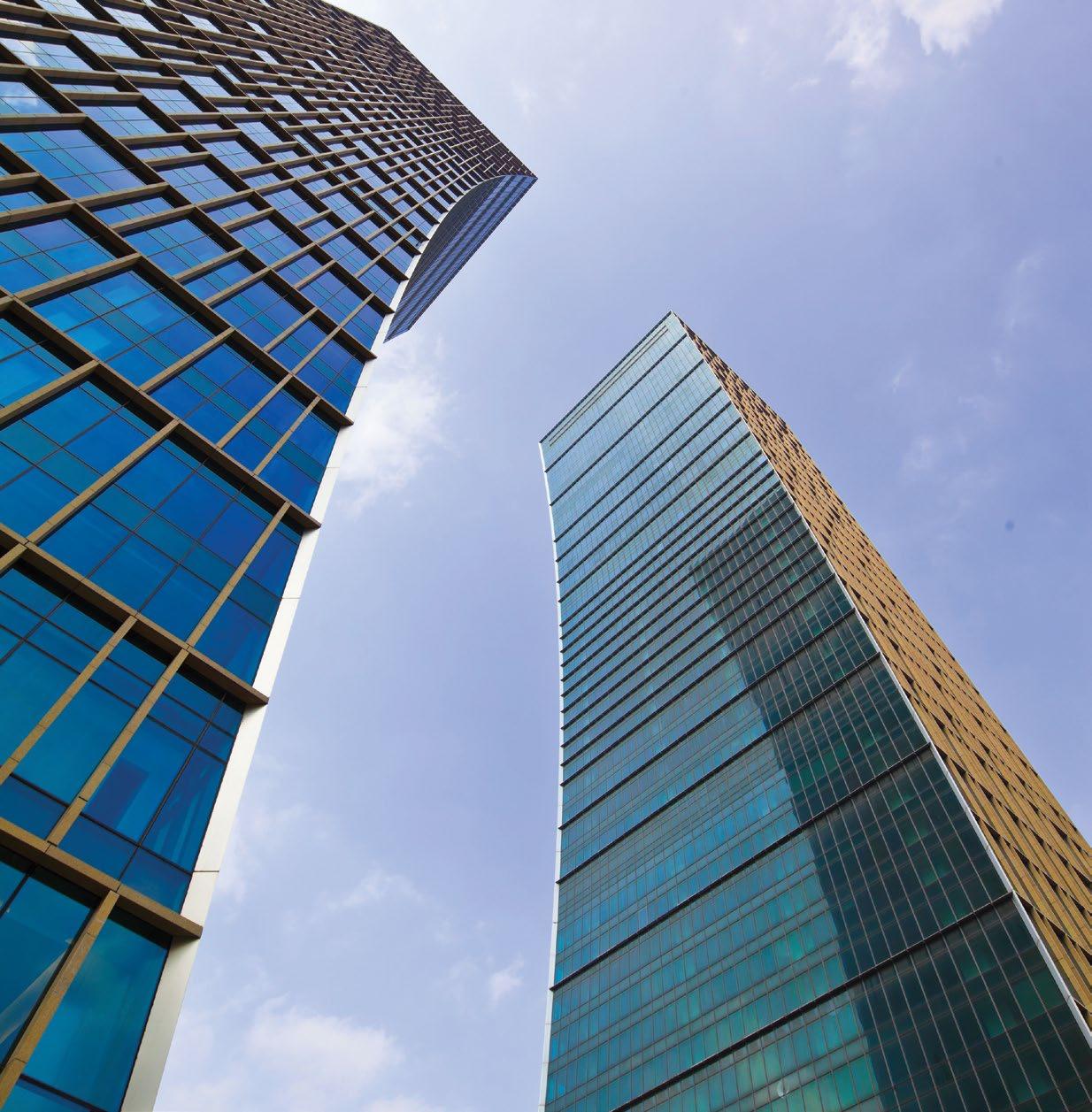
Agricultural Bank of China and China Construction Bank Headquarters, Shanghai, China
On the historic Shanghai Shipyard Site, the development features two 50-storey towers that evoke the form of a ship’s hull, creating a symbolic gateway to Celebration Park on the Huangpu River. Complementing these are two 18-storey Mandarin Oriental buildings, one a flagship hotel, and the other luxury residences. Fort-Brescia notes that “the ship-like design anchors the site’s maritime legacy, integrating it with contemporary architectural forms.” This blend of modernity and historical reference is key to the development, which unites Shanghai’s rich maritime history with cutting-edge design.


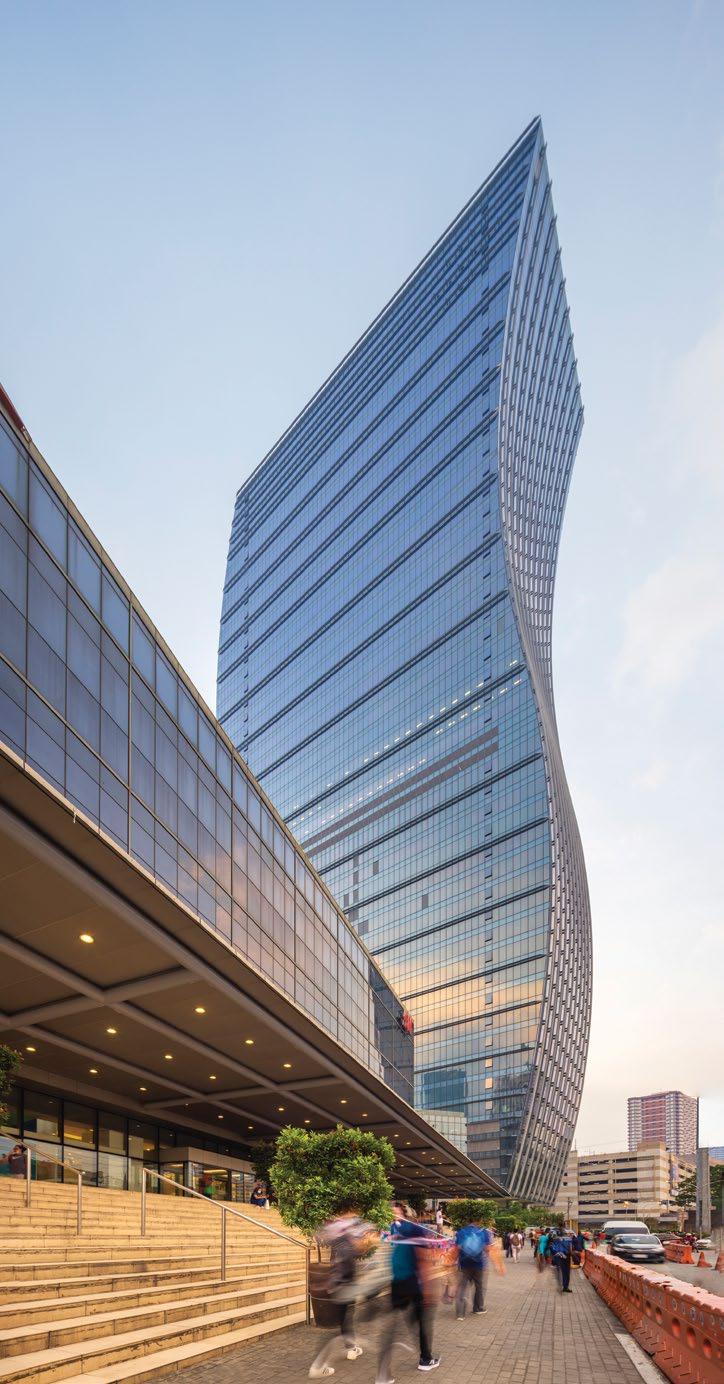
The Mega Tower, a 50-storey office development in Mandaluyong City, Metro Manila, captures attention with its curvilinear, S-shaped design. “The tower’s flowing form is a statement of architectural evolution,” explains Fort-Brescia, “blending efficiency with a bold aesthetic that redefines the city’s landscape.” As a LEED BD+C Gold Certified structure, the tower offers 112,000 square metres of Class-A office space and serves as a gateway to the Ortigas Central Business District. Its undulating form not only meets functional needs but also contributes a sculptural element to Manila’s skyline.
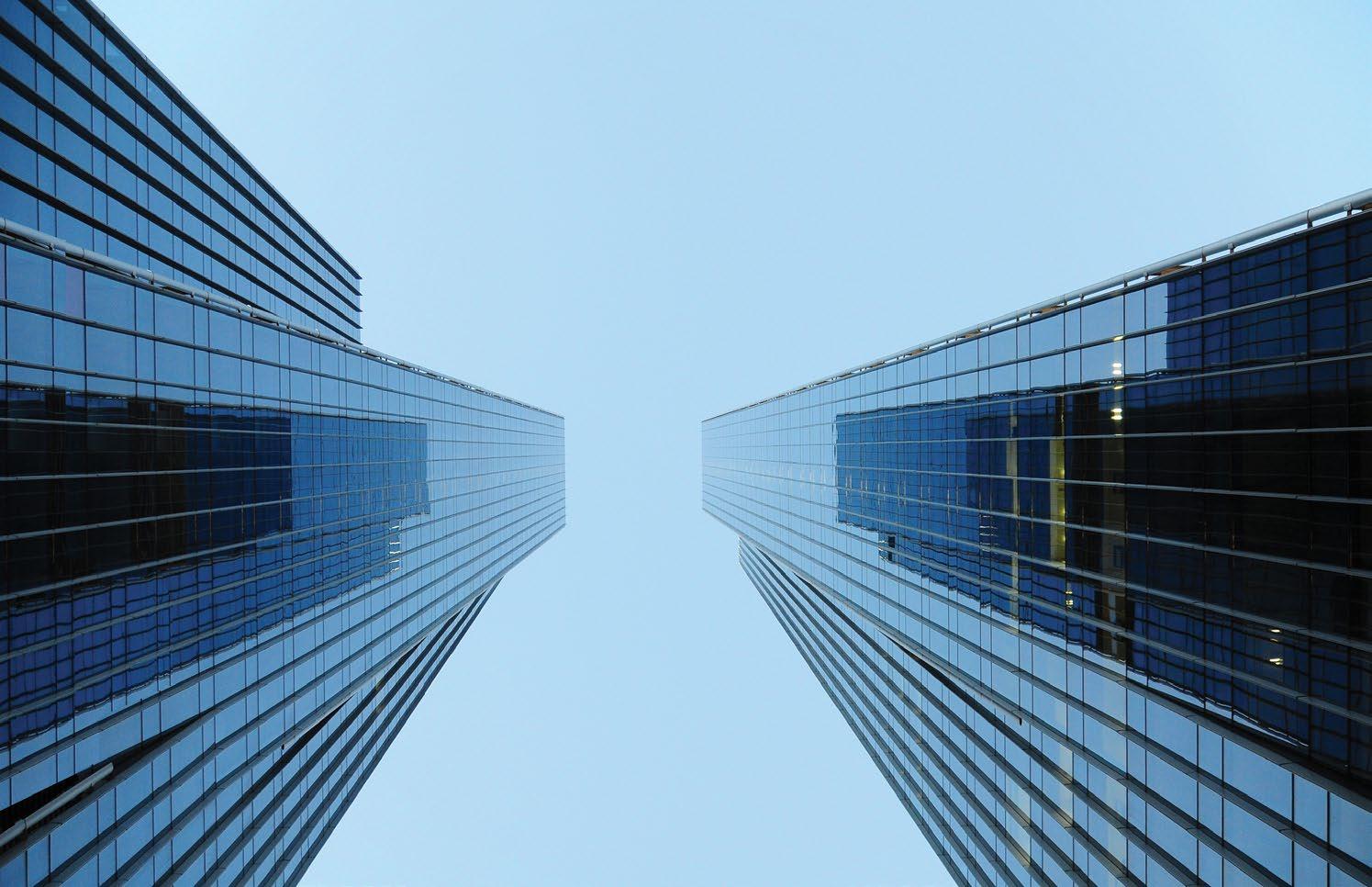
Landmark East in Kwun Tong district is a twin-tower office development characterised by interlocking planes and a rectilinear slab design. The 43-storey and 40-storey towers, offering over 45,000 square metres of flexible office space, have floor plates carefully designed to maximise harbour views. The slanted angles and intersecting volumes create a sense of movement and dynamism. “The dynamic interplay of intersecting volumes energises the site,” says Fort-Brescia, “transforming it into a striking architectural composition that resonates with Hong Kong’s energy and ambition.”
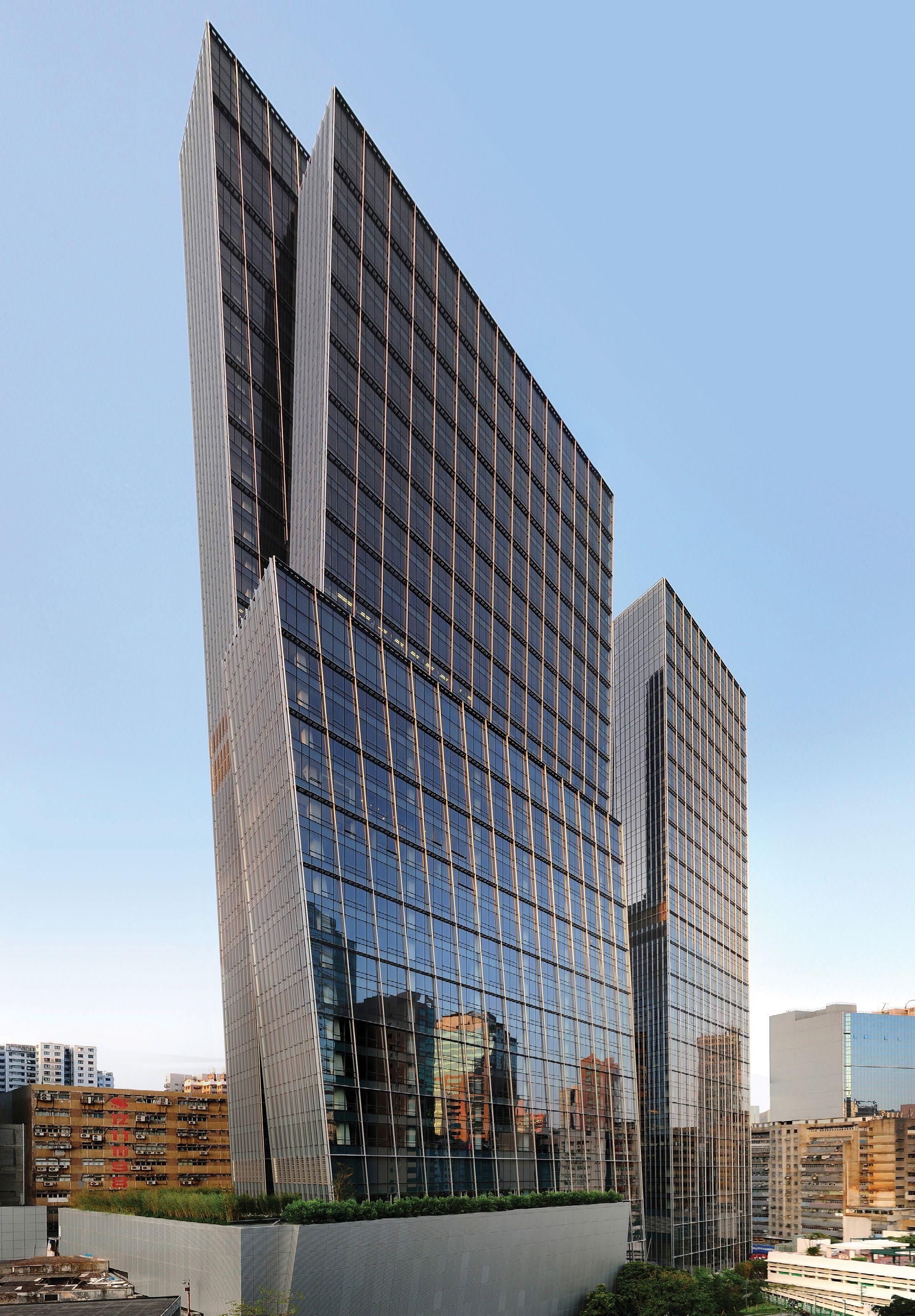
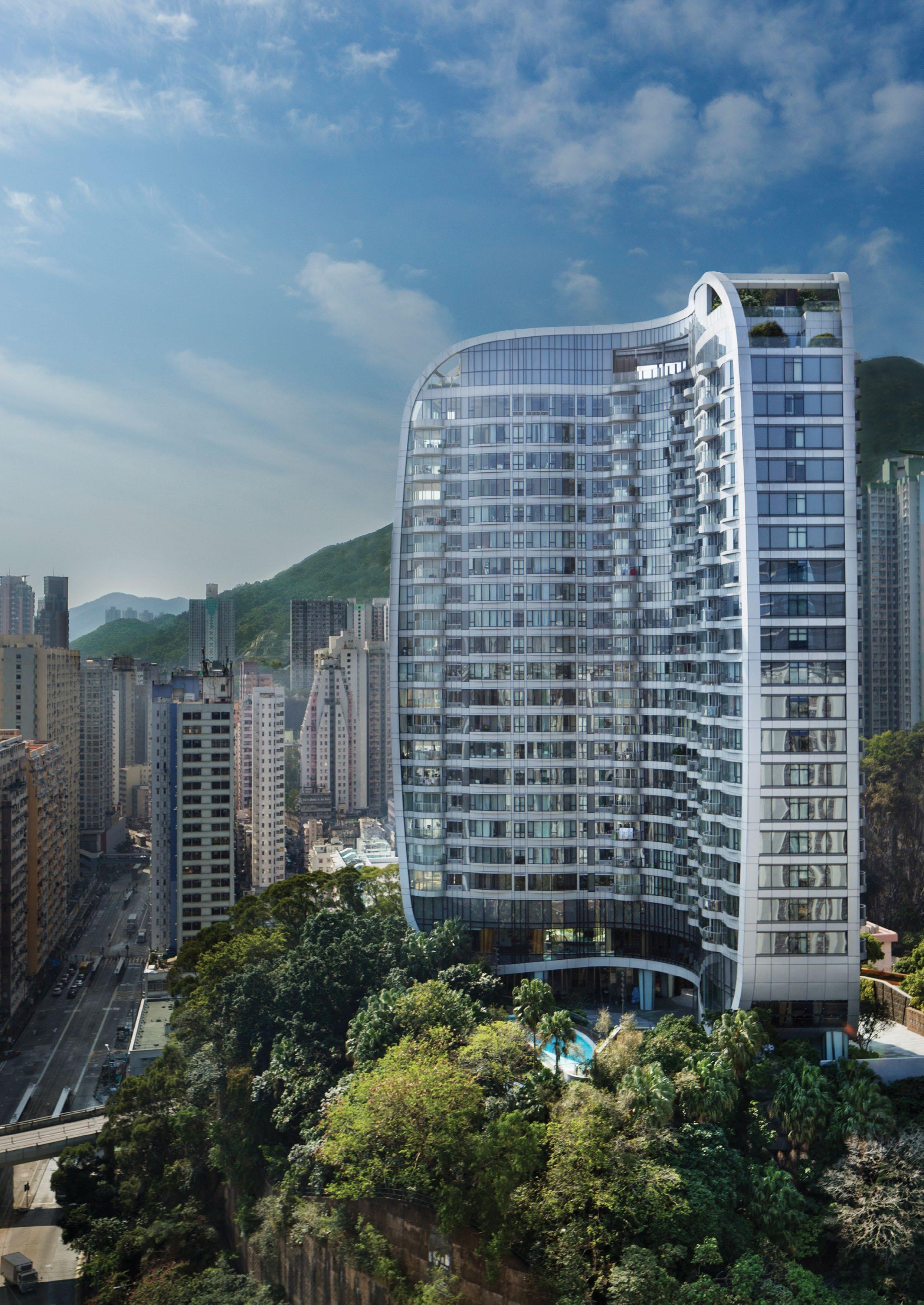

Mount Parker Residences, located in Quarry Bay, is a luxury residential development that combines contemporary design with environmental sustainability. The project spans 2,540 square metres and includes multiple towers, a twostorey entrance lobby, and extensive amenities such as a clubhouse. “Our approach was to embrace the site’s natural contours,” says Fort-Brescia, “creating a development that is both environmentally responsible and architecturally progressive.” This design responds to the site’s irregular shape, integrating seamlessly with the natural landscape and aligning with the client’s forward-thinking vision.
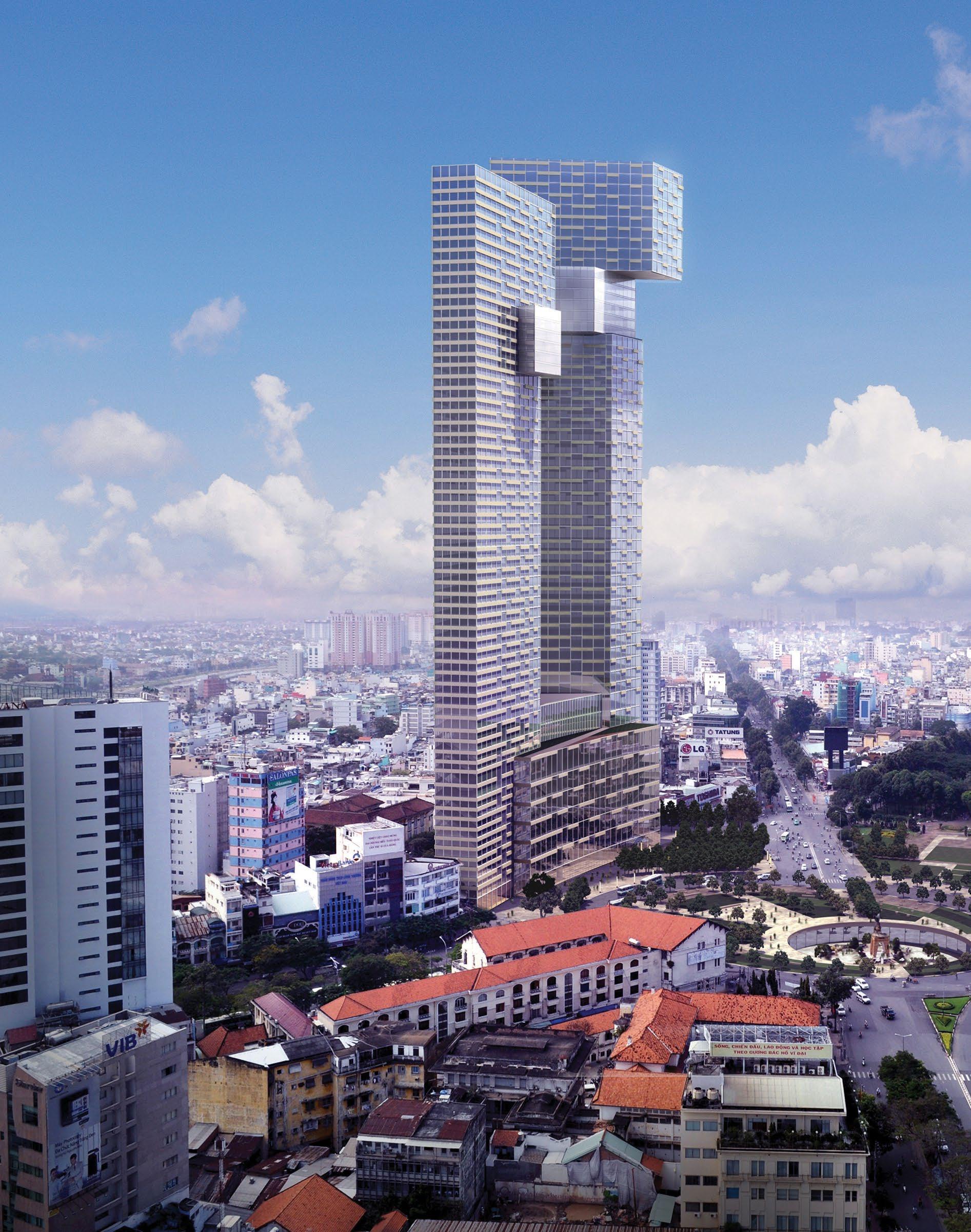
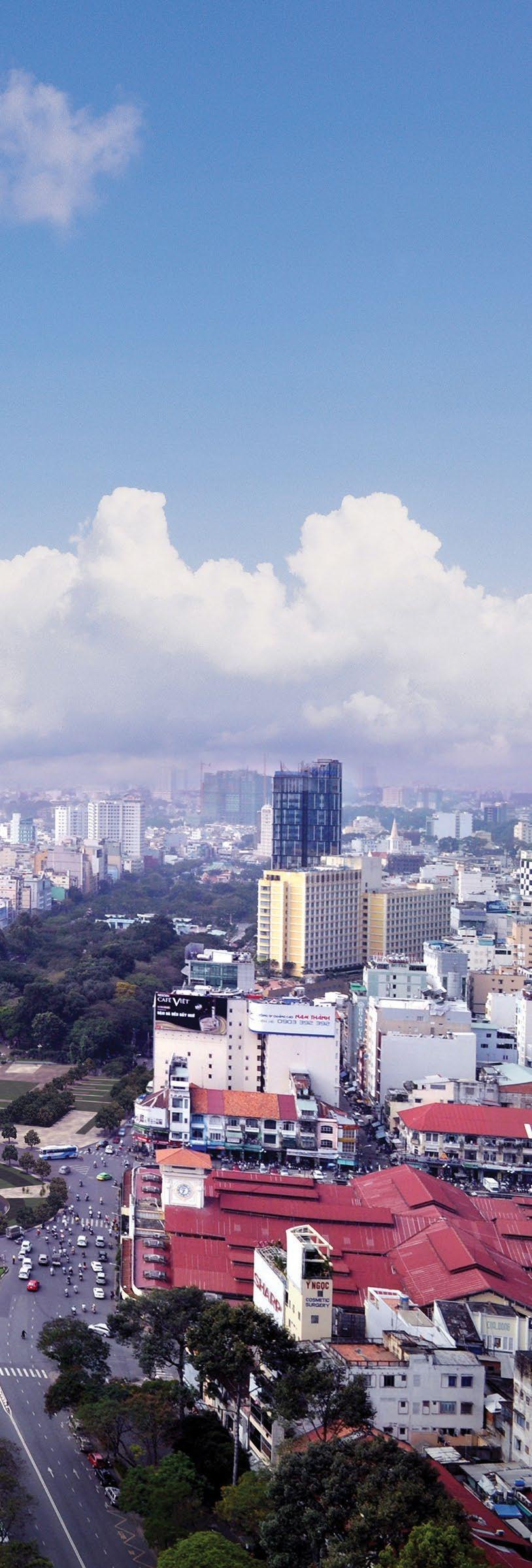
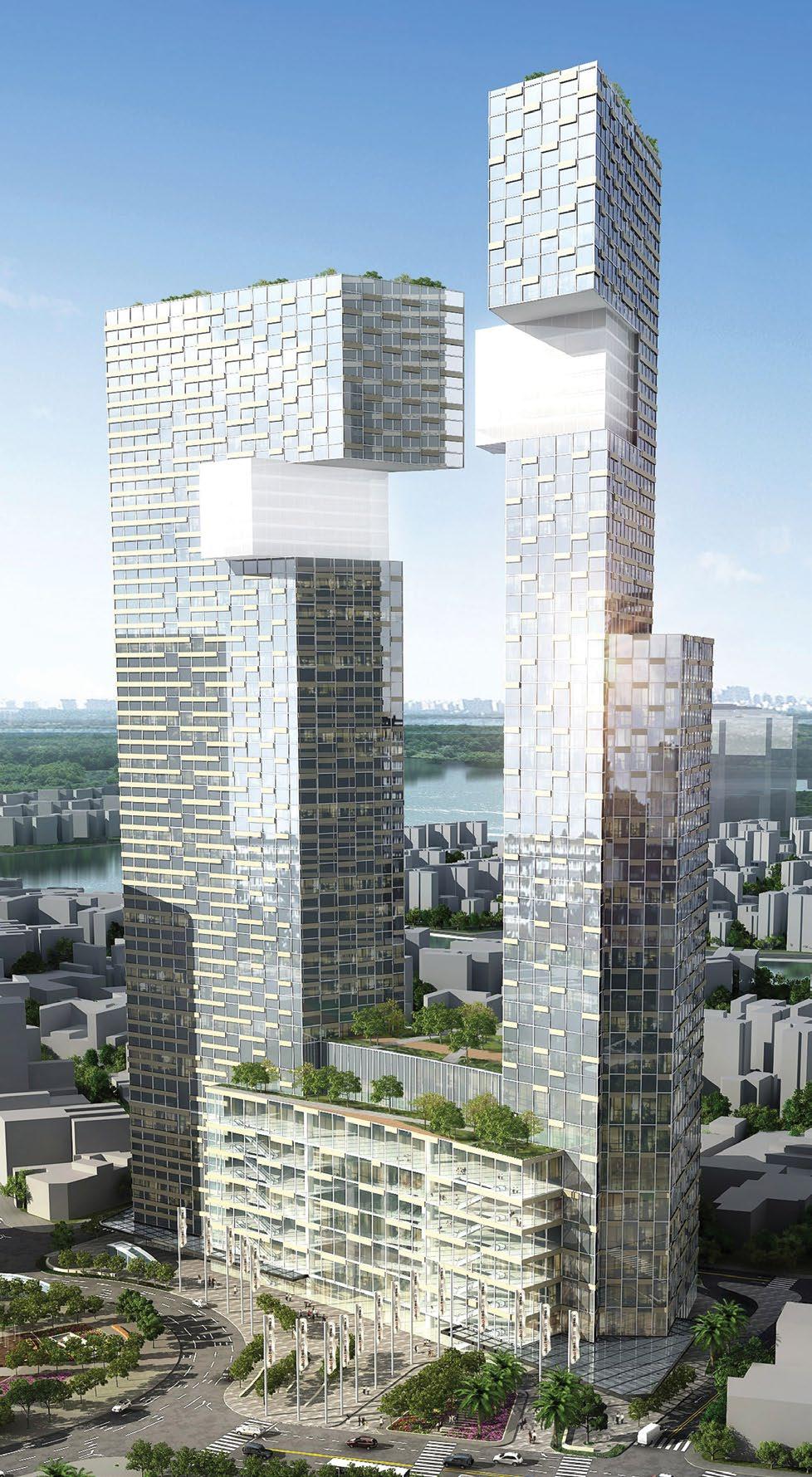
The Spirit of Saigon, a 224-metre-tall mixed-use development, is poised to become a defining feature of Ho Chi Minh City’s skyline. The project comprises two towers symbolising Vietnam’s legendary dragons, connected by a multi-level retail podium. “The Spirit of Saigon embodies the essence of Ho Chi Minh City,” explains Fort-Brescia, “merging cultural symbolism with sleek, modern forms to create a landmark that resonates with both the past and the future.” The towers house a Ritz-Carlton Hotel, Grade-A offices, and luxury apartments, offering a new urban landmark in the city’s heart.
BY JONATHAN EVANS

With strong transport links, ample recreation, and a contingent of desirable housing projects, Bekasi is fast becoming one of Greater Jakarta’s rising stars 1 2 3
Summarecon Bekasi
Summarecon Bekasi is an ambitious, largescale development comprising more than 3,500 landed homes, apartments, condo villas and shophouses, designed as a compact city-within-a-city. Other features include a shopping mall, business park, market, school, and areas for worship; it will also become a leading economic centre, and a focal point for tourism, sports, education and cultural activity. Sustainability and ecologically minded planning are key factors in the township, with nearly 9,000 trees planted to provide fresher air for the projected 16,000 residents living at Summarecon Bekasi. A water treatment plant, a lake for water catchment, and canals are all part of architecture firm Townland’s masterplan, along with cycle paths and smart home technologies.
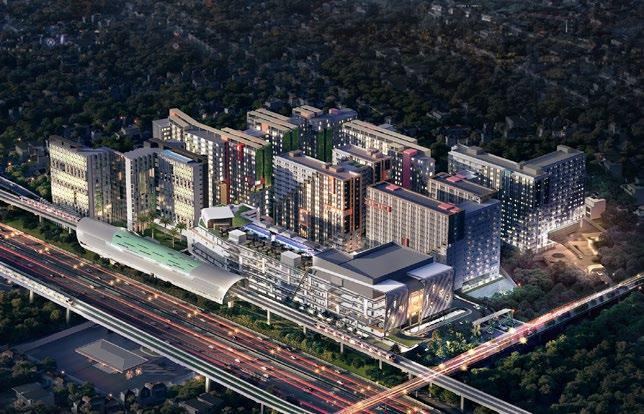
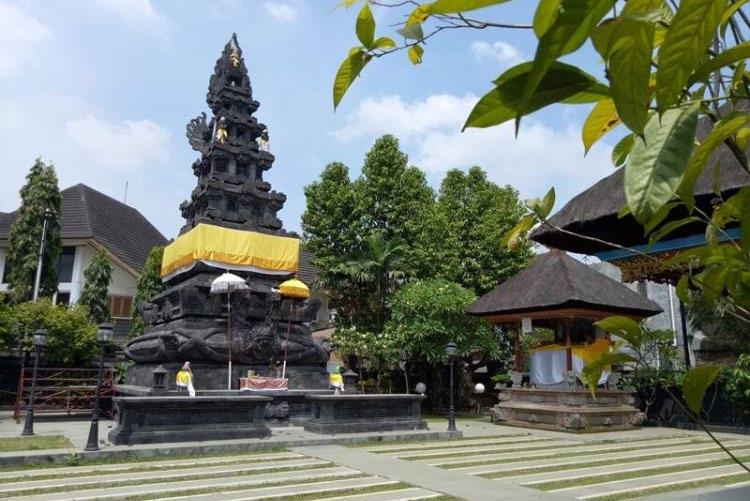
A 16-storey, 891-unit complex designed by PT Bias Tekno Kreasindo, with landscaping from Studio Akar, LRT City Jatibening is a condominium already in operation in the style of a resort, offering residents privacy and comfort. It combines several distinctive features such as a “zero run-off” design which quickly re-absorbs water into the ground, maintaining water reserves, and various areas outside with special themes such as a Hedge Garden, Music Garden, Floating Stage, and Sunken Garden. In addition, there’s a swimming pool, gym, coworking space, jogging track, and ramps for wheelchair users.
Pura Agung Tirta Bhuana
This temple is one of the few places of worship in Indonesia outside of Bali devoted to Hinduism. It is located in Jakasampurna village and aside from its religious activities, it’s also become a vacation spot for both locals and outsiders; visitors can explore the temple, take photos, and learn about its relatively short history. A serene setting surrounded by plants and trees, it’s a moderately sized temple with a comfortable ambience sheltered from the sun. It also showcases several ornaments, some unique statues and carvings that add to its beauty. During major Hindu festivals, this otherwise secluded, tranquil site becomes more crowded, making it a good time to visit; visitors can also join dance classes on Wednesdays and Saturdays.
Bekasi is the easterly “bek” component in the compound name for the Greater Jakarta metropolitan area, Jabodetabek, and an industrial city in its own right with many factories. It also has its share of historic buildings, recreation areas, and beauty spots, while the city’s shopping malls are a big draw. It’s close to Jakarta’s secondary airport, Halim Perdanakusuma, which increasingly services budget airlines. It also benefits from a long-distance bus terminal and numerous rail links. With the many schools in the area making it great for families, Bekasi is attracting new residents and property developers.
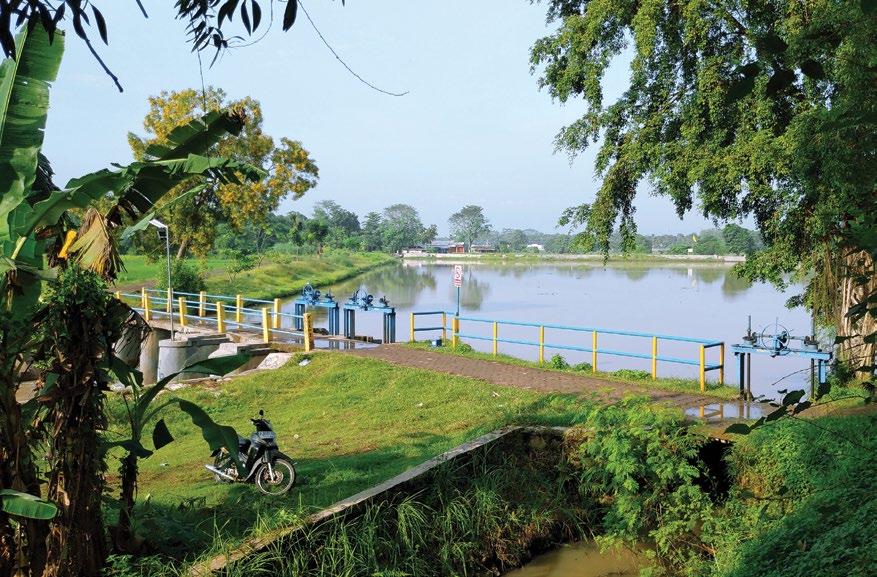
Situ Burangkeng
This scenic spot is a broad lake in Ciledug village with a relaxing atmosphere and pristine environment that’s become one of the most popular destinations in the city, as well as being an irrigation centre for nearby farms, managing water discharge and preventing flooding during heavy rain. The captivating beauty of the lake makes it primarily a spot for relaxation and photography—people can take shots not just of the watery expanse, but also of villagers in Telajung and Ciledug, and farms surrounding the lake. A simple, uncommercialised area, Situ Burangkeng has over the years been greatly beneficial to both locals and tourists, not to mention as a water catchment area and vital resource for local farmers.

This upmarket shopping centre is the newest in the city and has already earned a strong following among retail fans. This is a testament not just to its range of options, but also to its wide array of spaces for shoppers to wander, which include many refreshing water features such as fishponds with seating, and areas with lush greenery. Recently celebrating its 11th anniversary, Summarecon Mall Bekasi (which styles itself as “The Family Mall”) has all kinds of attractions under its rather large roof, including an IMAX cinema, a “PlanAnimals” natural-history exhibition, daily live-music performances, community sporting events, and a bedazzling range of F&B outlets—and it’s beautifully landscaped throughout.
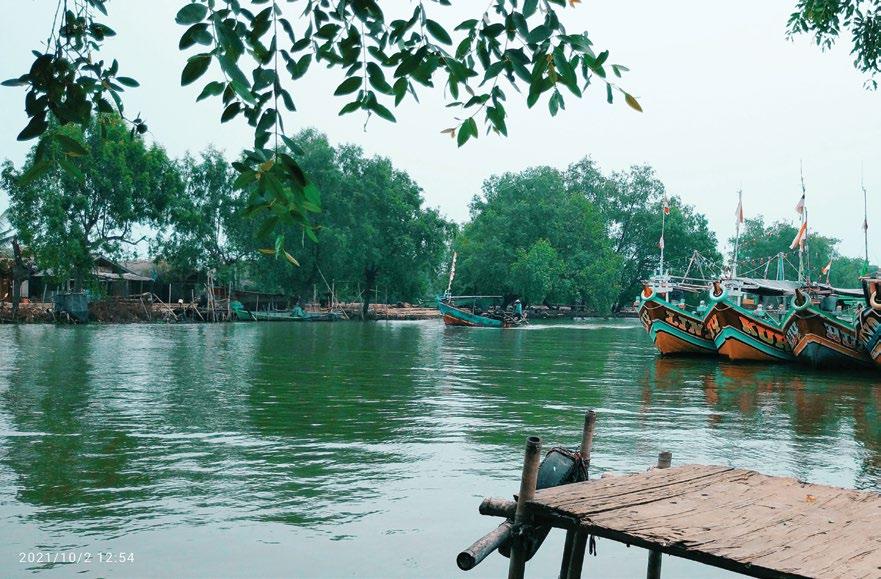
West Java’s third-longest river has since 2011 undergone a radical program of revitalisation and beautification after becoming one of the world’s most polluted rivers. The pollution resulted from toxic waste from textile factories. The clean-up was bolstered in 2018 by then President Joko Widodo, who launched a seven-year plan involving the military to restore the river to clean drinking water status. The most visible result has been the removal of litter and plastics, thanks to grassroots campaigns. Rice farming is now—thanks to three hydroelectric dams supplying electricity for Bandung and Greater Jakarta—on the rise, with the dams irrigating large paddies in Bekasi.


Once the garish enfant terrible of the global real estate scene, the UAE has picked itself up from the floor to reinvent itself as a more sustainable, quality-driven prospect
BY LIAM ARAN BARNES
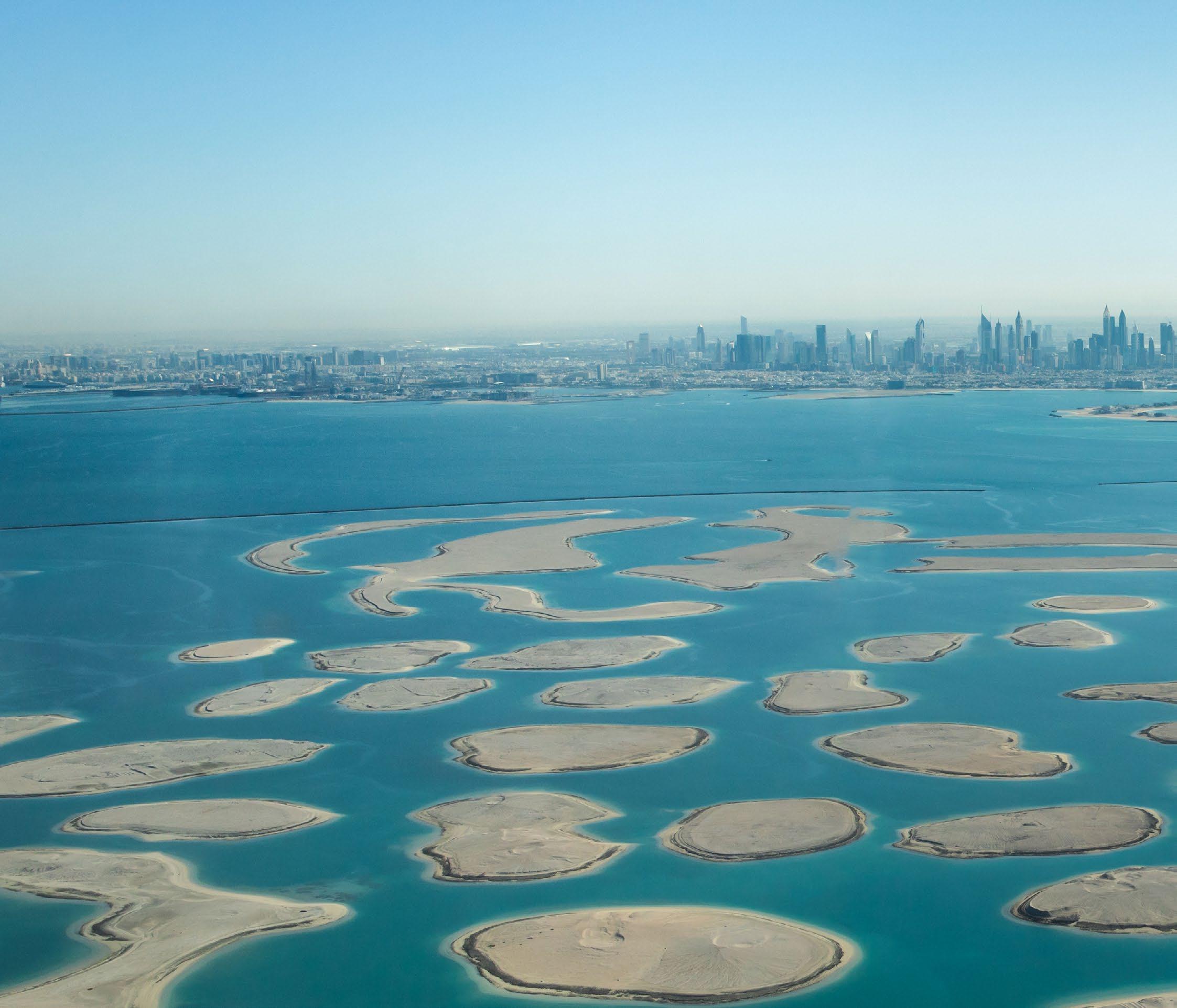
Imagine owning a private island in a man-made archipelago designed to resemble a world map. Picture sun-kissed moments surveying “Australia” from “India” or hosting lavish parties on “Greenland.” This audacious vision was the driving force behind The World Islands project, one of Dubai’s most ambitious real estate ventures launched in the early 2000s.
Conceived during a time of rapid economic growth and unprecedented ambition, the project was a bold statement of Dubai’s intent to establish itself as a global luxury destination. The World Islands, along with other grandiose projects like the Palm Jumeirah, epitomised the emirate’s meteoric rise and willingness to push the boundaries of possibility in real estate development.
However, the ambition that fuelled these projects carried significant risks. When the Global Financial Crisis hit hard, it exposed the vulnerabilities in Dubai’s speculative real estate market. Many of the islands on the putative global map were undeveloped, and the entire venture fell into limbo for years, a stark reminder of the perils of overextension. As
the market faced a severe correction—with property prices plummeting by up to 60%, according to Savills—developers and investors were forced to reconsider their strategies and priorities.
In the aftermath of the crisis, the UAE’s real estate market entered a period of reflection and recalibration. The focus gradually shifted from speculative, high-risk projects towards more sustainable and quality-driven developments.
“The projects are more real and constructible; we no longer see revolving towers or underwater hotels,” says Sam Issa, founder and managing director of Realpoint Real Estate Consultancy. This evolution, driven by strategic government investments and regulatory changes, laid the groundwork for a more mature market better equipped to navigate economic fluctuations and shifting demographics.
This approach has continued to pay dividends. Investor confidence remains robust, with Q1 2024 seeing a 35% quarter-on-quarter increase in transaction volumes across the UAE, reaching an all-time high of 35,100 units in Dubai
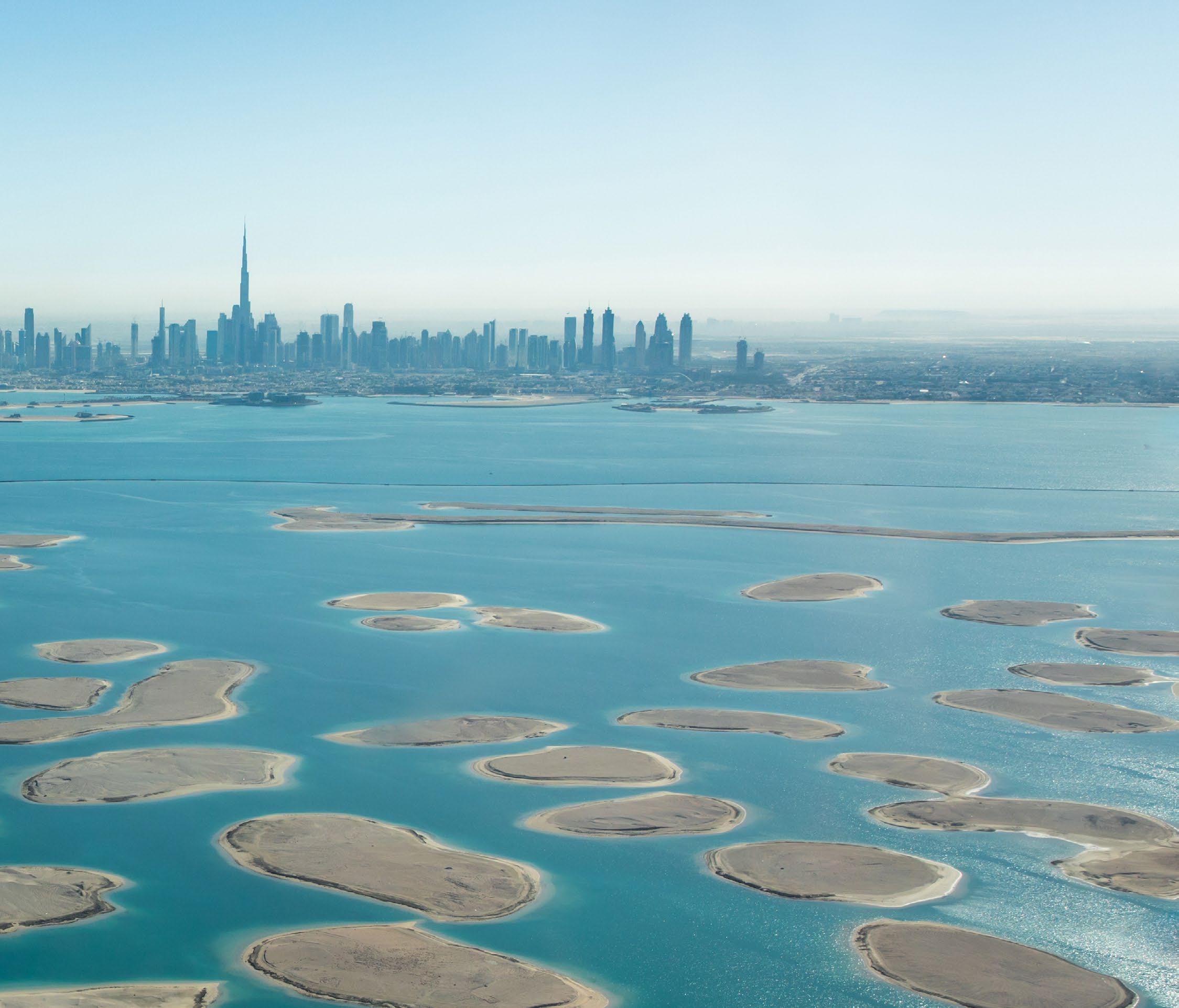
alone, according to Savills. Most of these transactions were for properties under construction, a clear indication of continued trust in the UAE’s long-term growth prospects.
“The luxury real estate market in Dubai and Abu Dhabi is holding up well, continuing to attract high-net-worth individuals and investors from around the world,” says John Varghese, managing partner at HLB. “This stability is underpinned by the UAE’s strategic government initiatives and investor-friendly policies, which have bolstered market confidence and attracted sustained foreign investment.”
Indeed, government investment in infrastructure has been a cornerstone of the UAE’s real estate evolution. Massive projects like the expansion of the Dubai Metro, the development of Dubai’s Al Maktoum International Airport, and enhancements to the road networks have significantly improved connectivity within the UAE, making the country more accessible and attractive to residents and investors.
Such infrastructure development is coupled with policies aimed at managing and supporting population growth. The
High-net-worth individuals from Europe, Asia, Russia, and the UK see the UAE as a safe and lucrative place to invest, particularly in Dubai and Abu Dhabi
UAE has seen a steady increase in population, driven largely by an influx of expatriates. This demographic shift has been facilitated by government initiatives such as the Golden Visa programme, which offers long-term residency to investors, entrepreneurs, and highly skilled professionals, further boosting demand for high-end residential properties.
Dubai’s latest evolution in the luxury real estate sector is perhaps best exemplified by the rise of branded residences. The city now hosts over 40 such developments, including high-profile projects like Armani Residences and The Residences by Dorchester Collection.
“Branded residences, such as those by Mercedes or Bugatti, are leading this market segment, offering investors and end-users a new level of luxury,” says Issa. “These developments are not just about living spaces; they are about the experiences and status that are part of a globally recognised brand.”
Moreover, the UAE’s commitment to sustainability has reshaped its real estate landscape, with projects like The Sustainable City and Dubai Harbour symbolising ecofriendly luxury and waterfront living. Developers in the UAE have increasingly integrated renewable energy solutions, green building practices, and water conservation measures into their projects, aligning with global sustainability trends.
“At Ellington, we’ve seen that discerning investors are increasingly looking for developments that combine luxury with sustainability, ensuring both a high quality of life and strong returns,” says Nick Young, head of business development at Ellington Properties.
Looking forward, the luxury real estate market in the UAE is expected to maintain its growth trajectory, driven by the ongoing rise of branded residences and luxury coastal developments. Knight Frank predicts a 13.5% rise in prime property prices in Dubai in 2024, fuelled by demand for these exclusive properties.
High-net-worth individuals from Europe, Asia, Russia, and the UK see the UAE as a safe and lucrative place to invest, particularly in
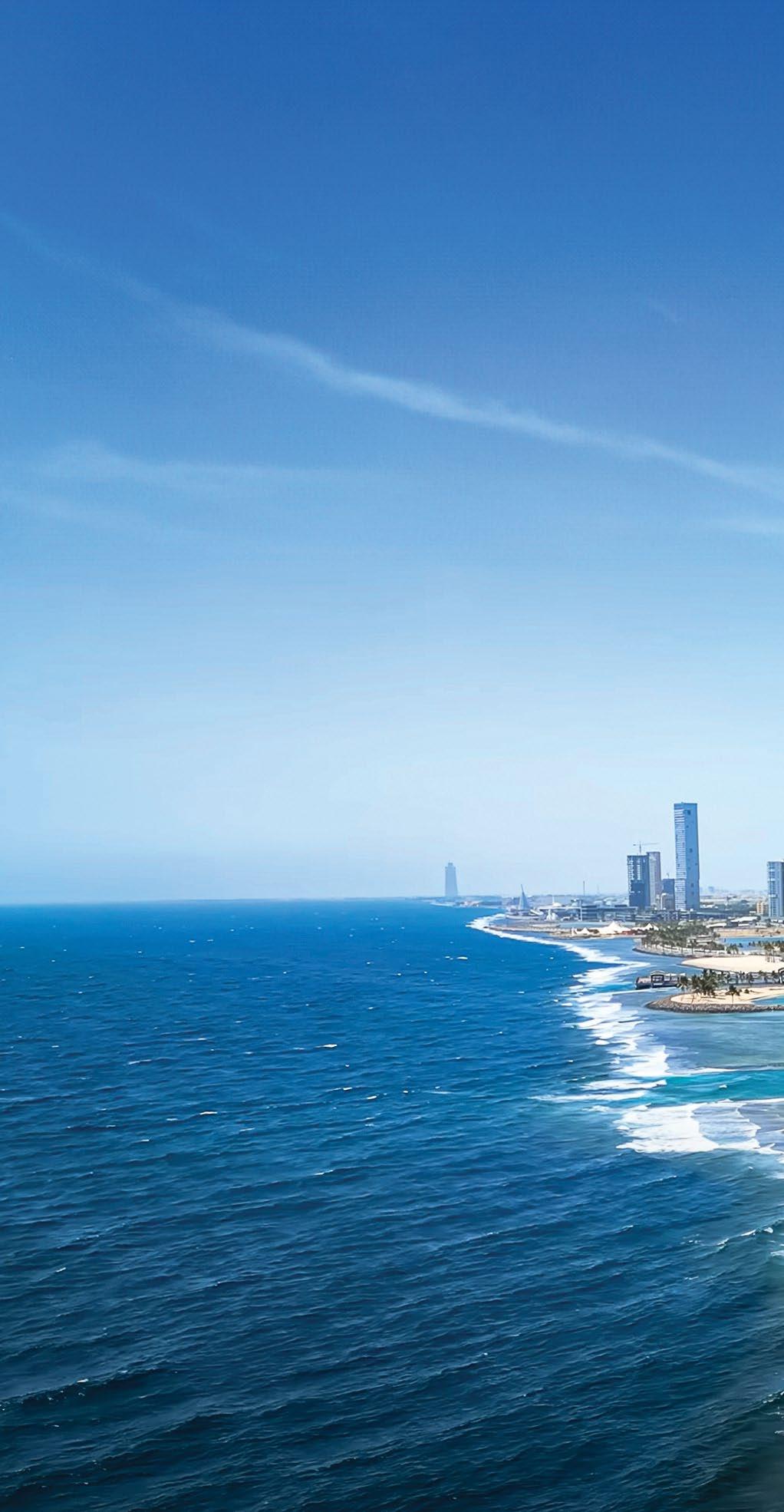
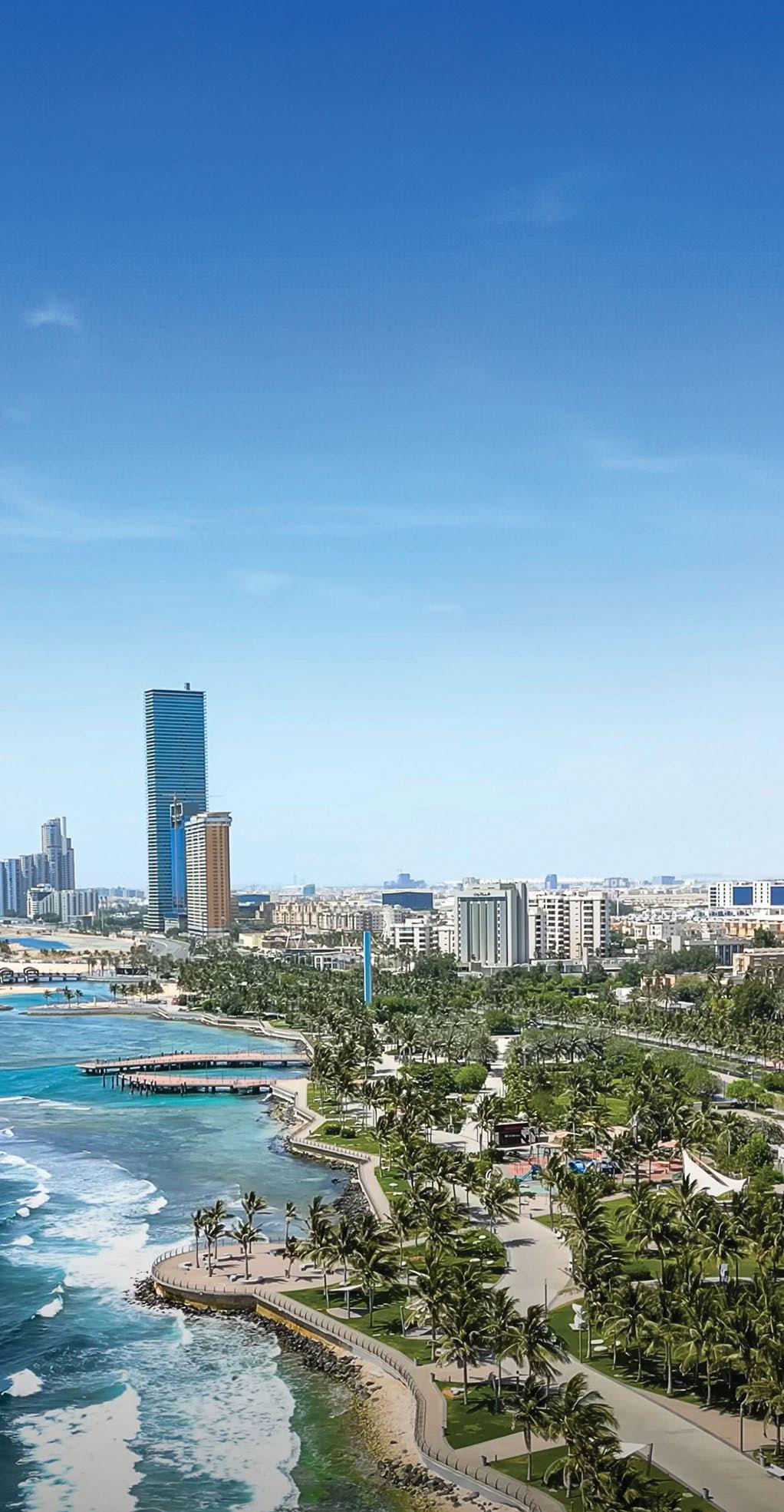
JEDDAH, SAUDI ARABIA’S MOST COSMOPOLITAN CITY, IS KEY TO THE KINGDOM’S AMBITIOUS GROWTH PLANS
Saudi Arabia’s real estate market is undergoing a significant transformation, driven by the ambitious Vision 2030 initiative, which seeks to diversify the economy away from oil dependency. Megaprojects such as NEOM, the Red Sea Development, and Qiddiya are at the forefront of this change, attracting substantial investments. NEOM alone is projected to draw USD500 billion, positioning Saudi Arabia as a key player in sustainable and smart city developments.
The residential sectors in Riyadh and Jeddah have experienced annual growth in property prices of 8-10% between 2023 and 2024, according to Knight Frank. Yet, challenges persist, including potential oversupply in high-end residential areas and a market still heavily reliant on government spending. Additionally, the evolving regulatory environment may pose risks for foreign investors. Faisal Durrani of Knight Frank highlights that while the opportunities are vast, investors must navigate these emerging challenges to fully capitalise on the kingdom’s real estate potential.
PRICES AT THE PEARL DOHA APPRECIATED BY APPROXIMATELY 5-7% IN 2024
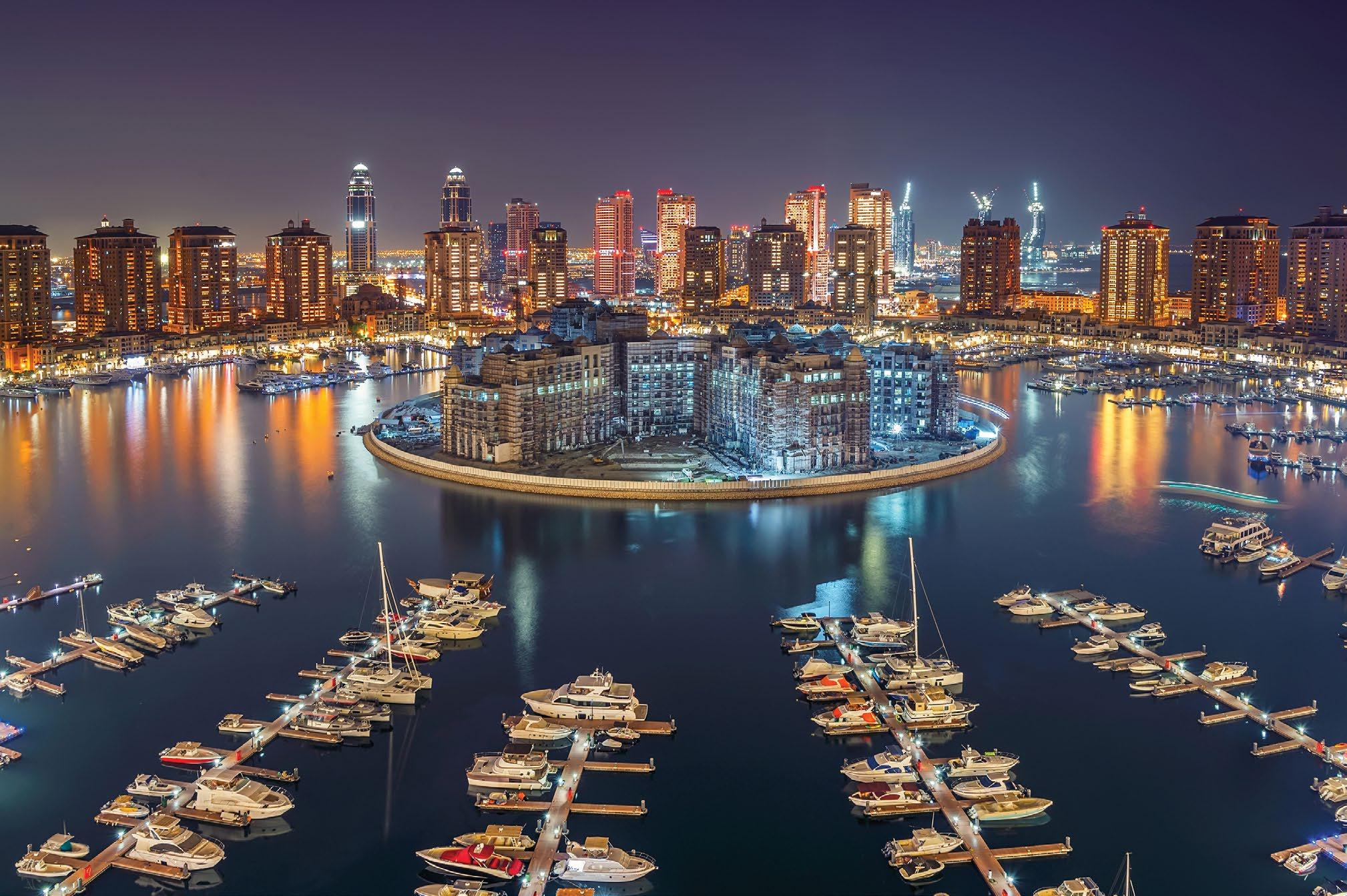
Dubai and Abu Dhabi. To tap into the lucrative Asian market, developers like Emaar and DAMAC have established offices in key cities such as Hong Kong and Beijing, effectively reaching potential investors through localised strategies.
“Major developers have already set up offices in and around Asia, while smaller developers focus on social media campaigns and roadshows,” says Issa. “For instance, DAMAC’s recent WeChat campaign in China has highlighted the effectiveness of targeted digital marketing in engaging this audience.”
This strategic focus on Asia is complemented by the UAE’s favourable tax environment. The UAE’s tax advantages are particularly appealing compared to other global hubs like London or New York. While the UK and US impose substantial personal income taxes—up to 45% in the UK and 37% federally in the US, with additional state taxes—the region offers a tax-efficient alternative with no personal income, wealth, or capital gains taxes.
“The absence of personal income tax, wealth tax, or capital gains tax remains a major attraction,” notes Varghese. “This, along with the strategic location and world-class infrastructure, solidifies its position as a premier destination for global investors.”
Following the successful 2022 FIFA World Cup, Qatar’s real estate market remains robust, supported by ongoing infrastructure enhancements and economic diversification efforts. Luxury developments in areas like The Pearl and Lusail City continue to thrive, with property prices appreciating by approximately 5-7% in 2024, as reported by Knight Frank.
The government’s ambitions to create sustainable, highend residential communities and attract foreign investment have fortified the market’s resilience. However, potential oversupply in the residential sector and a heavy dependence on foreign capital present challenges.
The complex legal and regulatory framework for foreign investors may also deter some, adding an element of risk. According to CBRE’s Johnny Archer, Qatar’s market is evolving with significant opportunities in both residential and commercial sectors, particularly driven by sustainability initiatives that attract eco-conscious investors.

Despite these strengths, the market is not without its challenges. Developers must navigate regulatory complexities that can complicate project timelines and increase costs. Additionally, intense market competition necessitates a focus on innovation and quality to maintain an edge.
“To stay ahead, we must continuously innovate, ensuring that our projects meet the highest standards of quality and sustainability,” says Young.
Still, the market has weathered storms that would have sunk lesser ventures, adapting from the speculative fervour of the early 2000s to a more sustainable, quality-driven approach. As Varghese notes, “The UAE’s strategic initiatives and commitment to quality will be crucial in maintaining its position as a global leader in luxury real estate.”
Renewed interest and fresh investments have recently breathed new life into The World Islands. In the end, the audacious development might just be the perfect emblem for the region’s real estate market: a bold vision that, after years of trial and reinvention, has finally cemented its place on the world stage.
Turkey’s real estate market continues to attract international investors due to its strategic location, bridging Europe and Asia. Istanbul remains a prime hotspot, with property prices increasing by around 15% in 2023, driven by strong demand from Middle Eastern and European buyers.
The Turkish government’s citizenship-by-investment programme has further fuelled interest in the luxury segment, particularly in coastal areas like Bodrum and Antalya. According to CBRE, Istanbul offers competitive rental yields, making it an appealing option for investors.
Still, the market is not without its risks. Economic challenges, including high inflation and currency volatility, can impact investment returns, while the unpredictable political landscape may deter some foreign investors. Matthew McFarland of JLL notes that despite these uncertainties, Turkey’s growing tourism sector and major infrastructure projects, such as the Istanbul Canal, are expected to enhance the country’s appeal as a real estate investment destination.

A new era for Niseko’s wintry property market dawns with the sunset of Japan’s negative rates regime and a potential rise of the yen
BY AL GERARD DE LA CRUZ
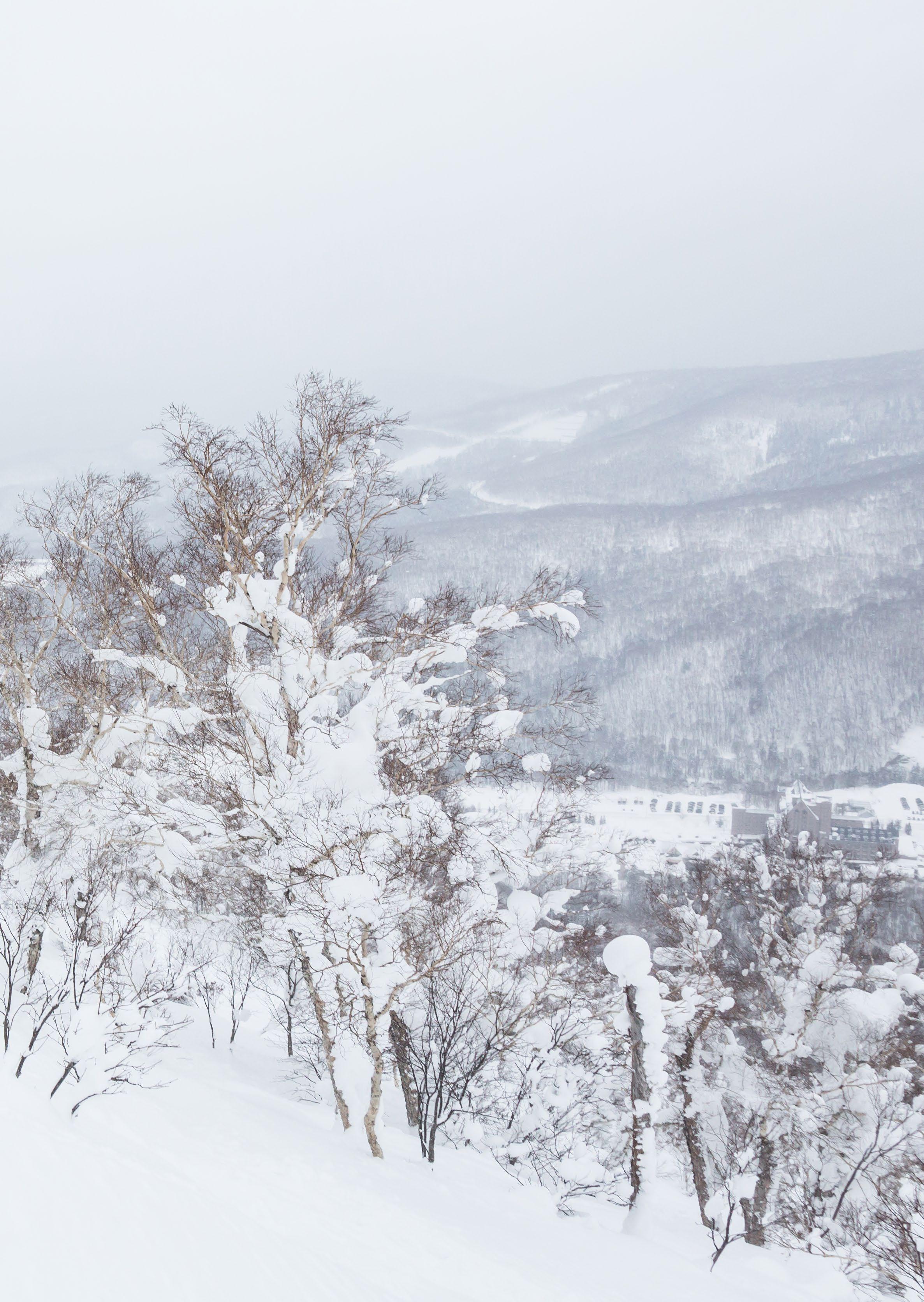

Economist Simon Kuznets famously said there are only four types of economies in the world: advanced, developing, Argentina, and Japan.
He would not live to see Japan’s “Lost Decades” when the economy rappelled down years of zero to negative interest rates.
In a surprise move, the Bank of Japan this year raised its near-term interest rate for the first time since 2007. The hike, which promptly roiled stock markets, delivered a stunning coda to Japan’s long period of loose monetary policymaking, marked by plenty of stimulus, quantitative easing, and cheap yen.
Sellers in Japan have long been cognisant of the yen’s value, which inversely affects property price points. Tokyo remains a highly institutional property market focused on currency hedging, but Greater Niseko is slaloming on a different slope.
With reasonable valuations and an ice-cold cachet, this retail market will likely maintain its steady ascent, according to Eddie Guillemette, chief executive of the property management and hospitality company Midori no Ki (MnK). “It’s a very resilient market because people enjoy skiing. There aren’t that many places to do winter sports in Asia.”
The weak yen has been a boon for inbound travel as much as Japan’s decades-long carry trade with Wall Street. “Tourism AN INCREASE IN

is the lifeblood of Niseko,” says Guillemette. “The increase in visitor arrivals has helped improve the rental yields for property owners and led to new buyers.”
Niseko, which experienced an Australian-led renaissance after the 1990s asset bubble burst, relied on government subsidies to sustain domestic tourism during the pandemic. Inbound travel has since recovered. From January to April, the number of foreign visitors to Japan surpassed those recorded during the same frame in 2019.
“Last year was our first real year. There was a massive and almost instant rebound,” says Gregory Hough, managing director of property management and holiday rental
Hakuba, a ski destination within a three-hour drive from Tokyo, has seen surging tourism from markets like Taiwan, Hong Kong, and Singapore. The area, once the preserve of Australian skiers, dramatically benefited from domestic tourism during the Covid-19 pandemic.
This growth has converted to vigorous property development, spurred on by rising demand for holiday rentals. While traditional Alpine-style chalets still dominate the market, condominium projects have poured into the snowy valley.
“Hakuba, with its proximity to Tokyo, is a sleeping giant,” says Bill Barnett, founder of the property consultancy C9 Hotelworks. “It needs more brands to grow the name but it is increasingly becoming a popular alternative for skiers to Niseko.”
Despite its proximity to Tokyo, Hakuba remains challenging for international tourists due to complex travel logistics involving multiple transfers. In contrast, Niseko offers a more straightforward route via Sapporo, with the New Chitose Airport improving accessibility for overseas travellers.
Hakuba’s vast, dispersed layout also means visitors could be far apart from each other at a given time, unlike Niseko’s centralised “village” setup. Though Hakuba boasts larger mountains, it receives less snow compared to Niseko.
“There is a growth story here but it’s a work in progress,” says Barnett.
It’s still amazing to me to see people, from Southeast Asia in particular, visit snow for the first time. There’s a growing middle class. It’s interested in snow sports, and Niseko is a lot closer than Europe or North America
company Niseko Portfolio and Explore Travel Group. “The timing of this rebound was helped along by the weakening yen.”
Complicating things is the changing face of tourism in Niseko. While Australia, Hong Kong, Singapore, and the US remain key source markets, those from Mainland China, Thailand, Malaysia, and the Philippines are on the rise.
“In Niseko, resort real estate is an emotional buy versus urban real estate,” says Bill Barnett, managing director of the real estate and hospitality consultancy C9 Hotelworks.
Currency fluctuations can trigger existing owners to sell and take profits, creating dynamic primary and resale markets with a broad mix of investors from variable home currencies. For instance, the Singapore dollar, Asia’s top-performing currency, lost 1.5% against the yen following July’s second interest rate hike.
“What we’re seeing is that a lot of people are not wanting to sell secondary products because they’re going to sell in yen and then they’re going to repatriate those funds and lose a hell of a lot on forex,” says Hough.
The Niseko market luckily has limited leverage, and such a minimal level of exposure to private debt may allow it to quietly accommodate the interest rate hikes. MnK reports that most owners of its landed projects paid in full with cash.
A stronger yen could allay Japan’s notoriously high construction costs, which have soared alongside increasingly expensive steel and building material imports, combined with labour shortages. Rising costs have caused delays in both approved and ongoing projects in Niseko, with post-pandemic
construction expenses escalating by up to 50%.
“Several large hotel projects have slowed down due to soaring costs,” says Barnett. “This opens opportunities for individual properties to take advantage of high demand in peak season and obtain strong rental yields.”
Given the state of construction, landed houses in Niseko stand to benefit from high replacement costs over time. In general, buildings that are close to the mountain, less than 10 years old, well-constructed, and properly managed tend to appreciate quickly.
Hirafu, home to Niseko’s original ski lifts, saw its average condominium selling prices soar to USD14,644 per square metre last year, according to C9 Hotelworks.
Ski-in and ski-out projects still perform very well, commanding premiums over landand-house developments. “There’s only so many that can be ski-in, ski-out because the geography just limits it,” says Guillemette. “Older condos outside the ski-in, ski-out zone tend to hold their value in an arc. They go up in the first few years. Then they come down and level off until they’re renovated.”
Land values in Niseko have consistently risen by 5% to 10% annually for the past decade. In 2023, commercial and retail plots appreciated by 8% while residential plots grew by 1%, according to C9 Hotelworks, citing ministry data.
While initially costly, mountain-adjacent land with features like hot spring connections eventually trails farther plots, which tend to be cheaper at first, in price gains. “A hundred-thousand valuation can easily be
HOKKAIDO’S VISUAL CHARMS ARE AS OBVIOUS IN SPRING AND SUMMER AS THEY ARE DURING THE COLDER MONTHS

Returns on Niseko investments can suffer from the market’s inherent seasonality. Occupying the property during peak periods like Christmas or the Lunar New Year, for example, will naturally reduce yields. While some properties impose no limits on owner stays, other management contracts cap extended stays to ensure revenue.
Niseko can attract heat-oppressed locals during the lean summer months when temperatures stay as mild as 23°C compared to Tokyo’s sweltering 36°C. But the business model can still be frosty towards yield seekers.
“The summer yield is very low because it’s a domestic market that just won’t pay the price,” says Gregory Hough, managing director of the holiday rental company Niseko Portfolio and Explore Travel Group.
The Japanese government has joined the private sector in efforts to promote Niseko as a year-round destination, with an array of non-winter activities like biking, camping, golfing, hiking, and rafting. Event organisers have initiated gatherings like festivals and movie nights in hopes of attracting visitors.
Midori no Ki (MnK), which established the EdVenture summer camp in 2011, has been an active proponent of turning Niseko into a more holistic holiday hub. The property management and hospitality company plans to expand its efforts, building dormitories and an activity centre that can attract families to the resort.
“What’s there to do in summer? My answer is always everything,” says MnK CEO Eddie Guillemette.
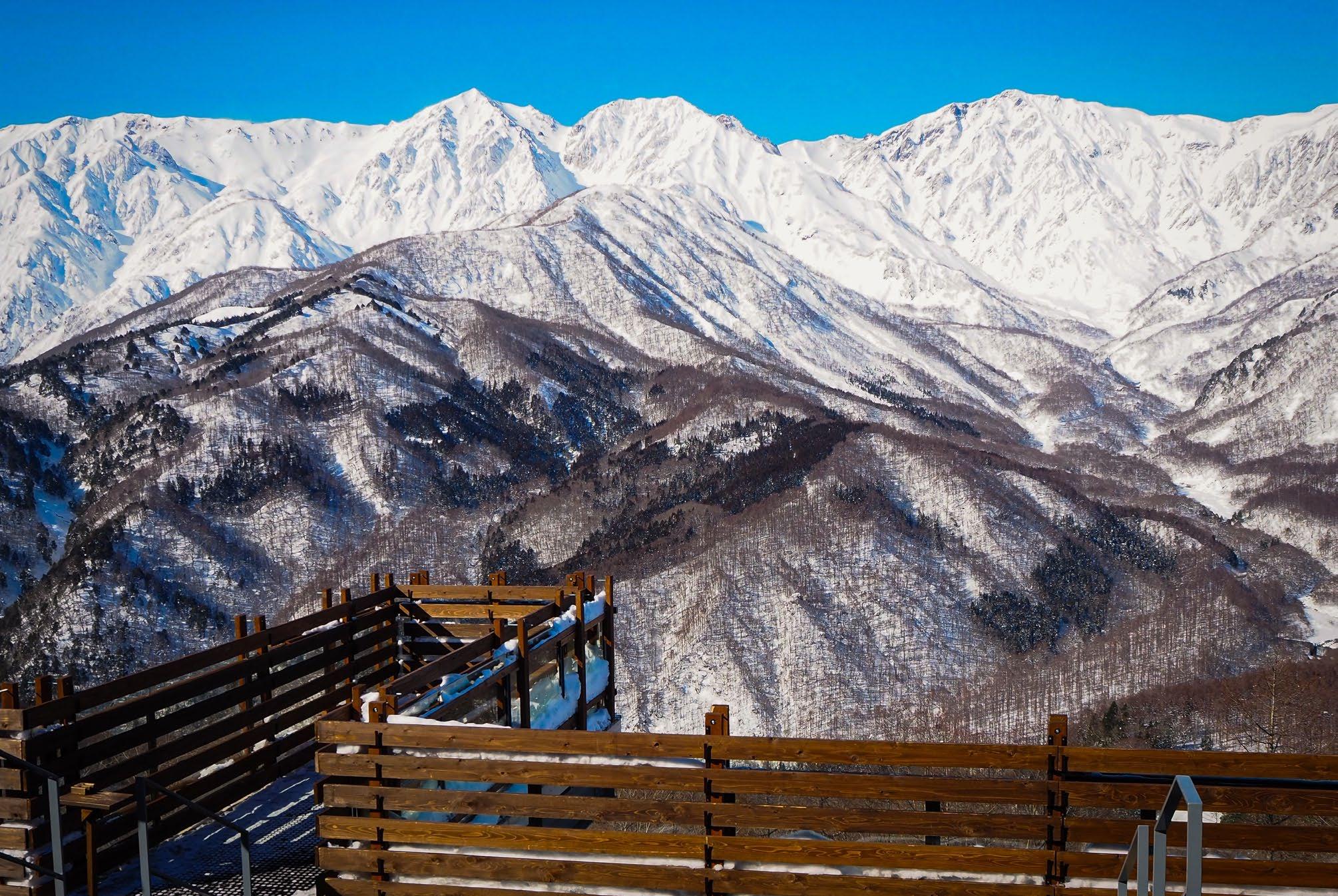
200,000 in a few years, but one million is not going to be two million in a couple years,” says Guillemette.
Towards the end of 2023, Niseko had 2,877 units of properties in development, according to C9 Hotelworks research. Around 60% of supply was concentrated in Hirafu where 48% of future projects were also located. The privately owned, master-planned Hanazono area followed with 34% of supply while Higashiyama and Niseko Village accounted for 8%.
The Kutchan area is set to “roar” ahead, with a potential yet to be fully realised, predicts Barnett. “One thing that is still missing from this market is co-living at a high level, and whoever can tap this will be successful, given the sheer growth in seasonal workers who need accommodation and activities.”
Supply of residential developments last year jumped annually by 39%, a surge that has contributed to decelerating absorption rates. With newly built units coming online at starting prices of USD600,000, up from USD400,000 previously, returns could be squeezed anywhere between 1% and 3% over the next few years, Hough predicts.
The seasonality of Niseko is ultimately to blame. “There’s this reliance on three or four months of actual, real good, solid yield and revenue, and then the rest of the year is of a lot less,” says Hough. “If it’s instant gratitude, year-on-year, short-term returns, then Niseko is at a cycle where you’re probably not going to get those.”
As a mid to long-term investment, however, Niseko is still a hot proposition. The vision of bullish capital gains and property ownership in a desirable destination—being groomed as the next Winter Olympics venue—could ice out concern with the central bank’s unpredictability.
“It’s still amazing to me to see people, from Southeast Asia in particular, visit snow for the first time,” says Guillemette. “There’s a growing middle class. It’s interested in snow sports, and Niseko is a lot closer than Europe or North America.
“The fact that there’s an enjoyment element to it means that people are less tied to this specific level of the currency.”
JAPAN’S HIGH CONSTRUCTION COSTS HAVE CAUSED DELAYS IN BOTH APPROVED AND ONGOING PROJECTS IN NISEKO
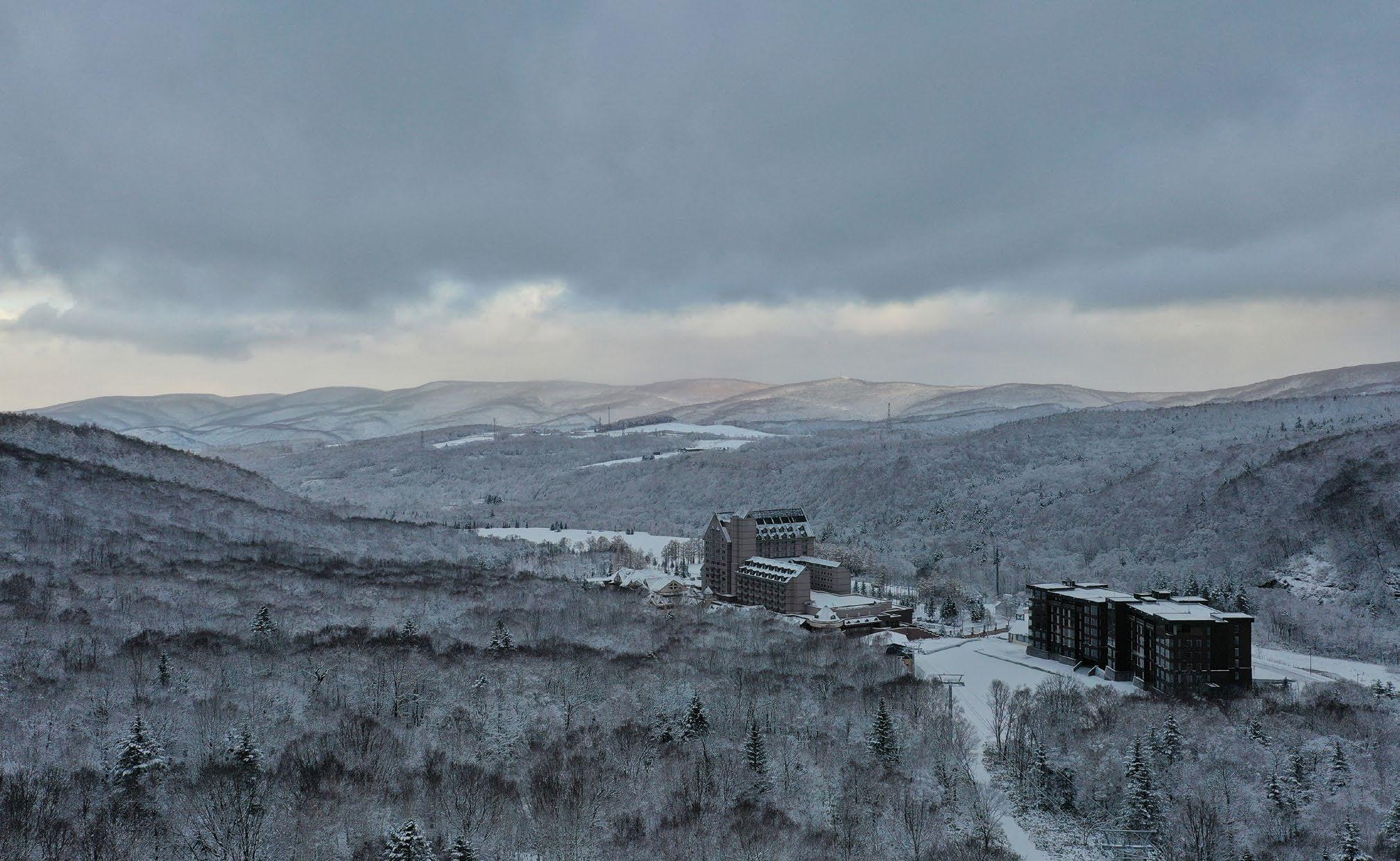
A major hurdle that the Niseko economy needs to surmount is staffing. The labour crunch is a nationwide issue, driving high construction costs and a shortage in the service workforce.
“Japan’s greying population is an increasing problem, and the only answer is to create migration opportunities and easier importation of skilled labour at affordable costs,” says Bill Barnett, founder of the property consultancy C9 Hotelworks.
While Japan is issuing more skilled worker visas, its migration policy is still highly regulated. The recently more lenient admission of foreign workers has also
been focused on big cities like Tokyo, leaving Niseko, heavily dependent on seasonal workers, out in the cold.
“We haven’t quite had any of that positive impact quite yet,” says Gregory Hough, managing director of the property manager Niseko Portfolio and Explore Travel Group. “Hopefully it’ll come, but I think we’ve still got a little way to go up here, being able to tap into some of that resource.”
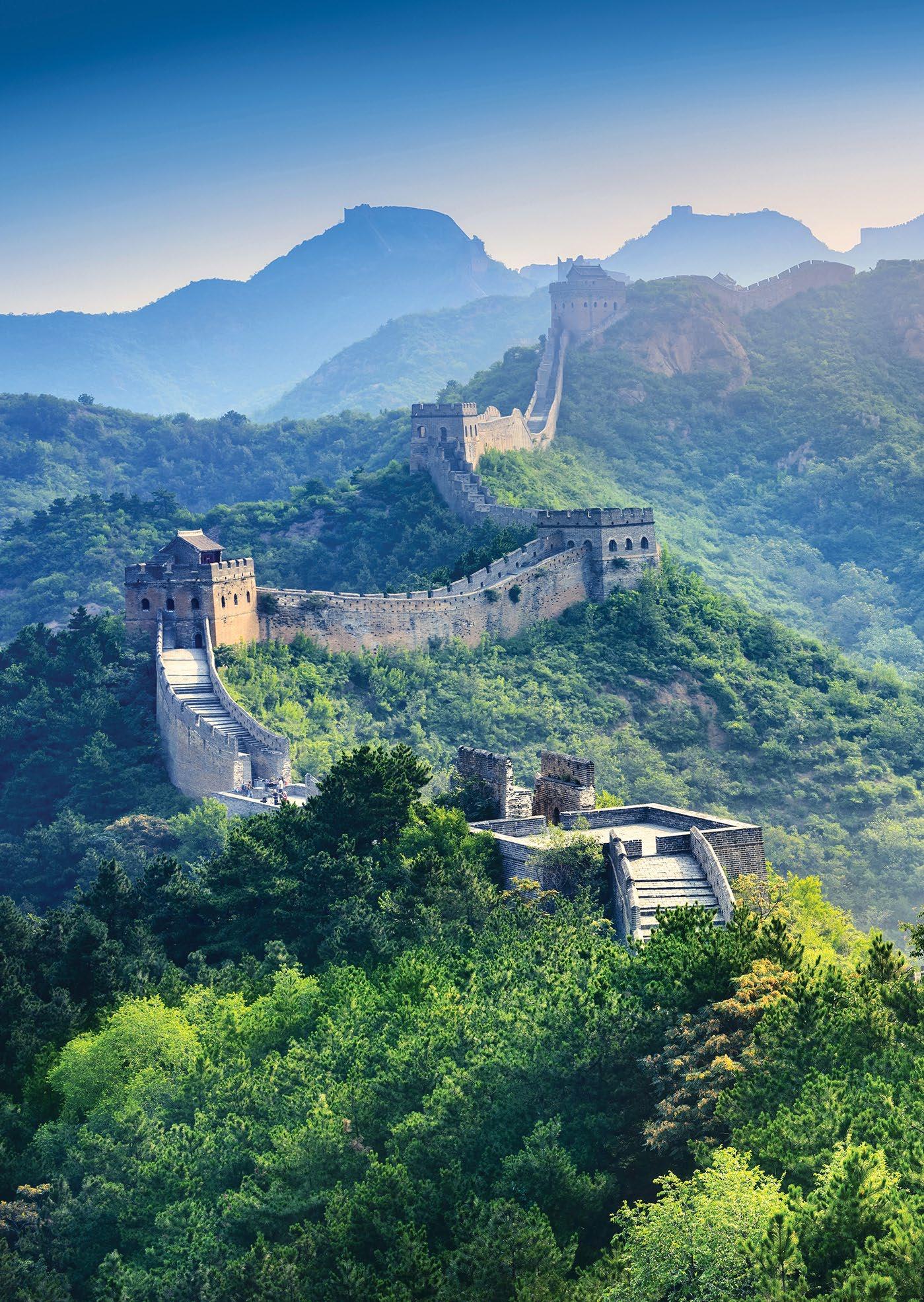
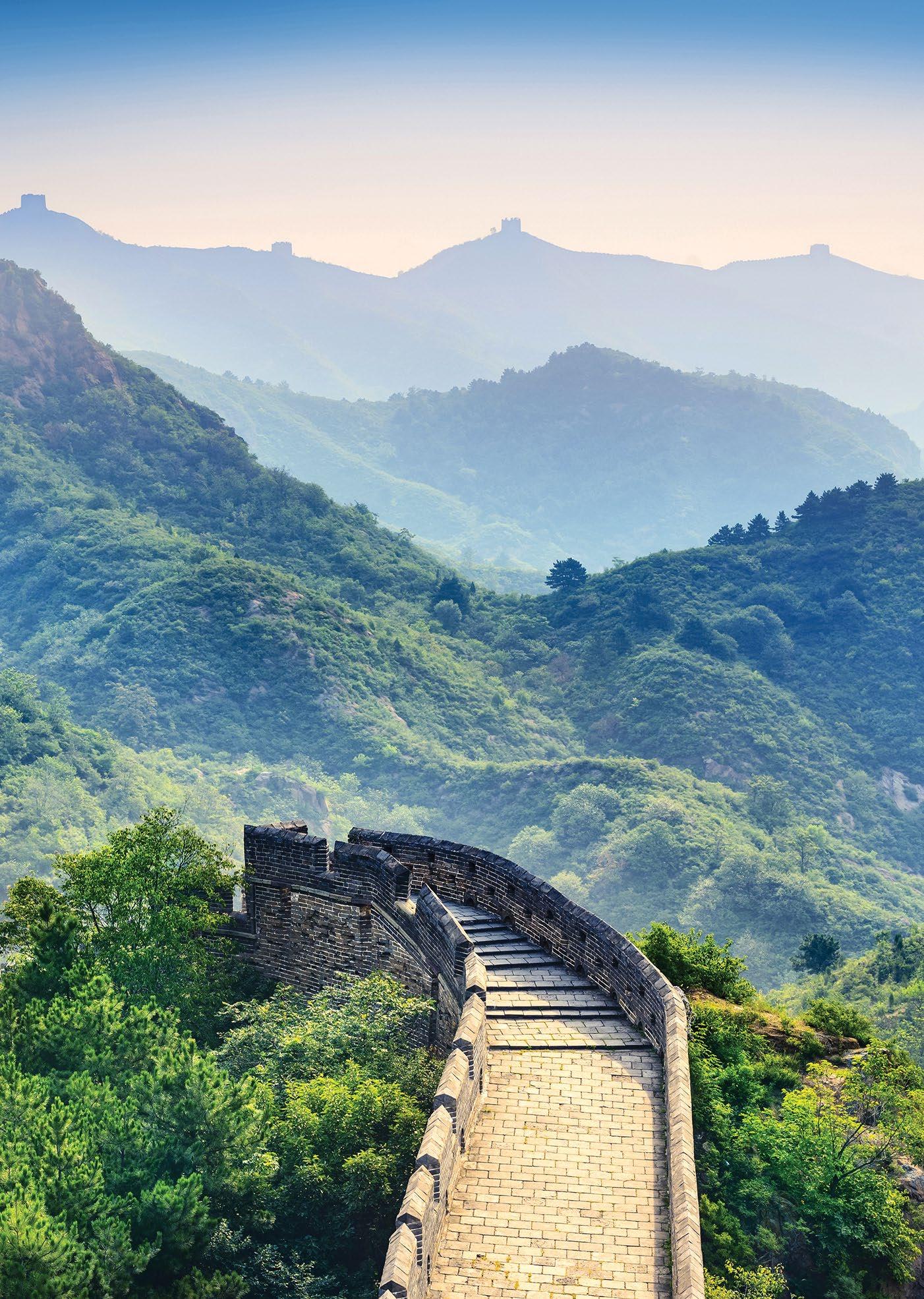
China’s property slump has been gruelling for investors and developers alike. Yet state stimulus measures, designed to shock the market back to life, appear to be helping
BY STEVE FINCH
SHANGHAI REGISTERED AN UPTICK IN PRICES OF 0.2% IN JULY VERSUS THE PREVIOUS MONTH
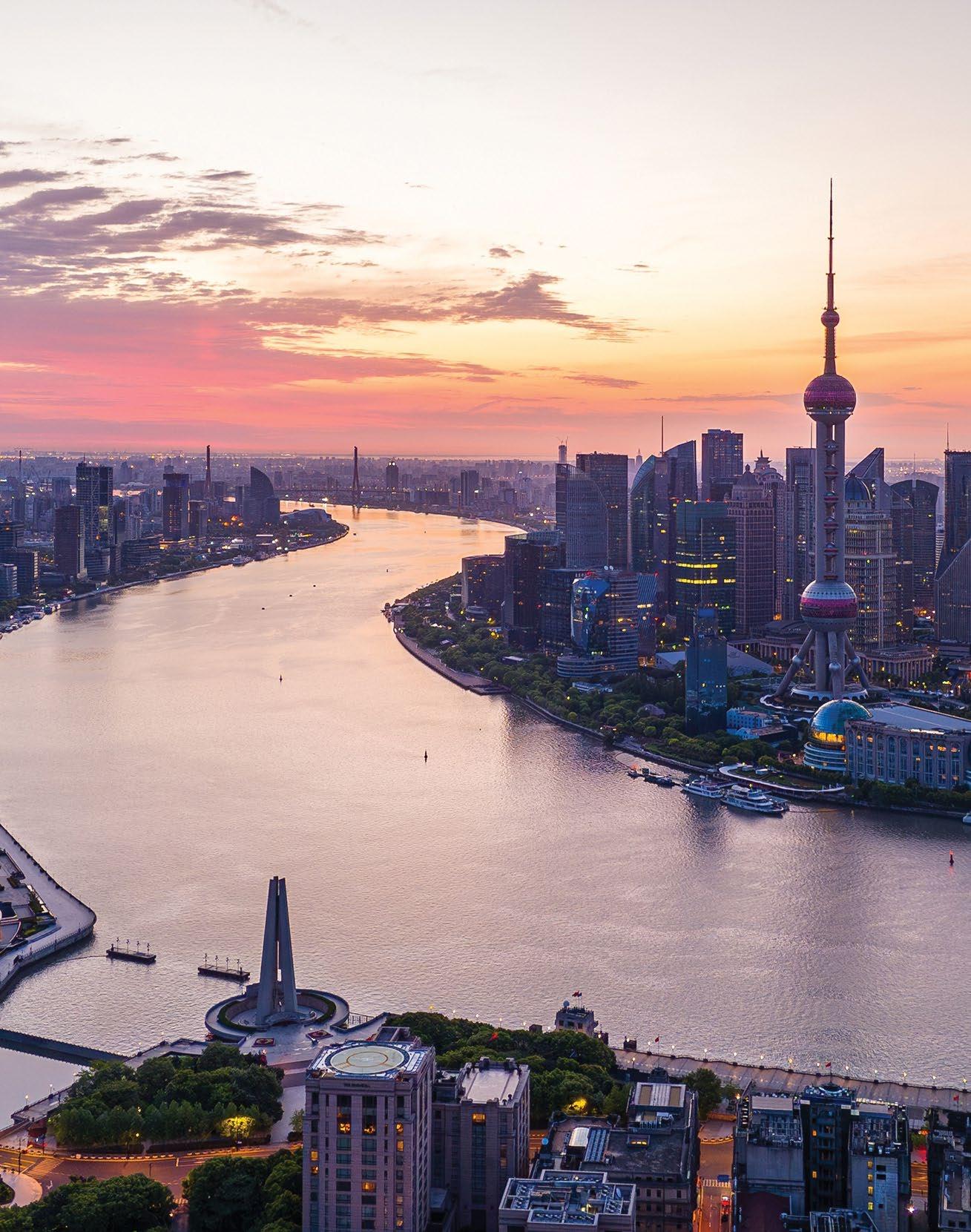
Overall, the 2024 stimulus appears more expansive compared to 2014, potentially signalling the government’s intent to provide greater support to the real estate market
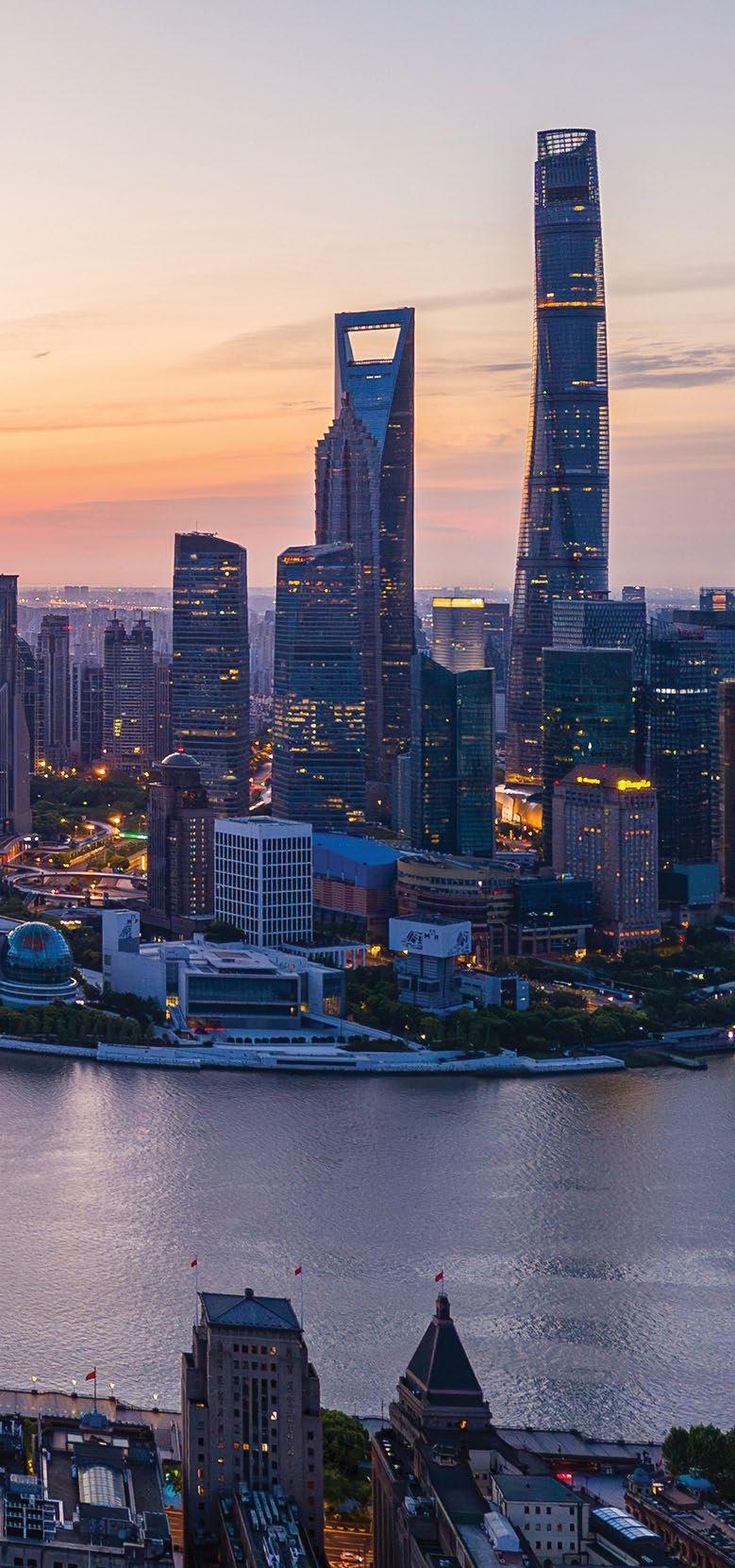
There were few signs of life when China’s National Bureau of Statistics reported its latest housing market data in August. New home prices in the 70 largest cities in the country were down 4.9% on average compared to a year earlier, their lowest in nine years.
This was the 13th month in a row that prices had fallen. However, there were also signs, however small, that an end to the ongoing housing crisis may finally be in sight. Although prices fell again in July, this was at the same rate as in June, indicating the runaway train demise of the Chinese housing market may be coming to a halt.
A few green shoots have started to appear among the red numbers in the data and wrecked confidence that has typified recent doom and gloom around the Chinese market. Shanghai registered an uptick in prices of 0.2% in July versus the previous month, as did Xi’an in central China.
Prices in Taiyuan and Jilin in the north of the country remained unchanged. Of 70 of the country’s cities, four had seen prices stabilise in July. Following months of house price declines, corporate defaults at the country’s biggest developers, and talk of a housing crisis that seemingly never ends, these may be the first signs that the respite is in sight. Is there finally cause for cautious optimism, or is it yet another false dawn?
Support from Beijing has helped create more positive conditions. In mid-May, the Chinese government unveiled drastic measures to halt the market slide. The People’s Bank of China announced a rescue package whereby RMB300 billion (USD41.5 billion) would be mobilised to buy up unsold housing stock.
Explaining the new policy, Vice Premier He Lifeng instructed city governments to convert excess inventory to affordable housing, which would both funnel muchneeded income to the industry’s struggling developers and offer cheaper housing to lower-income families.
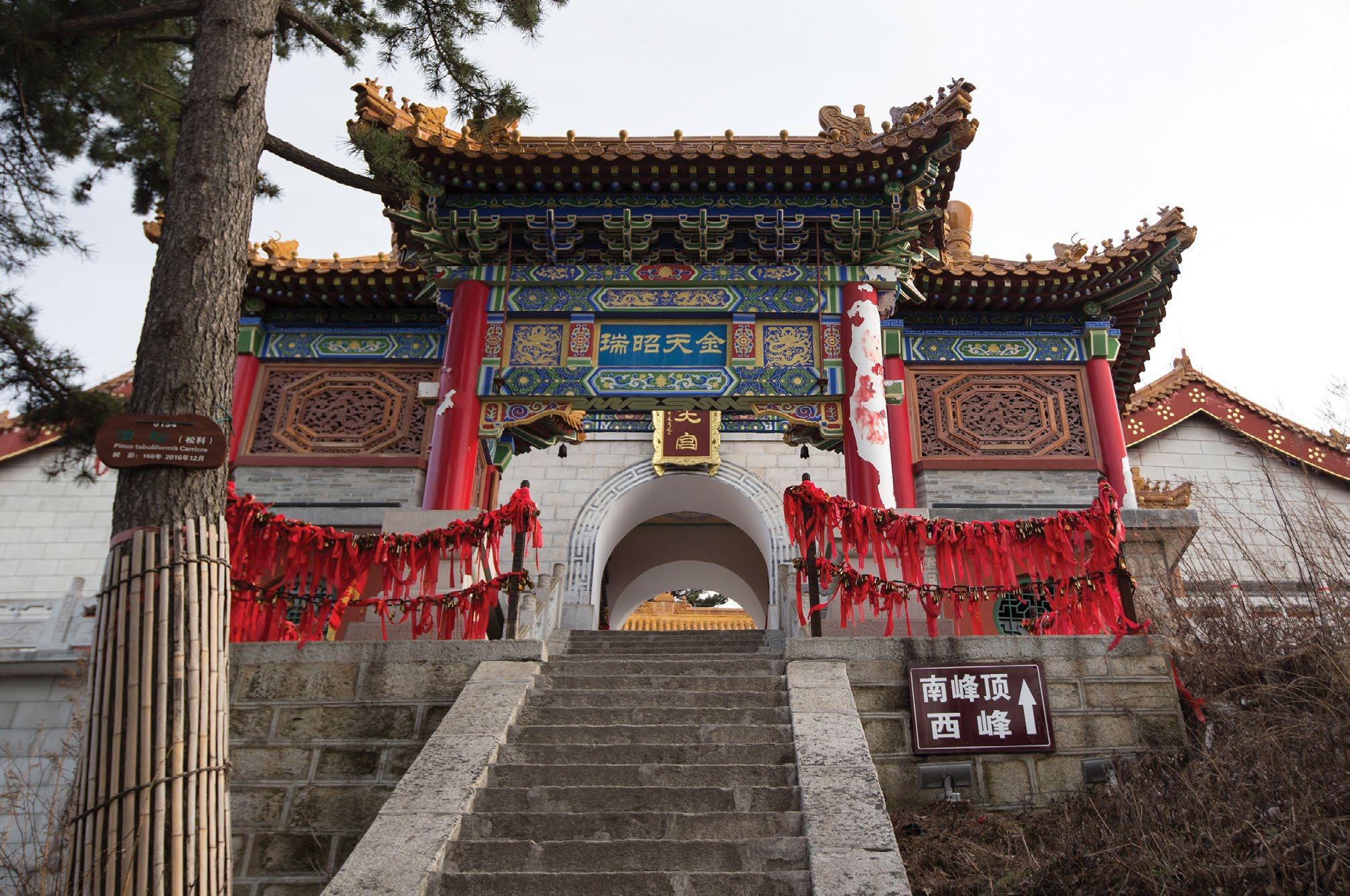
Not since a decade earlier, in 2014, had the Chinese government implemented such “drastic market stimulation measures”, says James Woo, executive director and cohead of valuation and advisory services at Colliers China, in Beijing.
Additional measures designed to shock the market back to life, after years of curbs on runaway prices, have also been introduced, adds Woo. Downpayments on properties, reduced to between 20-30% for first and second homes in 2014, are currently lower at 15-25%, he says.
Mortgage lower limits have also been reduced. In 2014, this rate minimum stood at 3.43%; in 2024, the bottom end has been removed entirely except for in Beijing, Shanghai, and Shenzhen at between just 3.05-3.15%.
“Overall, the 2024 stimulus appears more expansive compared to 2014, potentially signalling the government’s intent to provide greater support to the real estate market,” says Woo.
In a less noticed move by the Chinese government, in late July, the State Council released its five-year urbanisation plan, a blueprint for increasing the country’s migration rate
from rural areas with the aim that 70% of the population would live in cities by the end of the decade.
Although designed principally to raise disposable incomes and encourage consumption, the plan will increase demand for housing in cities in the medium term, says David Zhang, an analyst at the China-focused consultancy Trivium.
“Urbanisation is a drawn-out process and won’t reverse China’s ongoing property slump anytime soon,” comments Zhang. “The hope is that, in the long run, a constant stream of new urbanites can support the property sector’s transition towards a stable and healthy growth model.”
Confidence in the housing market and the wider economy remains “shaky”, adds Zhang, and is a key factor as the government and private sector seek out solutions to turn the market around. Following years in which prices kept rising, and ordinary Chinese buyers believed the upward trend would never end, suddenly the largest asset most of the population will ever own has fallen in value and continued to do so for more than a year, an unprecedented situation for many.
Continued distress among the largest developers in the
THE CHINESE GOVERNMENT AIMS TO INCREASE THE COUNTRY’S MIGRATION RATE FROM RURAL AREAS TO CITIES
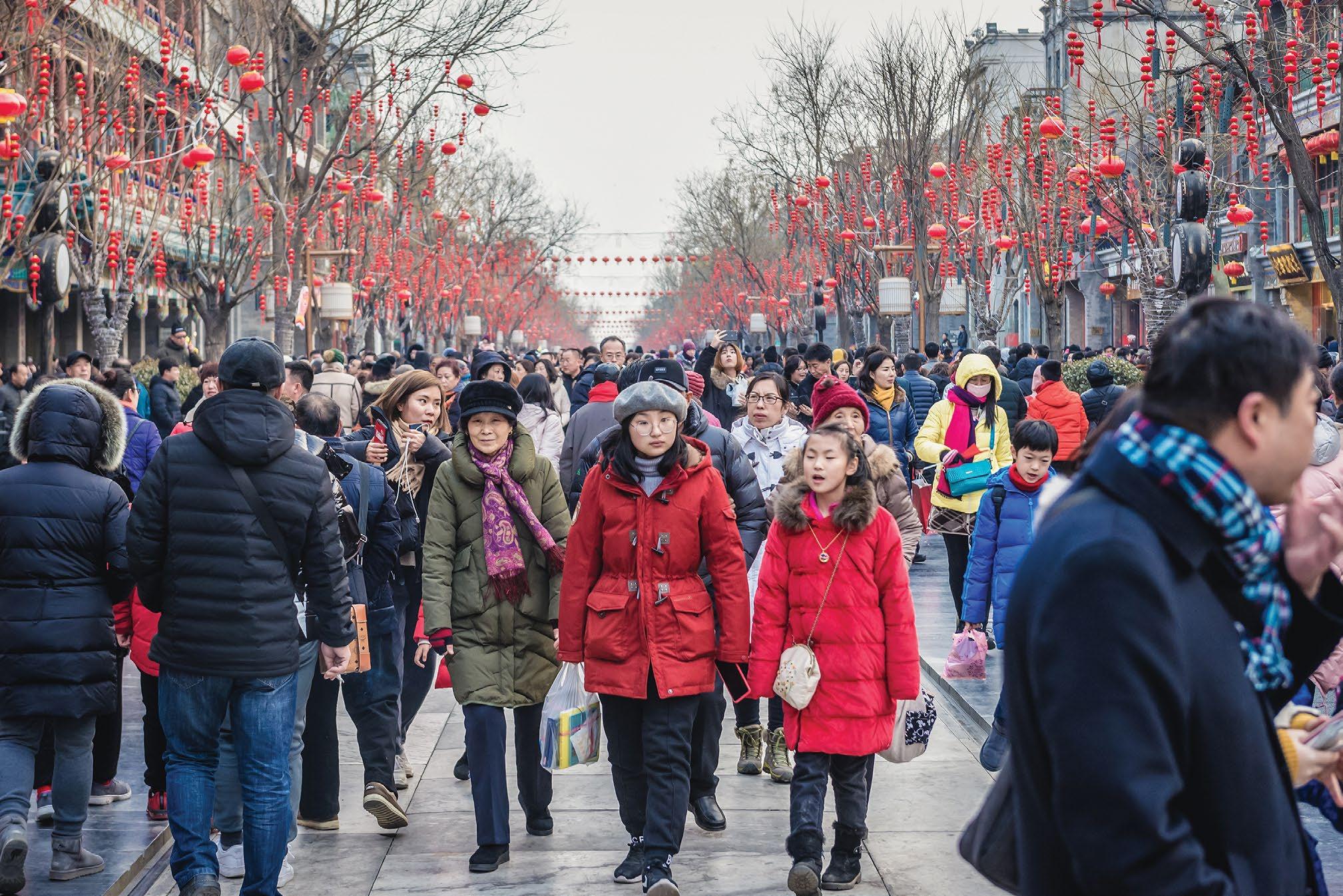
Embattled property developer Kaisa announced in late August it had reached what it termed a “restructuring support agreement” on an estimated RMB226.4billion (USD31.7billion) of debt as it bids to avoid liquidation.
The company plans to issue new bonds with a combined value of USD 5billion to pay off upcoming debt. Hong Kong-listed Kaisa is among the most indebted Chinese developers amid a property crisis that has caused several of the country’s largest home builders to fight for survival.
Evergrande and Country Garden are similarly searching for solutions to pay off debt and satisfy creditors in the hope of avoiding liquidation. While announcing its debt restructuring plan, Kaisa says it expected even bigger half-year losses for the period up to the end of June than recorded a year earlier.
The developer announced it anticipated losses to reach between RMB8.8-9.8billion (USD1.23-1.37 billion) for the period, up on the RMB6.6billion (USD924.8billionn) losses the company announced after the first half of 2023.
Kaisa said its key problems remain a lack of income derived from its developments amid the continued slowdown in transaction volumes, low prices, and sluggish new development activity. Kaisa became the first Chinese developer to default on dollar-dominated bonds back in 2015, before rival Evergrande began experiencing similar debt concerns which came to typify recent financial problems seen at China’s largest developers.
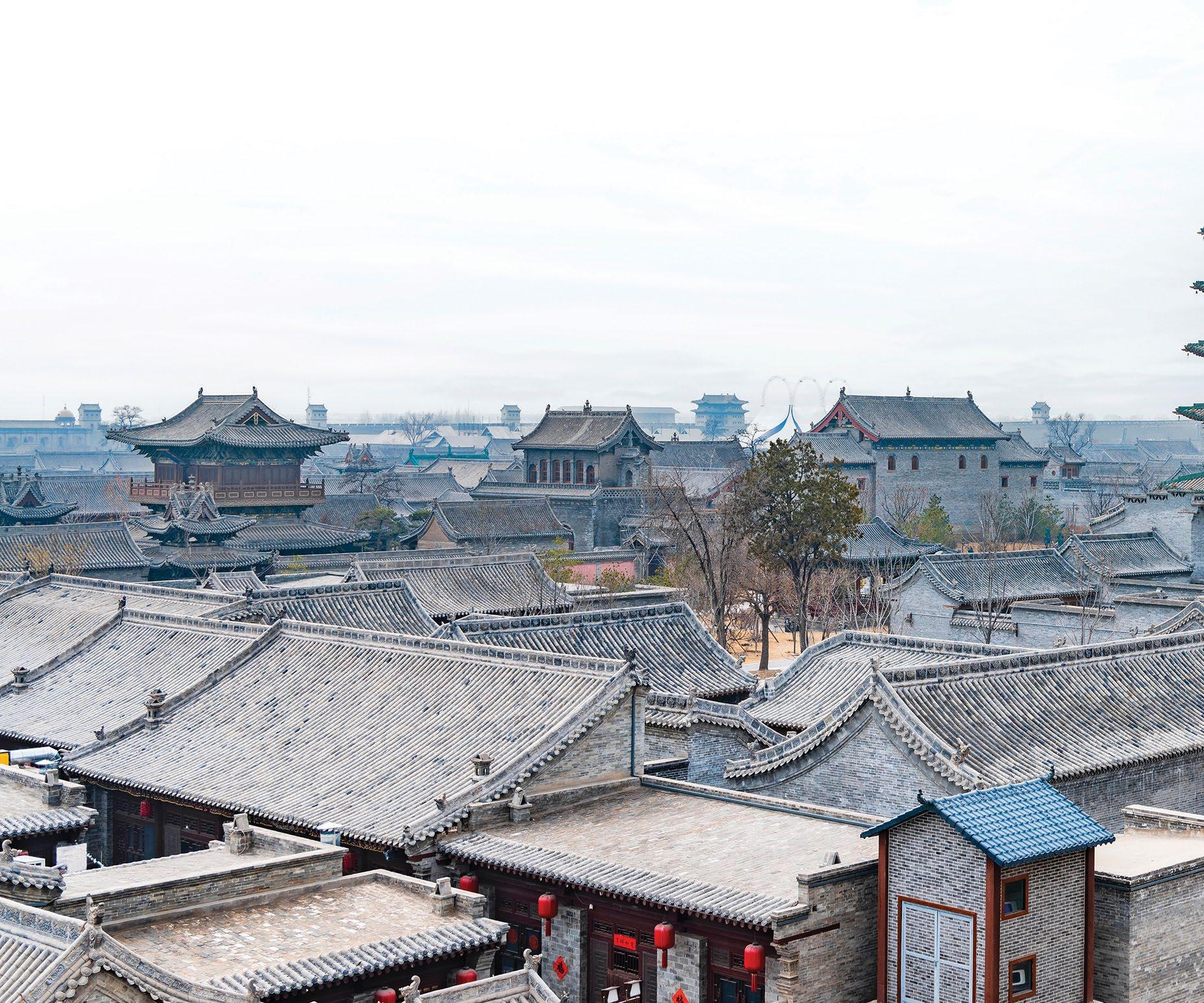
country, the catalyst for the ongoing crisis, hasn’t helped. In late August, developers Sunac and Vanke forecasted half-year losses of RMB15billlion (USD2.1billion), and RMB7billion (USD980m), respectively. Combined half-year losses at 10 Hong Kong-listed developers, among China’s largest including Sunac and Vanke, were expected to reach between RMB51.38billion and RMB57.88billion, about the same levels as a year earlier, according to Nikkei Asia.
Amid the search for newfound market confidence, Chinese government officials and the Party press have attempted to push a positive narrative, particularly around the recent stimulus measures. In early July, the nationalist Global Times reported signs of a market “uptick amid policy supports”, and a week later a similar opinion piece was printed in the same newspaper.
Analysts meanwhile have remained more cautious as the wait for the end of China’s housing market slump continues. Following the release of the latest housing price data in mid-August, analysts at the Dutch investment bank ING say the market “will continue to need more policy support to establish bottom” in a research note to investors.
“Data has shown that there is still a lack of confidence and demand in the property sector,” says Woo of Colliers. “A recovery sign is difficult to see in the short term.”
The best outcome in the near term remains market stabilisation, in terms of house prices and sales volumes that can help the industry undergo “consolidation and rebalancing”, according to James Macdonald, head of Savills Research China, in Shanghai.
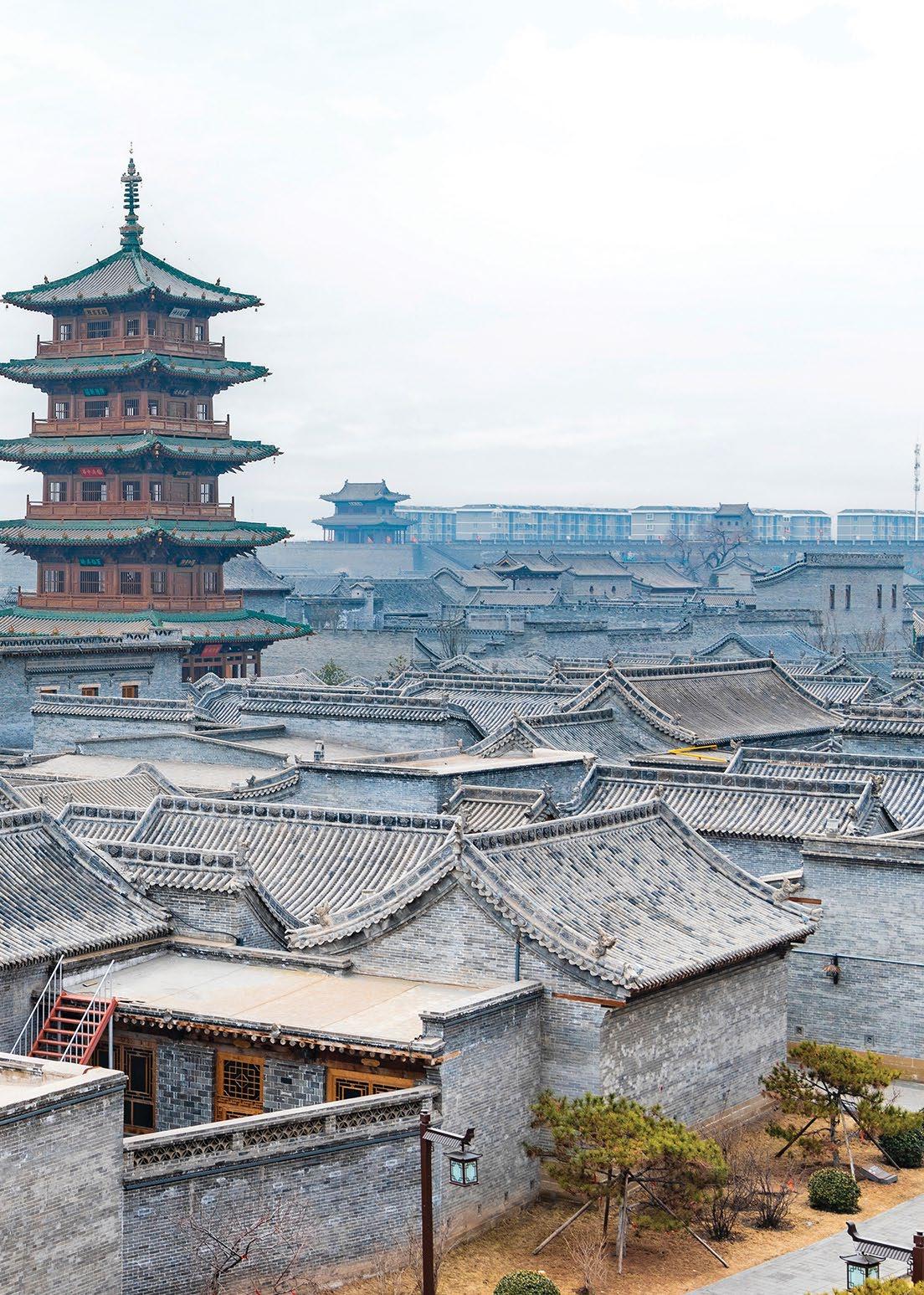
Although the measures introduced by Beijing in May prompted an initial boost in sales the same month and in June, “momentum appears to be waning” before in turn “suggesting that the impact may be limited or temporary”, he says.
A key part of the problems facing the Chinese market remains wider issues around the overall economy and sluggish growth. Although the Chinese government has set an economic growth target of 5% for this year, many analysts have remained cautious it can still be achieved, despite reaching 5.2% last year. In the second quarter, official data showed a rate of just 4.7%.
“Expectations for a significant rebound remain cautious,” says Macdonald of Savills. “Beyond targeted property market policies, a broader recovery will require improvements in the overall economic outlook, including factors such as job growth and wage increases, before we can anticipate a more robust recovery in the property sector.”
There were still few signs of developers increasing building and sales activity in August as property investment, sales, and new construction all continued to fall sharply, according to official data published by Beijing for July.
Property investment in China continued to drop at roughly the same rate in July, down 10.2% for the first seven months of the year versus the same period the previous year, compared to a 10.1% decline for the period January through June. The latest figures indicate that investors remain highly cautious amid signs the housing crisis is starting to alleviate.
The same trend was shown in data for property sales by floor area which plummeted 18.6% for the first seven months of 2024 compared to a year earlier, a slight improvement on the 19% slump recorded for the first six months of this year. Property sales by floor area represent a key indicator of sales volume as the country’s developers struggle with depressed sales and debt.
In a sign of continued contracted activity among home builders, the latest data showed new construction by floor area again fell sharply by 23.2% for the first seven months of the year compared to the same period in 2023, a small improvement on the 23.7% decline recorded a month earlier. The new data showed that Chinese developers may have a long period before construction activity and sales show signs of recovery.
Around 50 companies from Jabodetabek to Bali competed for the 10th Annual PropertyGuru Indonesia Property Awards, presented by Kohler, on 23 August 2024 at The RitzCarlton Jakarta, Pacific Place.
Sinar Mas Land won Best Developer for the second year, along with titles for massive projects such as BSD City and Greenland International Industrial Center (GIIC) at Kota Deltamas.
Paramount Land was named Best Township Developer while Farpoint took home the Best Sustainable Developer trophy. The Best TOD Developer award went to PT Adhi Commuter Properti Tbk.
Summarecon Group took numerous wins, including Best Township Development (Greater Jakarta) for Summarecon Bogor. Other notable winners included Ciputra Group, PT Integrasi Transit Jakarta, and PT Modernland Realty Tbk.
The event also recognised Joko Suranto, chairman of Real Estate Indonesia, as Real Estate Personality of the Year. Anantara Ubud Bali Residences by Minor International and PT Wijaya Karya Realty was proclaimed as Best Housing Development (Indonesia).
For the full list of winners, visit asiapropertyawards.com/en/award/indonesia
Vivin Harsanto, Chairperson of the Awards in Indonesia and Senior Director and Head of Advisory at JLL Indonesia
Alex Bayusaputro, Founder and Managing Partner, Creative Director, Indonesia and Singapore, Genius Loci
Bagus Adikusumo, Senior Director for Office Services, PT. Colliers International Indonesia
Cornel B. Juniarto, Country Managing Partner, Hermawan Juniarto Deloitte Legal
Djinadi Gunawan, Managing Director, PT Meinhardt Indonesia
Doddy A. Tjahjadi, Managing Director, PTI Architects
Hendra Hartono, CEO, PT. Leads Property Services Indonesia
Lina Gan, Founder and Editor-in-Chief, Indonesia Design
M. Archica Danisworo, Co-Founder and Design Director, PDW Architects
SPONSORS AND PARTNERS
Platinum sponsor Kohler
Official partner PropertyKlik.com
Official venue The Ritz-Carlton Jakarta, Pacific Place
Official magazine Property Report by PropertyGuru
Official publicity partner Publicom Communications
Media partners Detik.com, Kompas.com, and Top 10 Indonesia
Official supervisor HLB

NEWFANGLED RECIPIENTS OF THE 2024 AWARDS GATHER ONSTAGE
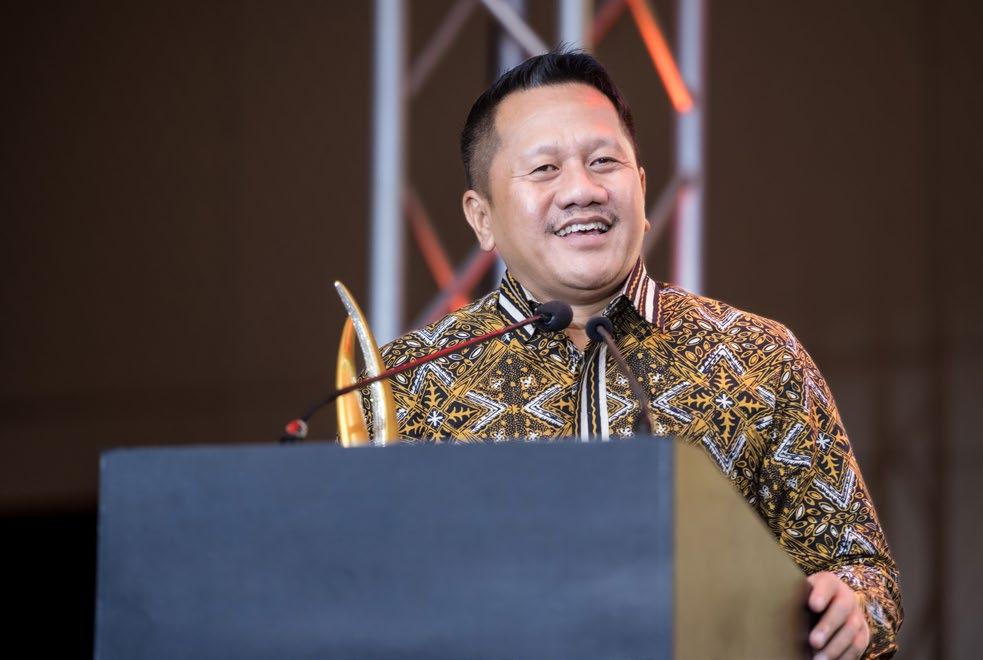
JOKO SURANTO HAPPILY RECEIVES THE REAL ESTATE PERSONALITY OF THE YEAR AWARD
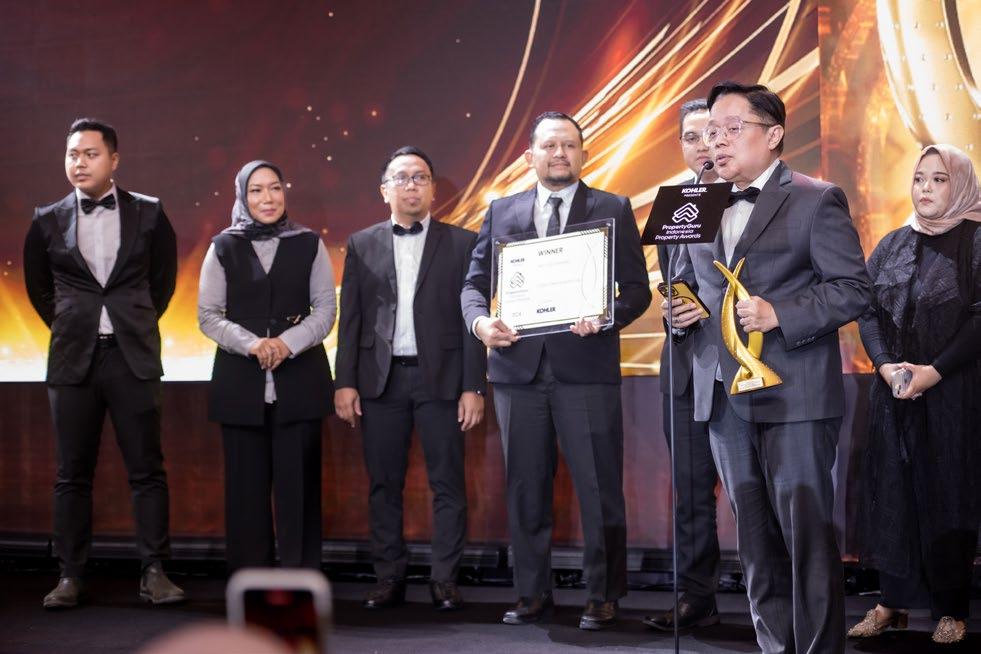
PT ADHI COMMUTER PROPERTI TBK., A CHAMPION OF TRANSIT-ORIENTED DEVELOPMENTS
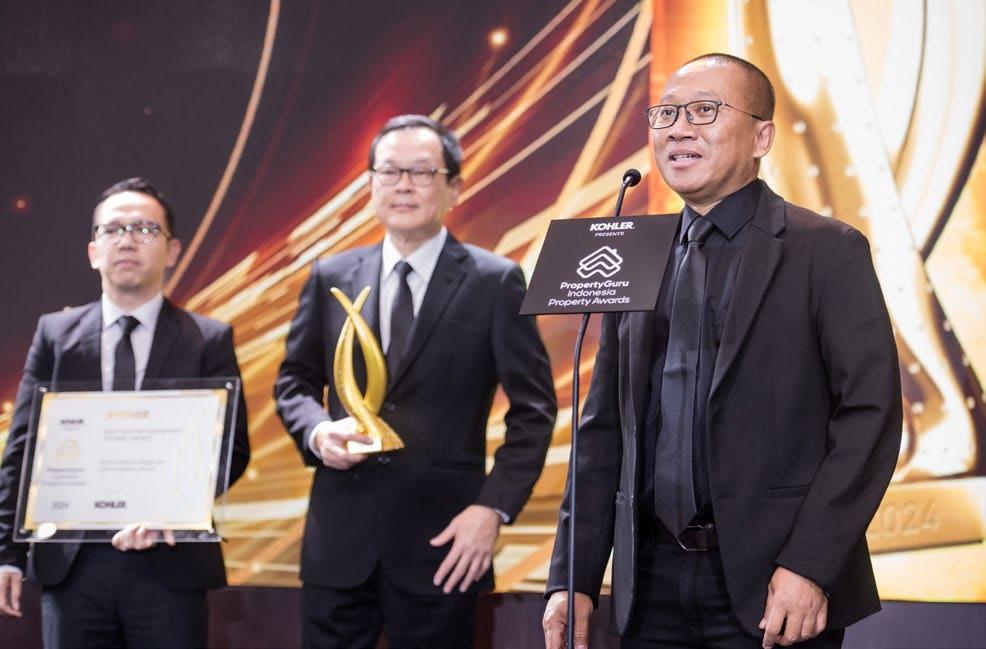
SUMMARECON BOGOR WINS ONE OF SEVERAL TROPHIES FOR SUMMARECON GROUP
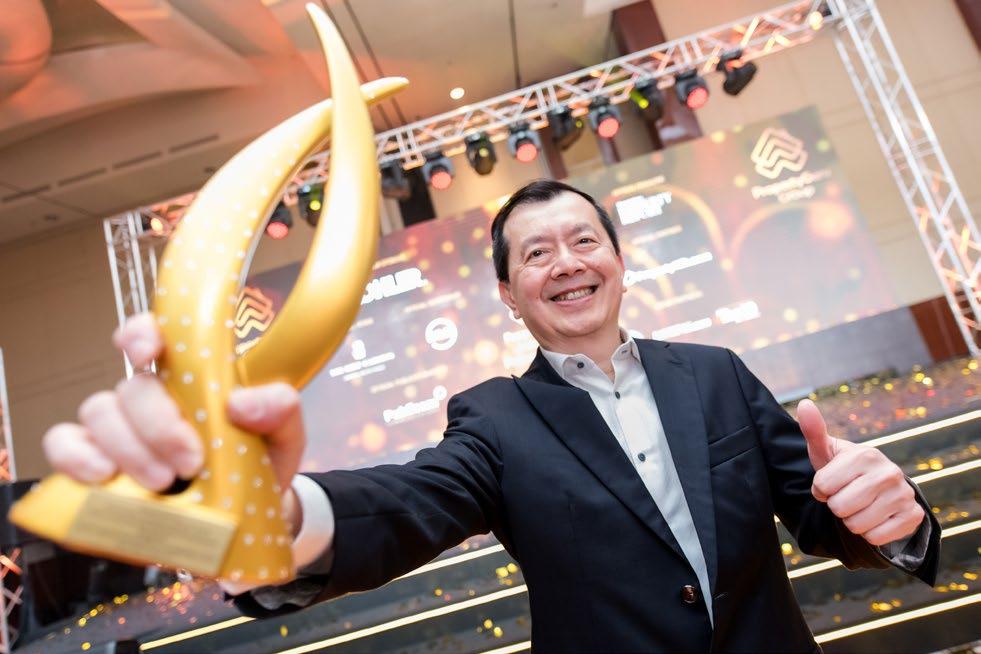
WITH PROJECTS LIKE BSD CITY, SINAR MAS LAND WINS BEST DEVELOPER
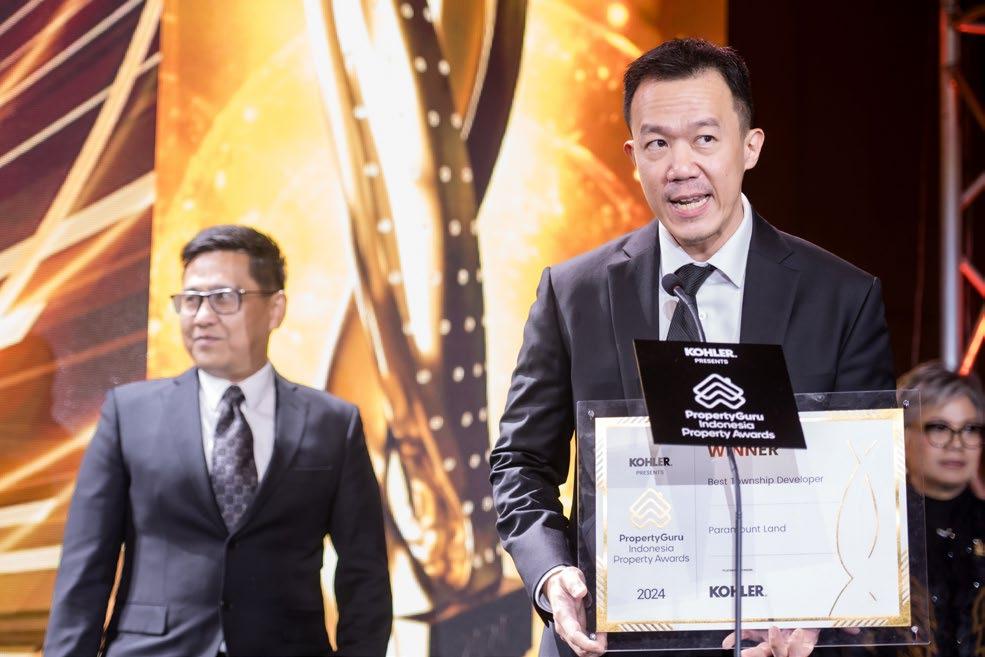
PARAMOUNT LAND WOWS JUDGES FOR ITS TOWNSHIP DEVELOPMENTS
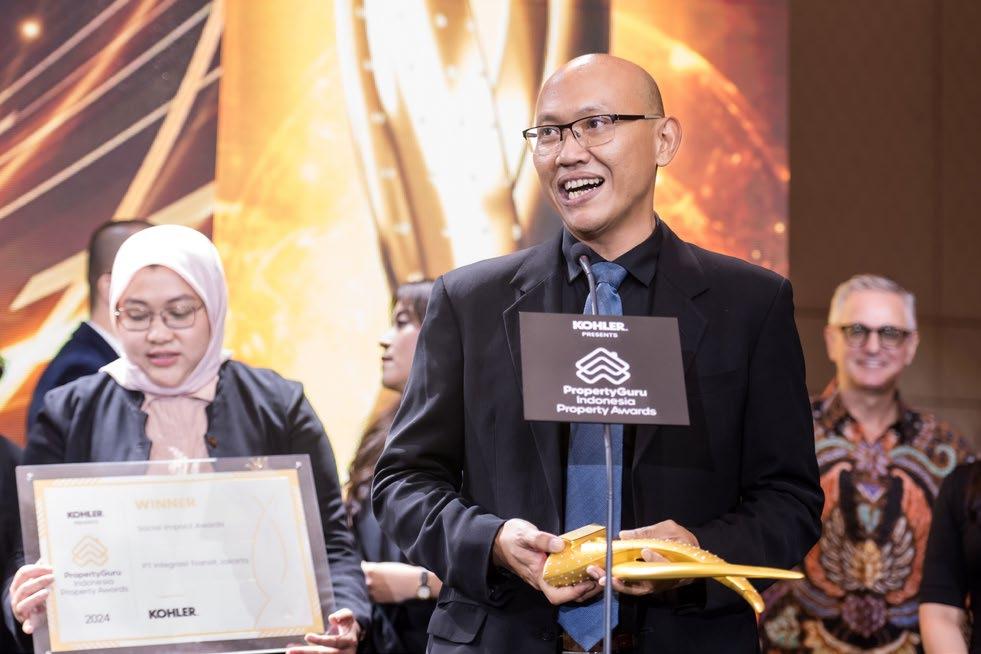
THE FIRST-EVER SOCIAL IMPACT AWARD GOES TO PT INTEGRASI TRANSIT
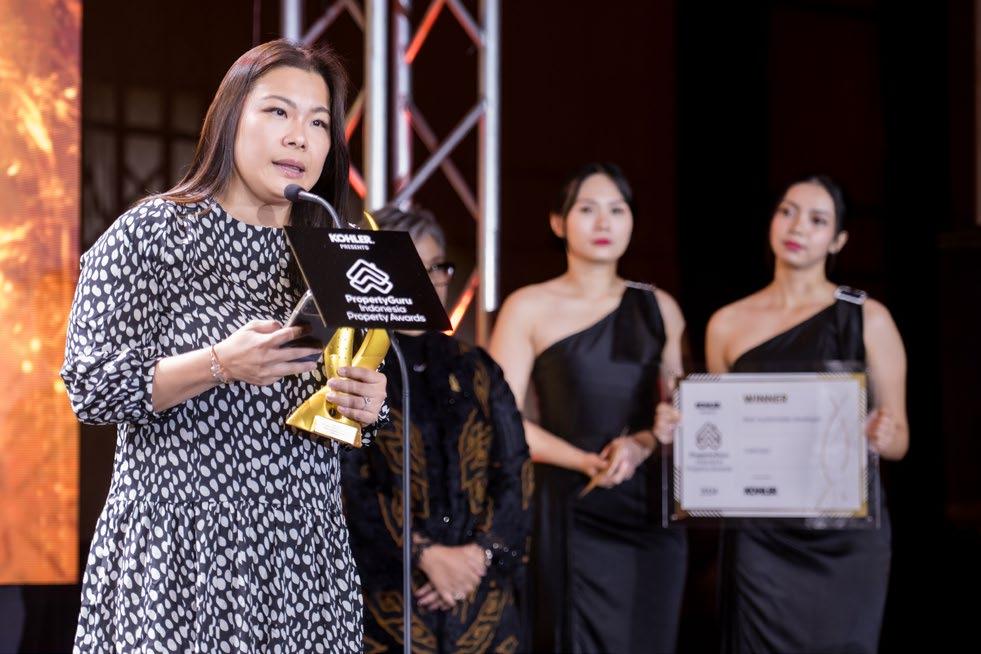
FARPOINT IS CROWNED THE YEAR’S BEST SUSTAINABLE DEVELOPER
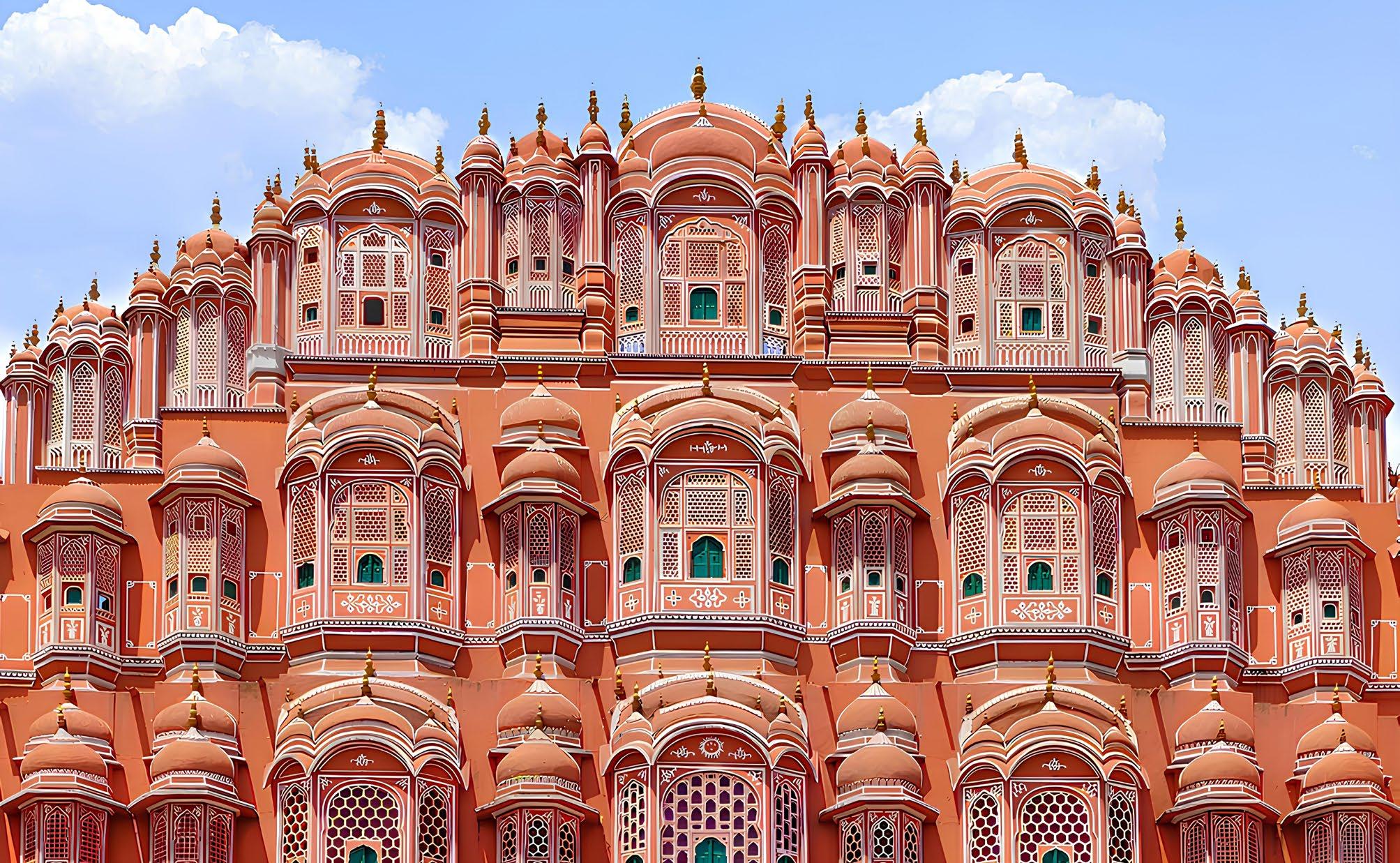
After the radical real estate reforms of Narendra Modi’s first two terms, the coalition led by the strongman prime minister is looking to consolidate gains in the property market
By Liam Aran Barnes
Only two years into his first term, Narendra Modi rocked India’s real estate sector by introducing the Real Estate (Regulation and Development) Act, 2016 (RERA). This legislation marked one of the most comprehensive regulatory changes the market had ever seen, signalling the prime minister’s clear intent to tackle the inefficiency and corruption that had long plagued the industry.
Soon after re-election in 2019, Modi introduced another landmark initiative: the Model Tenancy Act. The move aimed
LOWER-TIER CITIES LIKE JAIPUR ARE WITNESSING
A SURGE IN DEVELOPMENT DRIVEN BY GOVERNMENT INCENTIVES AIMED AT BOOSTING INDIA’S REGIONS
to overhaul the country’s rental market by creating a more balanced framework for landlords and tenants, addressing a longstanding issue in India’s cities. Like RERA, this reform highlighted his method of confronting deep-rooted problems in the market through decisive legislative action, even in the face of resistance from vested interests.
Now, with Modi’s third term well underway, the question remains: What does the future hold for a sector expected to contribute 13% to the nation’s GDP by 2025?
“With the National Democratic Alliance back, the real estate market is set for continued transformation, building on the stability and reforms that have already boosted transparency and investor confidence,” says Ajai A Kapoor, founder and CEO of real estate services firm 360 Degrees. “The next five years promise significant growth, driven by ongoing policy innovations and a clear focus on modernisation.”
In addition to ongoing refinements to RERA and the Model Tenancy Act, one of Modi’s early programmes, Pradhan Mantri Awas Yojana (PMAY), will receive renewed focus. The government is expected to introduce further measures to expand the affordable housing scheme. Kapoor notes that the continued success of PMAY reflects the government’s commitment to “housing for all,” with potential enhancements such as new tax incentives for developers and buyers, streamlined approval processes, and targeted initiatives for urban centres, including a metro cities’ affordable housing index roll-out.
“These measures are anticipated to ensure that the scheme adapts to the evolving needs of India’s urban population while continuing to drive significant growth in the real estate sector,” he adds.
Alongside affordable housing expansion, the government is promoting green building adoption through several initiatives. The Indian Green Building Council (IGBC), under the Confederation of Indian Industry (CII), offers incentives like fast-tracking environmental clearance for IGBCcertified projects. Moreover, the Ministry of Environment, Forest, and Climate Change
recently mandated that large construction projects obtain environmental clearance, including compliance with sustainability criteria.
States like Maharashtra and Gujarat have also introduced their green building incentives, such as property tax rebates and development charge discounts for projects incorporating sustainable features. These measures aim to encourage developers to integrate renewable energy sources, rainwater harvesting, and energy-efficient materials. But Maharashtra, like other parts of India, still lacks a comprehensive policy to encourage green buildings, according to Keval Valambhia, chief operations officer for the Maharashtra Chamber of Housing Industry.
“This should include not only incentives for developers but also integrated urban planning that prioritises sustainability from the ground up. Expanding these green initiatives, especially in metropolitan areas, can help address environmental challenges unique to specific regions.”
India’s real estate market is deeply influenced by these regional dynamics, with significant variations between urban and rural areas, and between Tier 1, Tier 2, and Tier 3 cities. While major metropolitan areas like Mumbai and Delhi continue to dominate, the growth potential in Tier 2 and Tier 3 cities is increasingly apparent. Cities like Ahmedabad, Jaipur, and Lucknow are witnessing a surge in development, driven by urbanisation, improved infrastructure, and government incentives aimed at boosting regional economies.

The Smart Cities Mission, targeting infrastructure development in 100 cities, is a key growth driver in these regions. These cities offer more affordable real estate options and are attracting both developers and buyers seeking opportunities outside the crowded Tier 1 cities.
But these regional dynamics pose challenges. In states where government changes are expected or coalition dynamics are complex, uncertainty can impact policy continuity and regulation consistency. Developers in politically unstable states often face delays in project approvals, changes in land acquisition laws, or shifts in urban planning priorities, according to Valambhia.
“Developers must be prepared to navigate the varied political and regulatory landscapes across India, especially in regions where government changes might disrupt the market,” he notes.
Another key challenge is the sector’s lack of formal recognition as an industry. Despite being a major contributor to GDP and employment, the sector remains officially unrecognised, largely due to its fragmented structure and complex regulations. This lack of recognition is compounded by challenges such as inconsistent state regulations, land acquisition issues, and limited transparency, hindering the sector’s formalisation.
Formal recognition is not just bureaucratic; it is essential for aligning the sector with national priorities like affordable housing and infrastructure development, according to Sangeet Hemant Kumar, associate partner at Integrow Asset Management.
“Collaboration between the government and real estate developers is crucial for the sector’s long-term success. Formal recognition of real estate as an industry would be a vital step in facilitating this partnership, ensuring that developers have the support needed to align with national priorities like affordable housing and infrastructure development,” he says.
The coalition nature of the current government adds complexities that could impact the real estate sector. While political stability is generally beneficial, the need for consensus among diverse parties in a coalition often slows decision-making and delays the implementation of reforms, especially those requiring state-level cooperation. Developers may face inconsistent regulations across states, complicating projects that span multiple regions.
“In a coalition government, the need for consensus can water down crucial reforms, particularly those related to land acquisition and urban infrastructure,” explains Kumar. “Developers must be agile, adapting to a regulatory environment that may shift depending on political dynamics.”
As Modi’s third term unfolds, India’s real estate sector is poised between progress and complexity. Landmark reforms like RERA and the Model Tenancy Act have set the stage for transparency and growth, while ongoing initiatives in affordable housing and green building signal a future-focused agenda.
Still, the sector faces formidable challenges— from navigating coalition politics to achieving long-sought industry recognition. The real test will be whether the government can maintain momentum amidst these challenges, ensuring that the sector almost doubles its fraction of GDP next year, whilst driving sustainable, inclusive growth.
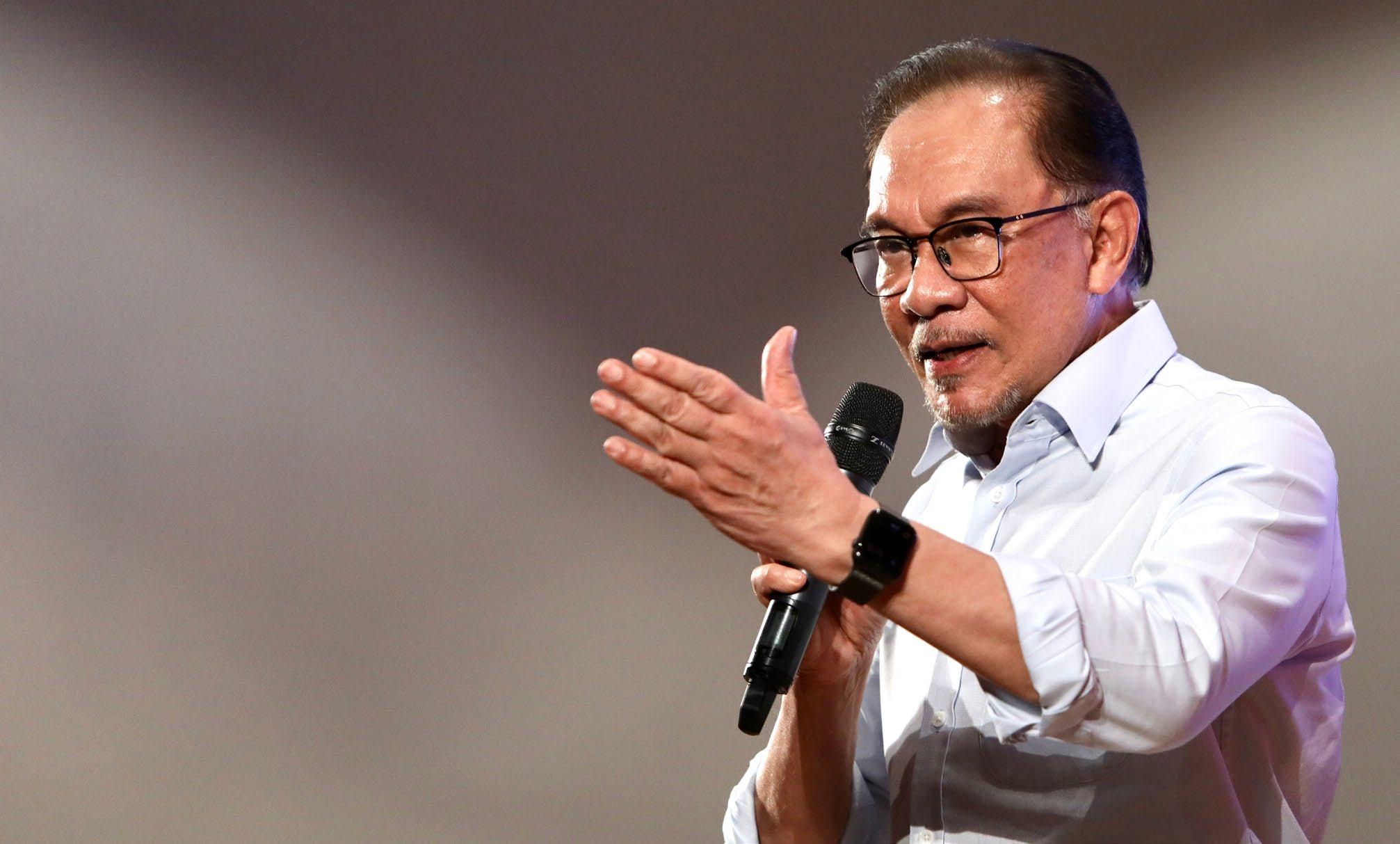
Thailand and Malaysia are eyeing membership of the bloc of nations, including China and India, as a possible hedge against US economic dominance
By George Styllis
When Goldman Sachs’ chief economist Jim O’Neill coined the term BRICS, many Western analysts doubted the economic bloc would live up to the name’s implied solidity.
They pointed to the numerous differences and disagreements within the group and predicted it would have a limited impact on world affairs.
Fifteen years on, however, the group, founded by Brazil, Russia, India, China, and
MALAYSIA’S PM ANWAR IBRAHIM SEES BRICS MEMBERSHIP AS A WAY OF GIVING HIS COUNTRY MORE ECONOMIC FREEDOM
later South Africa has proved its detractors wrong by developing a robustness they didn’t expect.
Ideological differences have been set aside, and the group has met every year.
The bloc has since expanded to include Iran, Egypt, Ethiopia, and the United Arab Emirates, with others queuing up to gain entry.
Among the latest hopefuls are Thailand and Malaysia. If their applications are successful—and they are widely expected to be—they will be the first countries in Southeast Asia to be members. But what do they stand to gain?
Both countries already belong to ASEAN, the regional bloc that aims to strengthen trade and political relations between its 10 members.
Joining BRICS would effectively allow them to play in a bigger league.
A foreign ministry spokesperson says joining BRICS will enable Thailand to “play more roles and promote Thai potential”.
Malaysia’s Prime Minister Anwar Ibrahim says it would give the country more economic and political freedom.
“We should be confident enough to determine our course of action, our priorities, our strategic interests defined on our terms,” he says, announcing his reason for wanting to join the bloc.
As one of the fastest-growing economies in the world, India has injected energy into BRICS.
From being dominated by China, India’s influence has resulted in the group experiencing “an acceleration in economic growth,” says Alicia Garcia-Herrero, a senior research fellow at the Brussels-based think tank Bruegel.
More countries in Asia and Africa view it as an important counterweight to the dominant global bodies led by Western powers.
The Covid-19 pandemic, which saw vaccines hoarded by richer countries, left a bitter taste among developing nations, reinforcing the perception of an “us and them” divide.
They have also felt more united on other issues such as politics, human rights, and the environment. Many have grown tired of feeling lectured to by the West and feeling the burden of its conflicts.
BRICS would give Malaysia and Thailand a chance to flex their muscles on a bigger stage than ASEAN, says Norbert Witthinrich, CEO of real estate agency SEA Property.
“As middle powers in Southeast Asia, Thailand and Malaysia see BRICS membership as a way of enhancing their geopolitical influence on the global stage. Membership could also give them a platform to voice concerns and advocate for issues pertinent to developing countries and the Global South,” he says.
Joining the bloc would give them access to a broader network of emerging markets, reducing their reliance on traditional Western markets like the US and the EU, he believes.
Experts like Witthinrich reckon this would benefit most areas of the economy, including big real estate projects.
Entering BRICS would encourage trade between Thailand, Malaysia, and China, most likely in China’s Belt and Road initiatives.
Some of China’s biggest investments have been in infrastructure projects in the two countries, such as the East Coast Rail Link in Malaysia, which extends to the Thai border.

“The extension of the ECRL to the MalaysiaThailand border and its connection with Thailand’s rail network aims to promote economic linkages and integration between the two countries,” says Beijing-based property consultant James Woo. “This reflects the strategic importance of the Belt and Road Initiative in enhancing regional connectivity and economic cooperation. This could create more opportunities for real estate development, especially for industrial and logistic projects.”
He adds that China’s state-owned enterprises would also be keen to take advantage of the closer ties, having already invested in major factories in both countries making everything from semiconductors to car parts.
“Expanded trade and investment flows could drive demand for real estate, such as industrial, logistics, and commercial properties to support the increased economic activity,” he says.
IMPROVED RAIL CONNECTIONS BETWEEN THAILAND AND MALAYSIA (AND ULTIMATELY CHINA) ARE EXPECTED TO BOOST TRADE
Access to finance from the bloc’s New Development Bank will be one of the biggest advantages in Thailand and Malaysia joining BRICS, particularly now that Saudia Arabia, with its vast wealth, has joined.
Another plus is the ease of investing in BRICS bloc stock markets, says Clayton Wade, owner of Premier Homes Real Estate.
“Currently, BRICS members can use a single investment vehicle that includes stocks from each country, simplifying the process of trading exchange-traded funds. BRICS investors can purchase stocks across multiple sectors and regions in a single transaction.”
There is, of course, a potential trade-off in all of this, namely in a weakening of the unity and centrality of ASEAN, which has struggled to remain relevant and offer meaningful value to its member states amid shifts in the global order. Experts also concede it might harm relations with the US.
Malaysia is a major recipient of US trade and investment and, along with Thailand, has benefited from the US push to lessen its reliance on Chinese-dominated supply chains. Thailand, meanwhile, is formally a US treaty ally.
Yet rather than seeing US businesses shy away from the two countries, it could trigger a fight for influence.
“The intention to join BRICS could prompt Western countries to enhance their investments in Malaysia, or even encourage [Malaysia] to consider applying for membership in Western-aligned alliances, such as the OECD,” says Wen Chong Cheah, an Asia-Pacific analyst at the Economist Intelligence Unit.
For the two countries, the wars in Gaza and Ukraine and growing tensions around Taiwan and the South China Sea reflect a lurch towards an increasingly multipolar world in which US power has been eroded and China’s has been enriched. By attempting to join BRICs, they appear to be hedging their bets for the future.
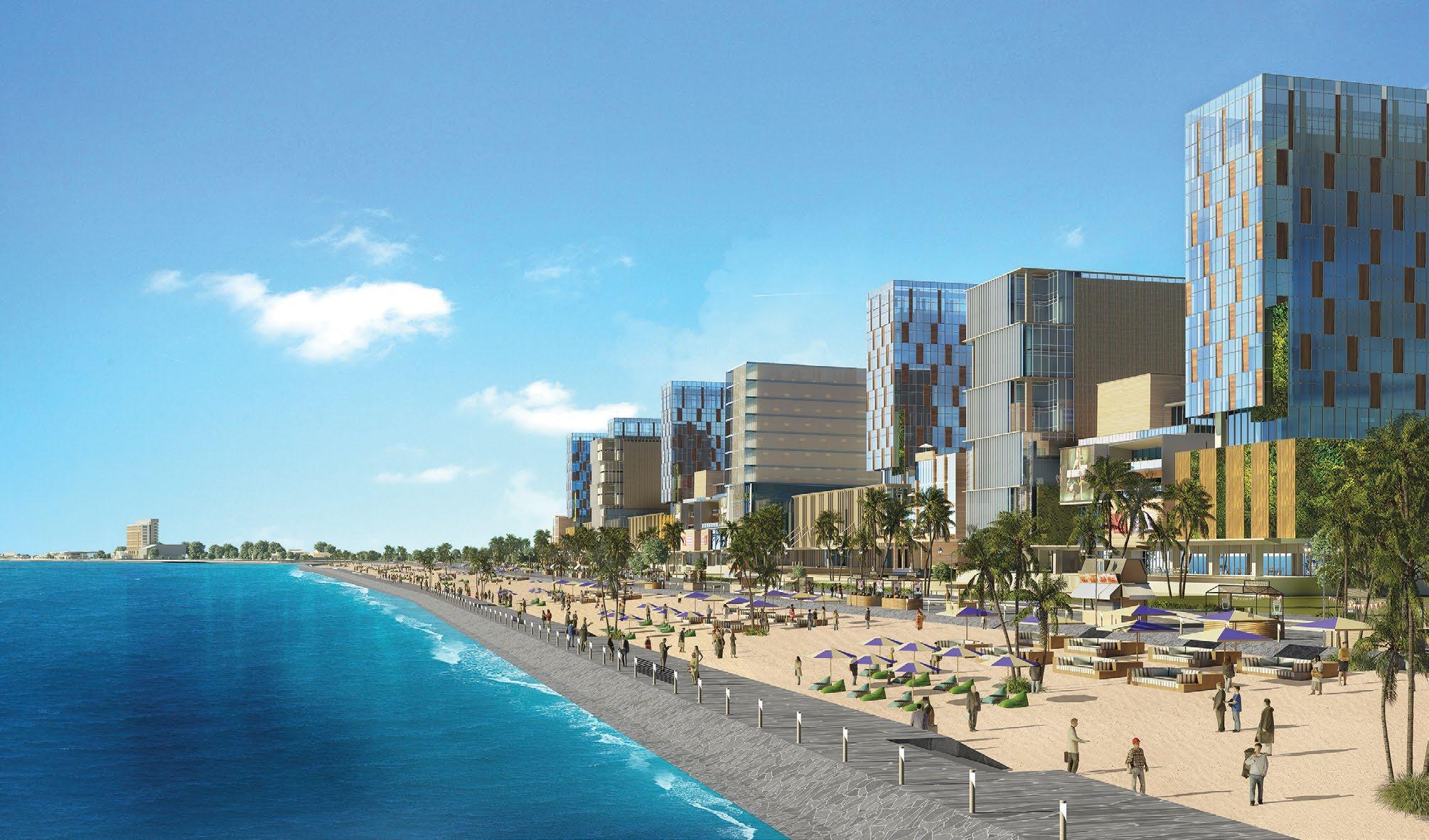
Ginza Beachwalk PIK2 is a mixed-use development featuring a prime beachfront location north of Jakarta.
Part of PIK2 Sedayu Indo City, the development stands along PIK2 White Sand Beach area, a popular tourist attraction known for unique spots such as Land’s End, Aloha Pasir Putih, and Dreamville Beach Club.
Ginza Beachwalk PIK2 is meticulously designed and planned by an international team of architects, construction planners and engineers, including AECOM, Belt Collins, DDG, DP Architect, HOK, Meinhardt, Callison RTKL, SOM, Townland, Witteveen Bos, Grain & Green, Urban+, Megatika, Airmas Asri, and Litac.
Ginza Beachwalk PIK2 offers a diverse range of product types, from SOHOs to premium beach-view lots suitable for commercial purposes. The project includes mixed-use towers, apartment buildings, and hotel structures, among others.
PIK2 also introduces unique residential concepts, such as The Penthouse at Ginza Beachwalk, a two-in-one concept that combines a SOHO with a penthouse. It features a four-storey building where the first two floors are designed for commercial use, and the third and fourth floors are reserved for residential and living spaces. By integrating business and residence within one building, property seekers will enjoy increased productivity and a comfortable lifestyle.
Thanks to its excellent location, Ginza Beachwalk PIK2 presents attractive market potential to tourists and investors. Aside from its enviable beachfront position with exclusive facilities, it faces the Financial District of Central Business District PIK2, which includes the Islamic Financial Centre. It is also conveniently situated across from the PIK2 transport transit point, providing easy access to both toll and non-toll roads.


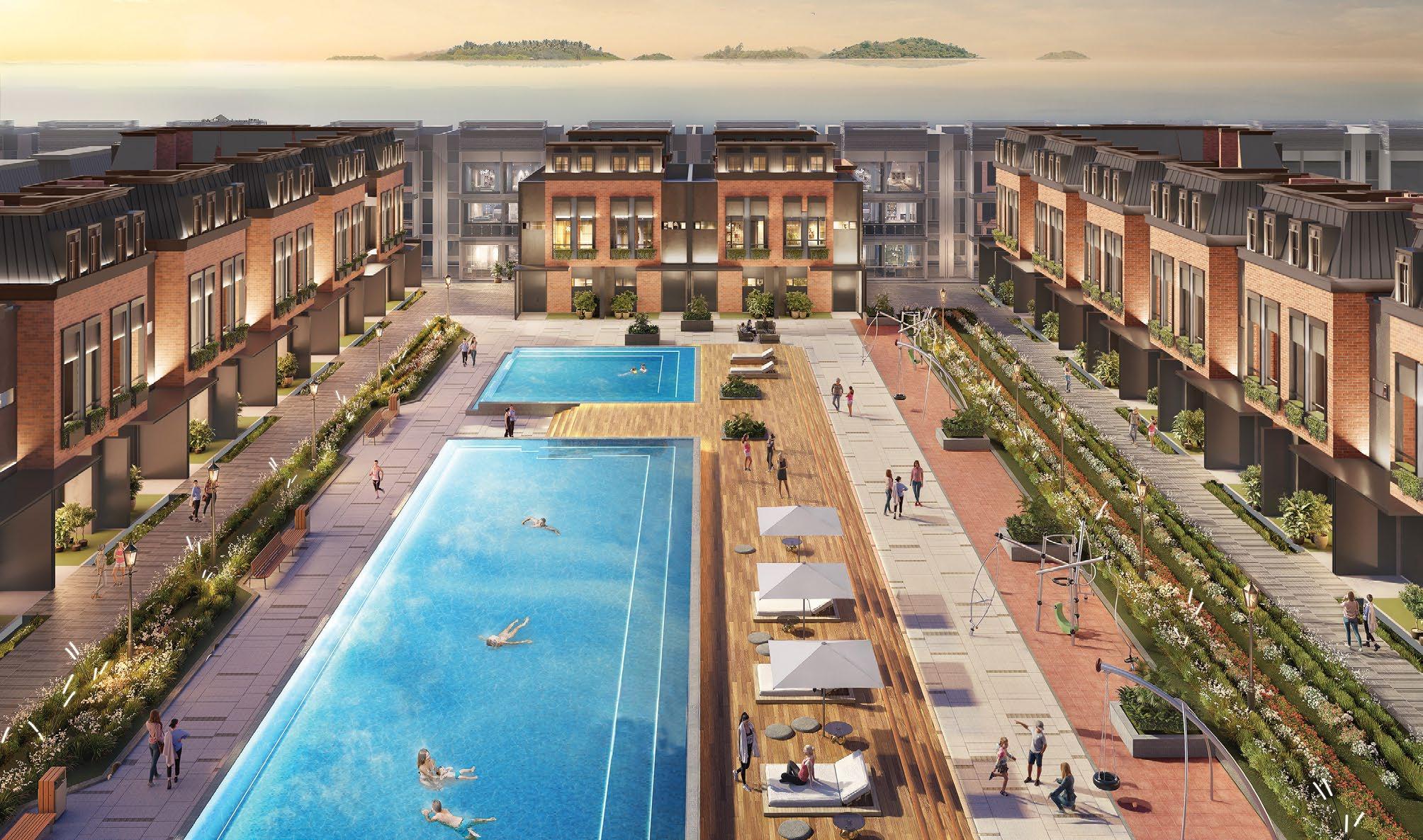
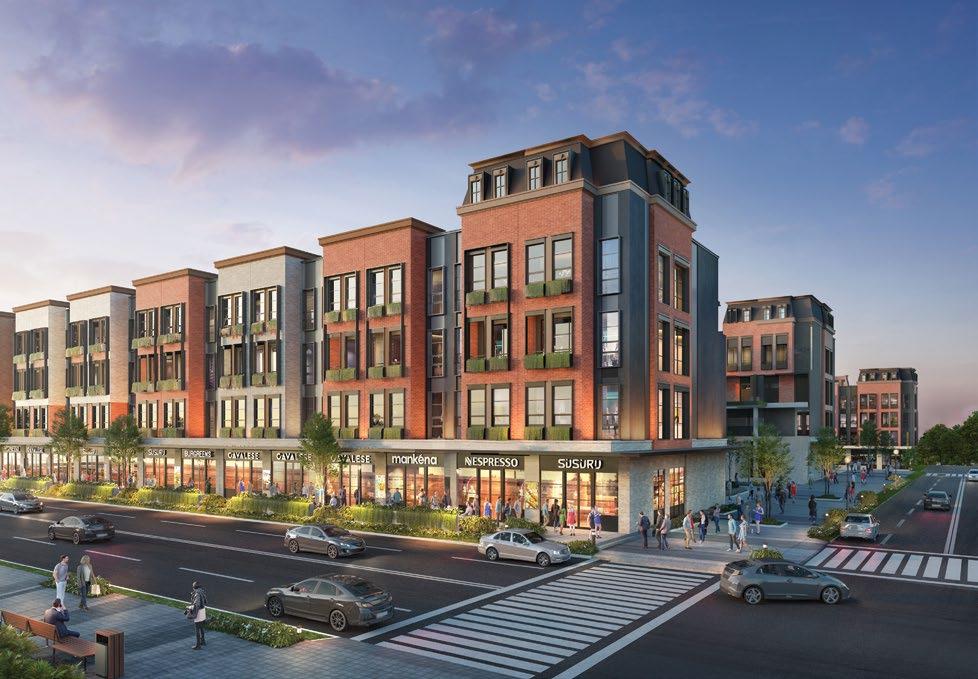
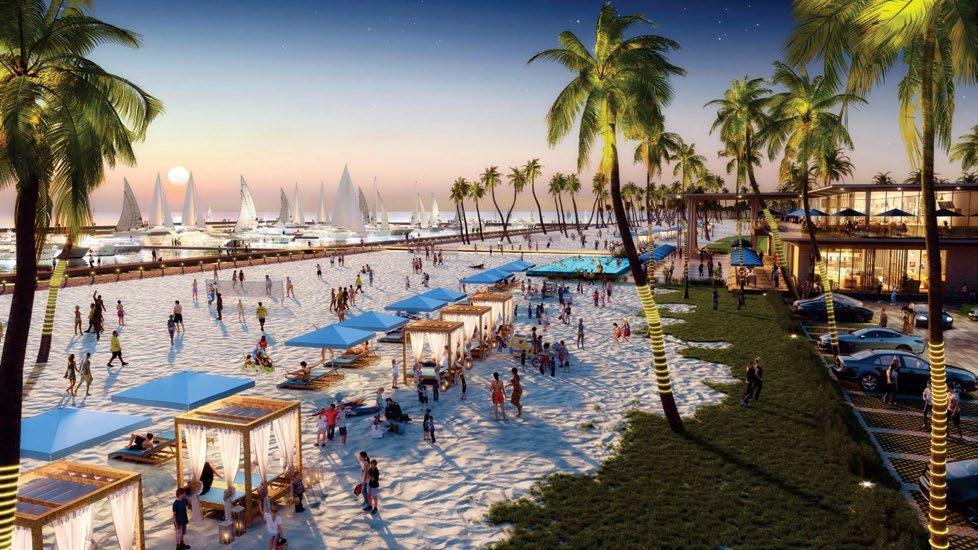
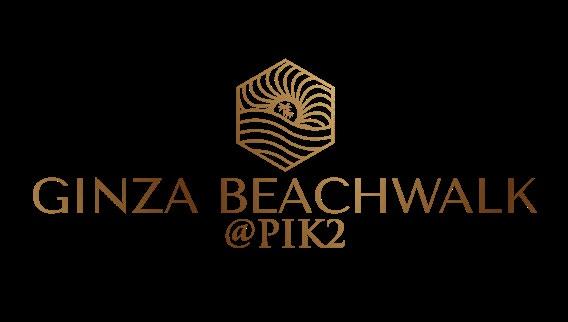
Developer: Agung Sedayu Group
Product type: Commercial and residential
Architects and consultants: AECOM, Belt Collins, DDG, DP Architect, HOK, Meinhardt, Callison RTKL, SOM, Townland, Witteveen Bos, Grain & Green, Urban+, Megatika, Airmas Asri, and Litac
Launch date: July 2022
Completion date: December 2025
Total land area: ±181,000 sqm
Number of units: ±124
Average unit size: 120 sqm
Price range: IDR12.7 billion
Facilities: Lift, escalator, white sand beach, dock, pool, building park, hotel, and more
Contact:
Phone: +6221 588.8000, +6221 588.8000
Email: marketing@pik2.com
Website: www.pik2.com

A unique blend of luxury living and nature awaits property seekers at The Botanica Sanctuary, a hotel development in the heart of Puncak in Bogor. Leading international lodging owner-operator The Ascott Limited (Ascott) manages this property, developed by top real estate firm Agung Sedayu Group.
Situated in Cibeureum-Cisarua, a popular tourist destination just a 90-minute drive from Jakarta, The Botanica Sanctuary offers breathtaking views of Mount Pangrango and the lush virgin pine forest nearby. The Botanica Sanctuary is also a five-minute drive to well-known zoo Taman Safari Indonesia.
The hotel is designed with quality in mind, providing a welcoming environment for guests to explore the natural surrounds. This marks Agung Sedayu’s fifth partnership with Ascott, renowned for their global network and hospitality expertise.
Ideal for couples and families, The Botanica Sanctuary offers 166 rooms in various types: Superior, Deluxe, Deluxe Secret Garden, Premier, Unique Corner, and Loft Family rooms as well as the Unique Corner, The Valley, The Garden, and The Botanica Suites. Each room features a balcony with majestic views, plus an en-suite bathroom, flat-screen TV, and complimentary unlimited Wi-Fi.
The Botanica Sanctuary offers all-day dining at The Garden Brasserie, serving Indonesian, Japanese, Middle Eastern, and Western cuisines. With indoor and semioutdoor seating, Gyu Steak House offers a variety of quality meat cuts. At Rafflesia Lounge, guests can enjoy afternoon tea or their favourite drinks.
Guests can create lasting memories at a plethora of facilities, including a fitness centre, jacuzzi, and rooftop pool, a pictureperfect spot with its mountain views.


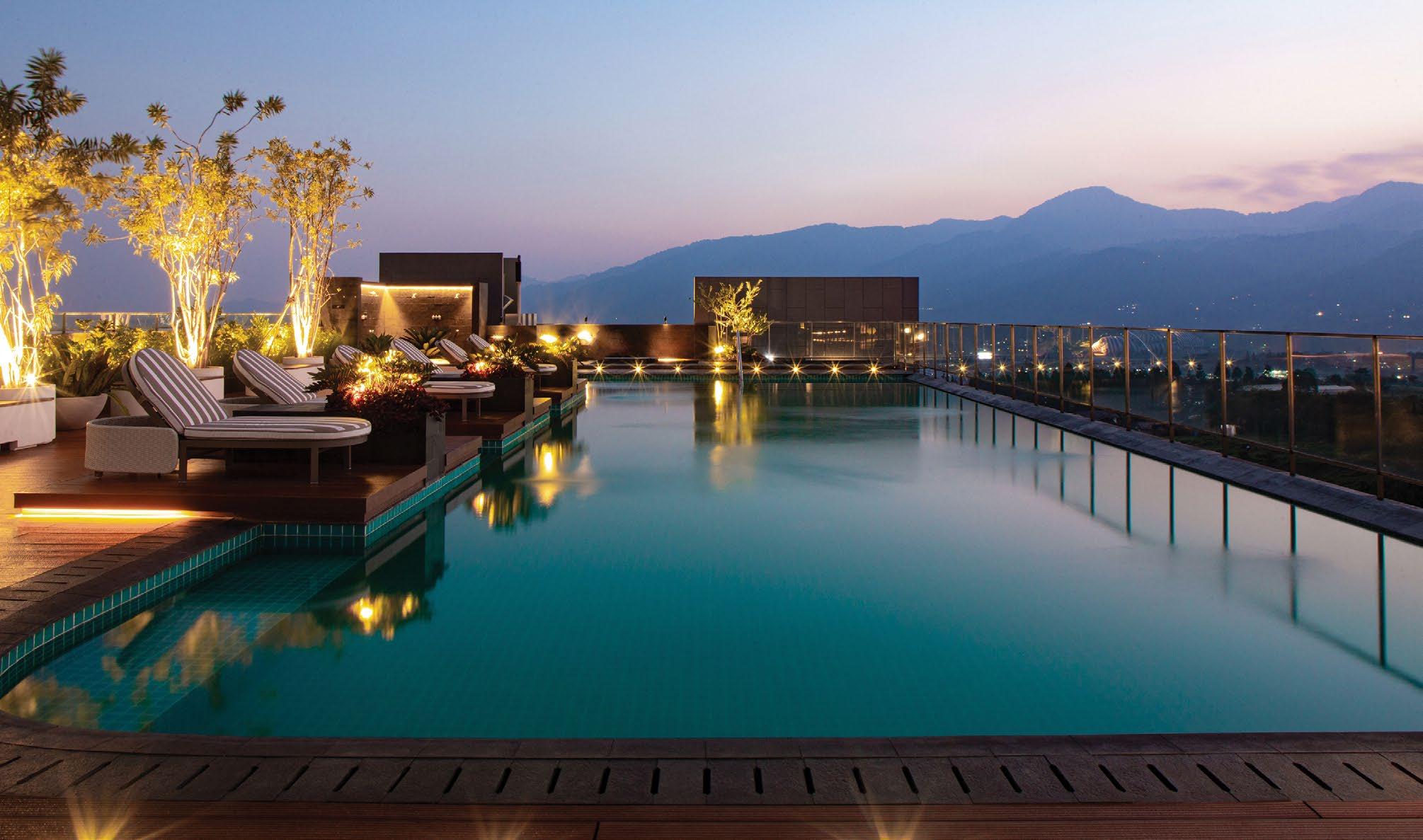
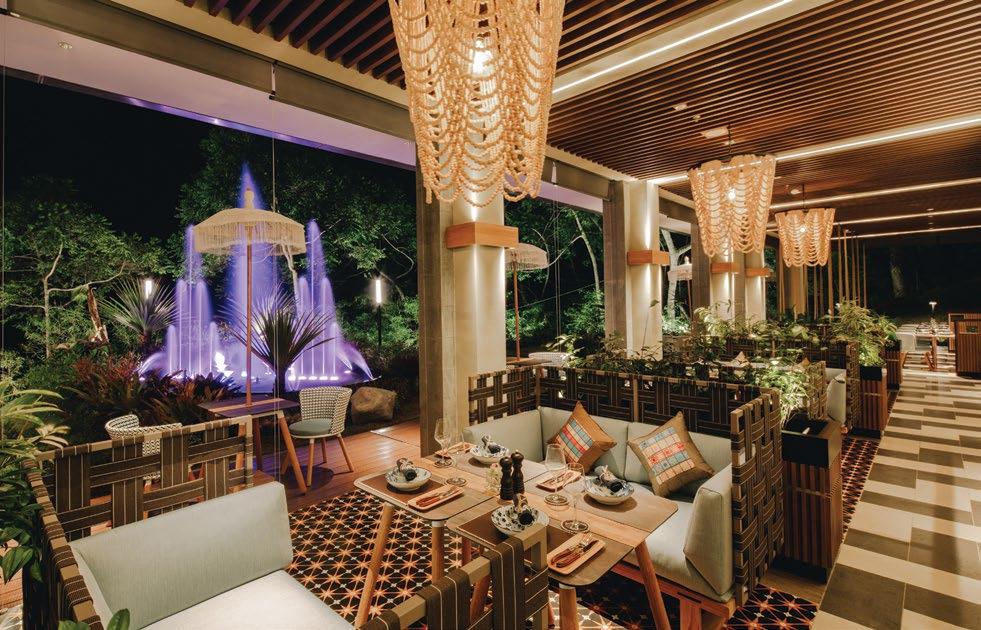
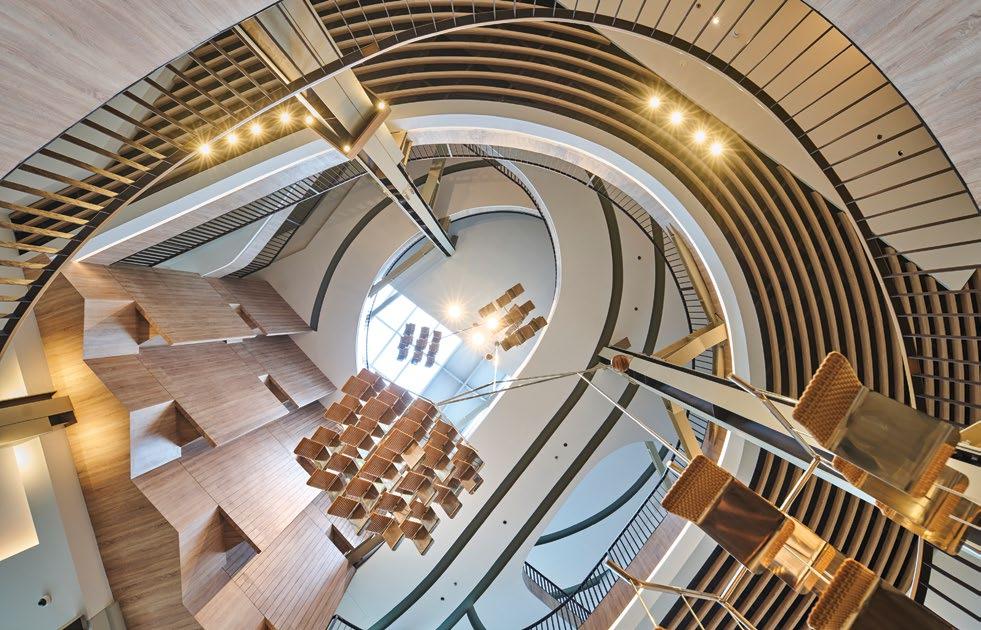
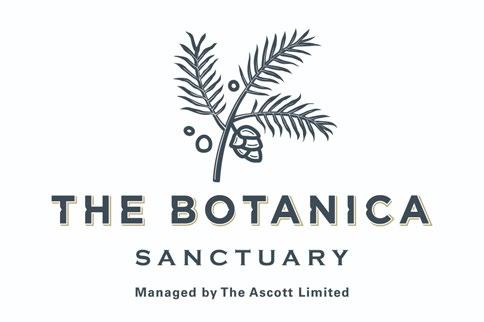
Developer: Agung Sedayu Group
Product type: Hotel/resort
Architect: Ir. Sardjono Sani
Launch date: October 2021
Completion date: September 2021
Total land area: 15 ha
Number of rooms: 166
Average unit size: 50 sqm
Price range: IDR2.148-4.848 million (USD133-299)
Monthly maintenance fees: IDR453.7 million (USD27.89)
Facilities: The Garden Brasserie (all-day dining), GYU Steak House, Rafflesia Lounge, rooftop pool, Jacuzzi, Sun & Moon pool deck, secret garden, kids’ corner
Contact:
Phone: +62251-8217111
Email: sales-thebotanica.pesonaalam@tauzia.com
Website: www.thebotanicapesonaalam.com
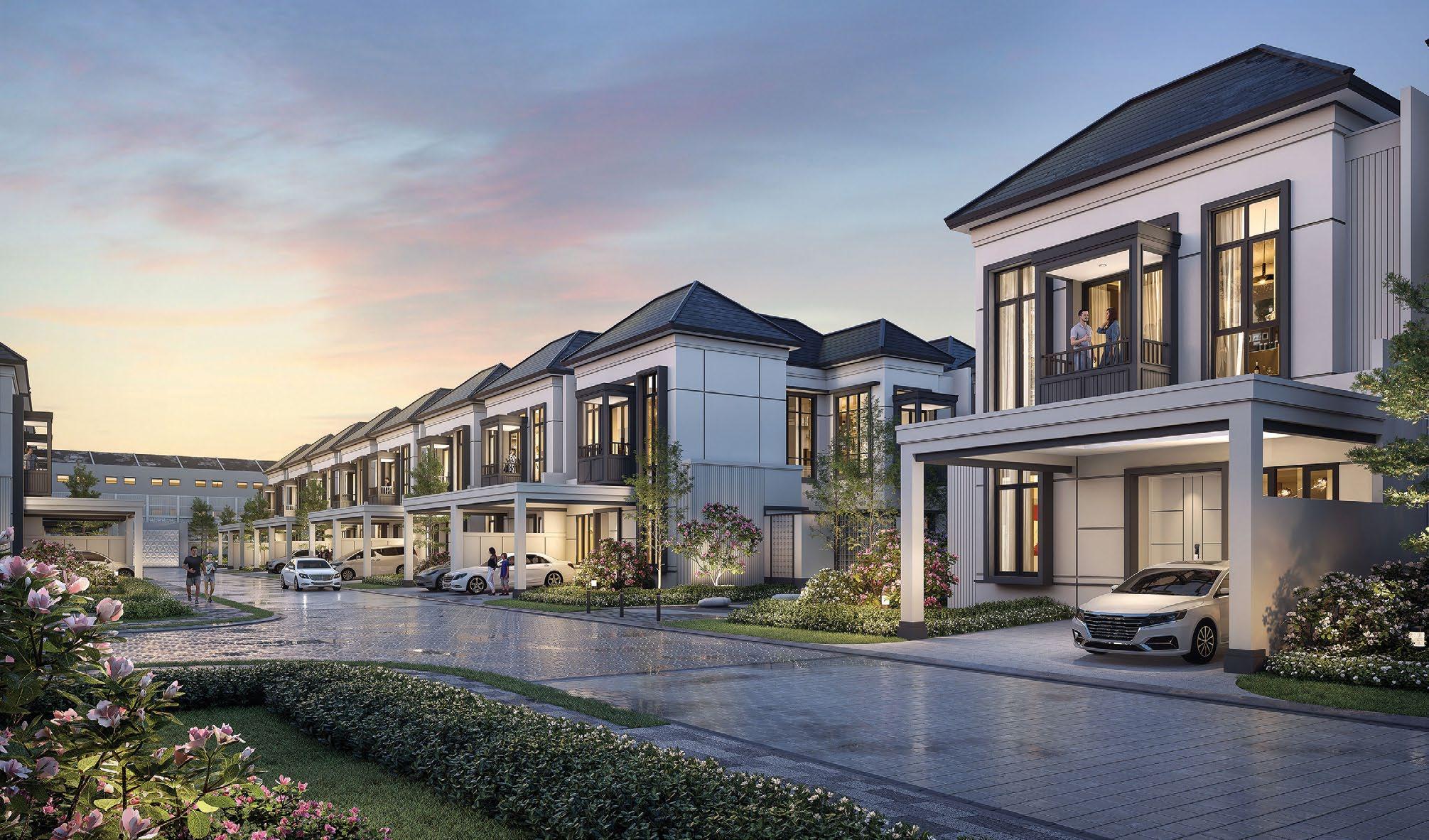
Matera Residences by Paramount Land comprises luxurious residential clusters in a strategic, exclusive area of Gading Serpong, a township of more than 120,000 residents in Tangerang.
Conceived to bring the essence of “Luxurious Living”, Matera Residences features modern classic design elements from exterior to interior, using high-quality materials.
The residences offer spacious room layouts and flexibility for homeowners to customise their houses according to their needs. The units are equipped with double-volume voids and full-height doors and windows to emphasise the luxurious feel and optimise air circulation.
In 2024, Paramount Land introduced upgraded layouts and additional unit types with New Matera. Like previous types, the units boast exclusive features, such as imported marble and sintered stone slabs, a smart home system, digital door lock, smart air ventilation, solar panel system and water
heater, potable water system, automatic garage door, and EV charging.
Paramount Land has partnered with architecture and design experts such as Hadiprana Design, ETHOSpace, Studio i27, Sonny Sutanto Architects, and Darcaniya Cinitra to develop the clusters with the best specifications and highest quality.
The project features Matera Community Club, a 5,000-sqm sports and recreation facility with multi-function rooms, put-put golf, infinity pool, bowling alley, gym, and billiard. The community club is designed like the diamond, its shape inspiring the rooftop, hardscapes, entrance, and garden.
Matera Residences is surrounded by the township’s hottest shopping and culinary destinations and accessible to healthcare and education facilities. It provides a onestop luxurious living concept for those who seek higher standard of living and lucrative property investments.


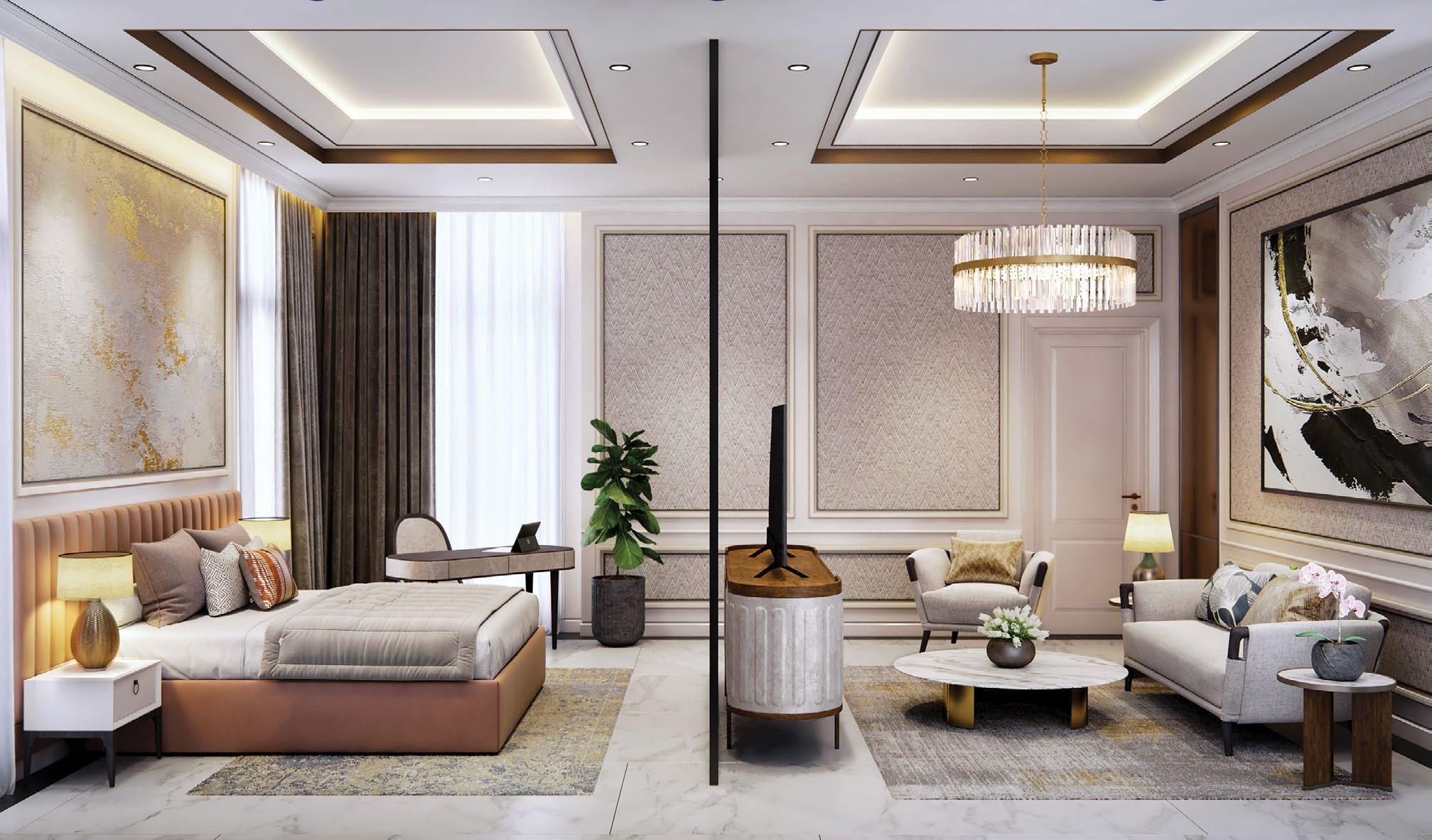
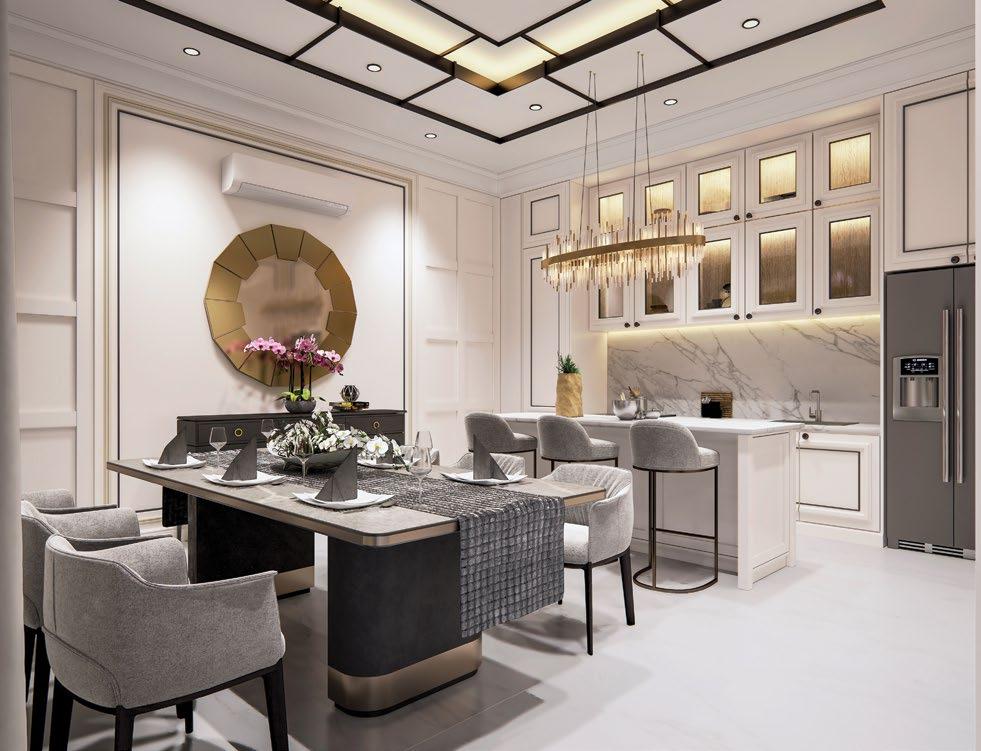


Developer: Paramount Land
Product type: Residential clusters
Consultants: Studio i27, Hadiprana Design, ETHOSpace
Concept: Modern Classic Design with Open Concept
Layout
Launch date: December 2022 (Phase 1)
Completion date: December 2024 (Phase 1), December 2026 (Phase 2)
Total land area: ±6 hectares
Unit area: 162-300 sqm (land), 208-432 sqm (building)
Number of units: 170
Average unit size: 220 sqm
Price range: IDR7-14 billion
Monthly maintenance fees: IDR1.1-3.5 billion
Facilities: Matera Community Club, commercial and entertainment area, education and healthcare facilities, and more
Contact:
Phone: 0811 1987 999
Address: Paramount Plaza, Jl. Boulevard Raya Gading Serpong Kav. 1, Gading Serpong, Tangerang-15810, Indonesia
Website: www.paramount-land.com
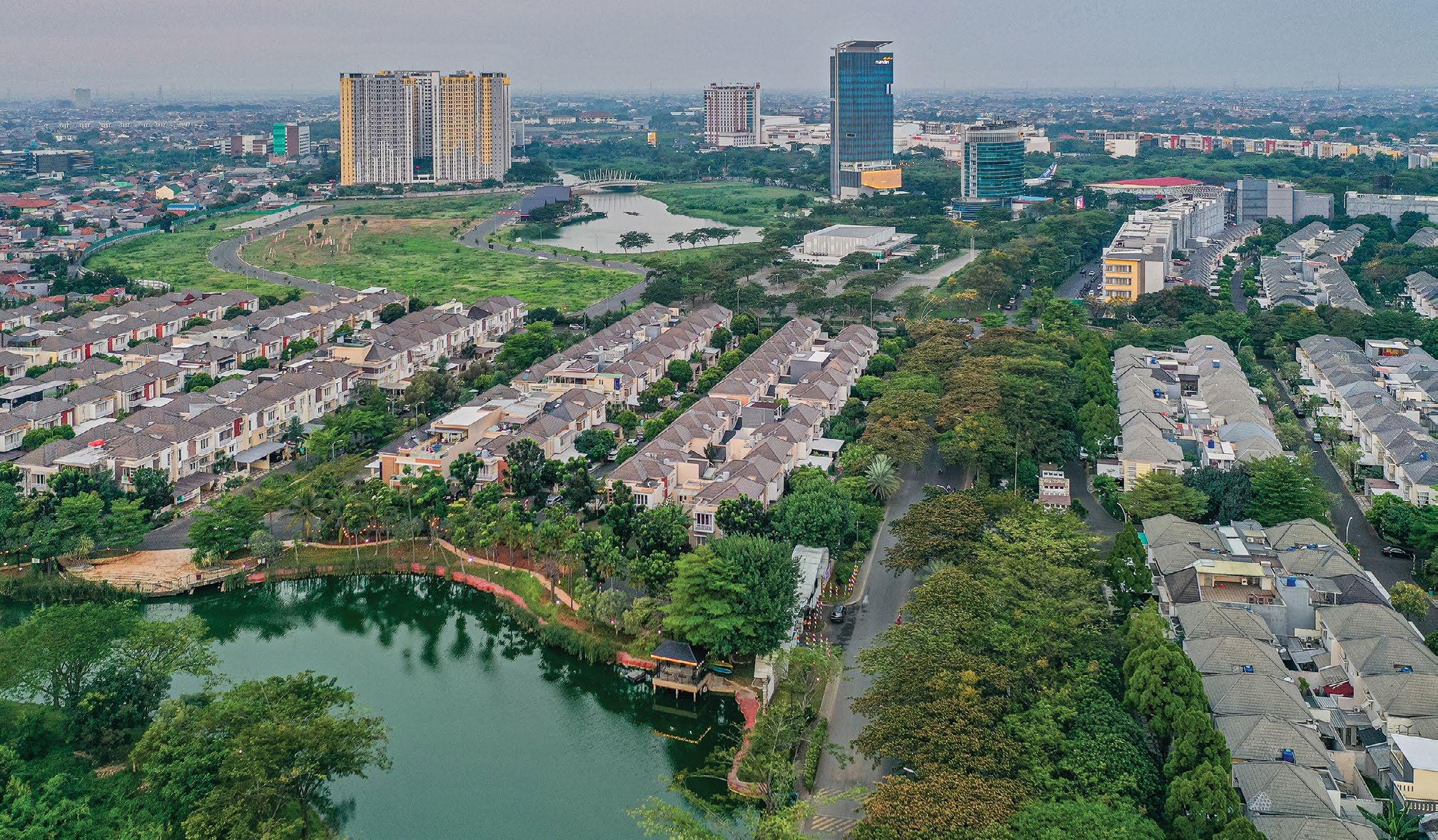
Summarecon Bekasi is a modern, compact township in the heart of Bekasi City. Connected by Flyover KH Noer Ali Summarecon Bekasi to the centre of Bekasi City, Summarecon Bekasi has become known as New Bekasi City Center due to the rapid development of its business and commercial sectors.
With 70% of its 270-hectare land area already developed, Summarecon Bekasi has already given rise to 3,191 landed house units, 4,883 apartment units, and 521 shophouse units.
Summarecon Bekasi is a township that features sustainable infrastructure such as a water treatment plant (WTP), waste
water treatment plant (WWTP), and flood drainage system. It also features lakes and green areas planted with 12,401 trees. Summarecon Bekasi additionally has a dedicated town management, providing residents with the utmost comfort and convenience.
Summarecon Bekasi comes complete with facilities such as schools and universities. It also contains commercial areas such as La Spezia and shopping centres like Summarecon Mall Bekasi.
With a complete range of facilities available, Summarecon Bekasi has become a regional destination for residents of Bekasi and its surroundings.



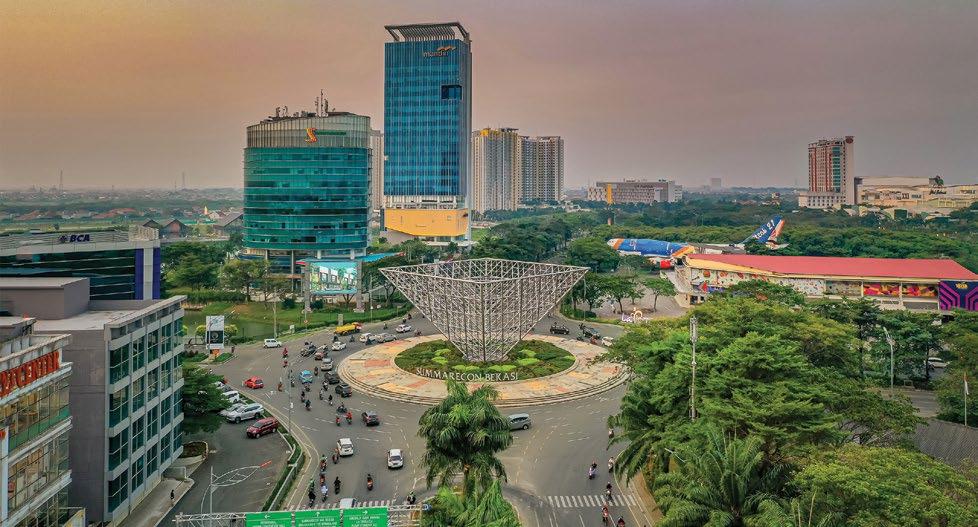
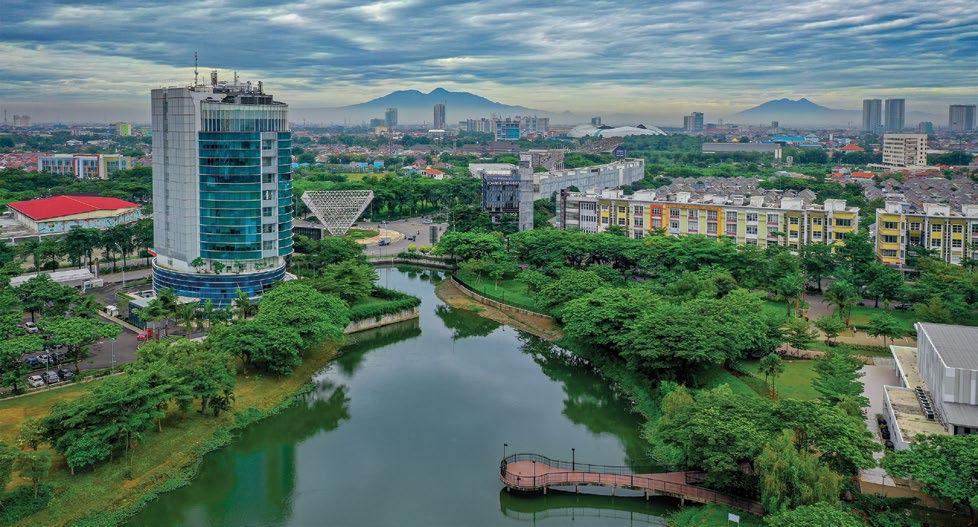

Developer: PT Summarecon Agung, Tbk.
Product type: Township
Architect: Townland
Launch date: 2010
Total land area: 2.43 million sqm
Number of units: 3,615
Facilities: Mall, hotel, office, commercial area, automotive centre, university, hospital, kindergarten, elementary and high school, mosque, modern fresh market, WWTP, and town management
Contact: Phone: 021-8866666, 087870001991 (WhatsApp) Website: www.summareconbekasi.com

Jasmia Residence is one of the first residential clusters launched at Summarecon Crown Gading, a township development northeast of Jakarta.
Developed on 6.8 hectares of land, Jasmia Residence comprises 264 residential units with classic modern designs that give the homes a timeless, luxurious aesthetic. This cluster offers three types of spacious units, with the option of attics, for customers to choose from.
Jasmia Residence balances nature, healthy living, and a modern lifestyle, thanks to its many open spaces and facilities. The cluster features a lake as well as a clubhouse, which includes a multifunction room, fitness room, pool, and children’s playground. The facilities combine comfort and safety for residents’ health and wellbeing.
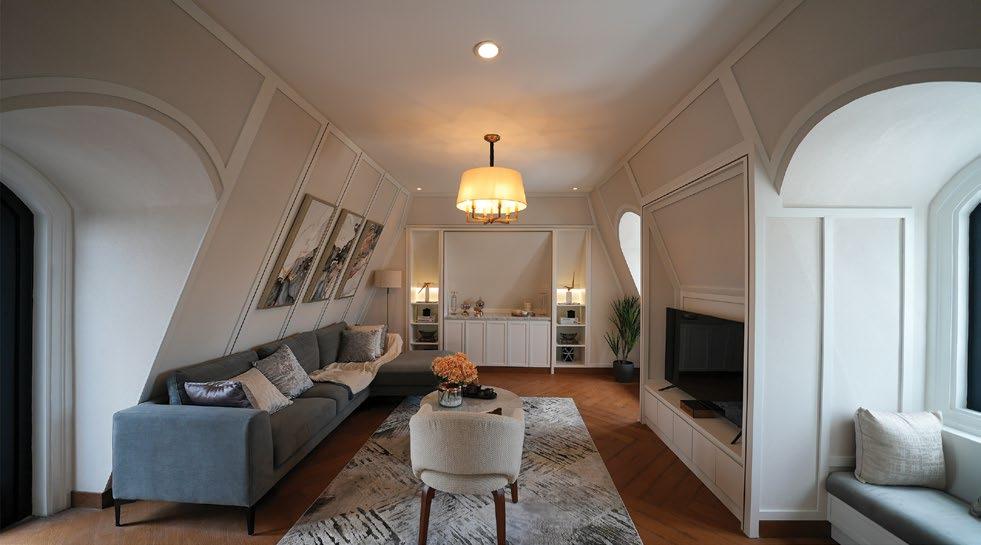
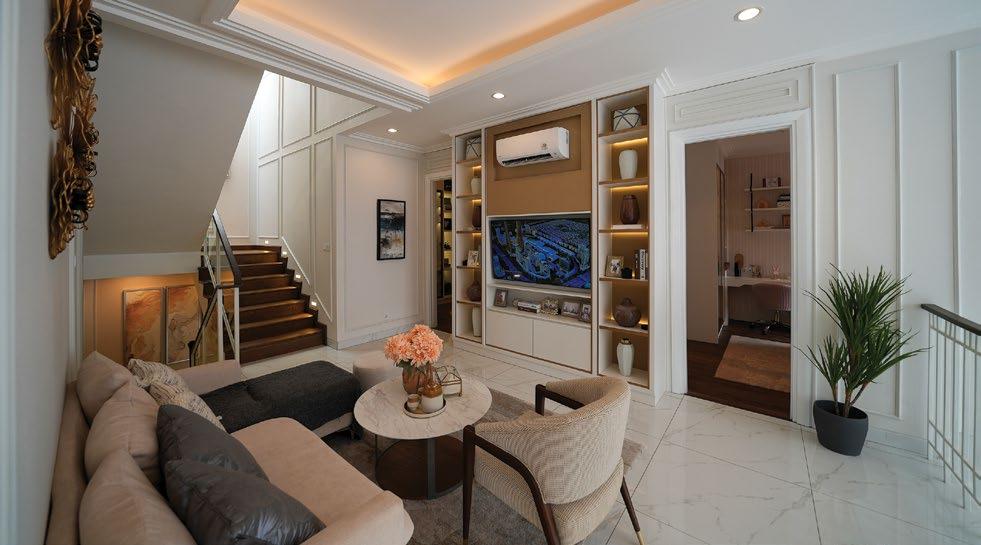
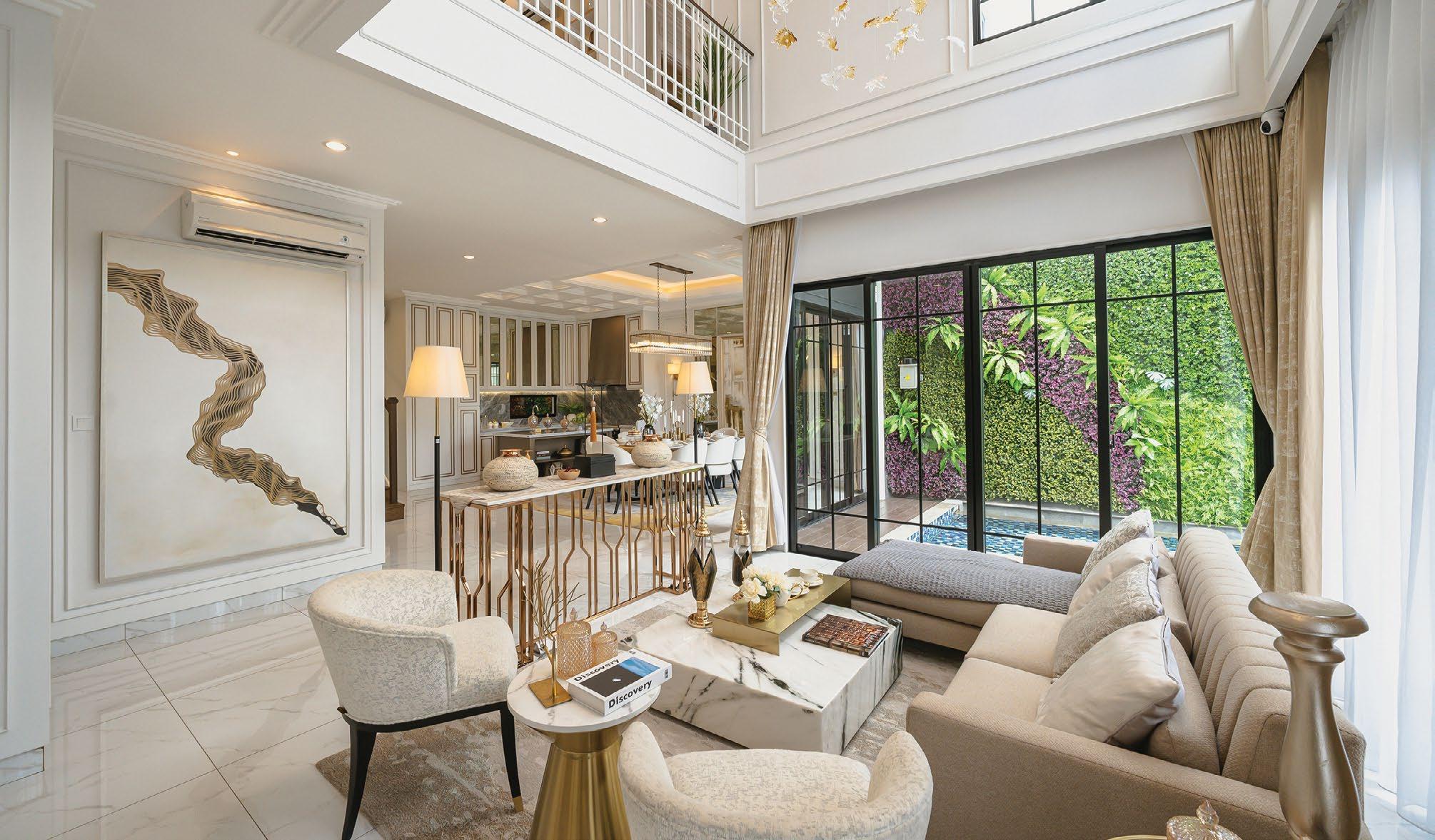


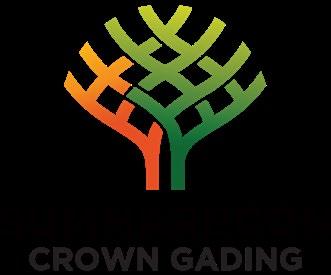
Developer: PT Summarecon Agung, Tbk.
Product type: Landed residential
Architect: Hadiprana
Launch date: November 2022
Completion date: November 2025
Total land area: 68,648 sqm
Number of units: 264
Average unit size: 184 sqm
Price range: IDR2.8-5.5 million
Monthly maintenance fees: IDR5.5 per sqm
Facilities: Clubhouse, multifunction room, fitness room, pool, and children’s playground
Contact:
Phone number: 021-88998899, 081322288852 (WhatsApp)
Website: www.summareconcrowngading.com
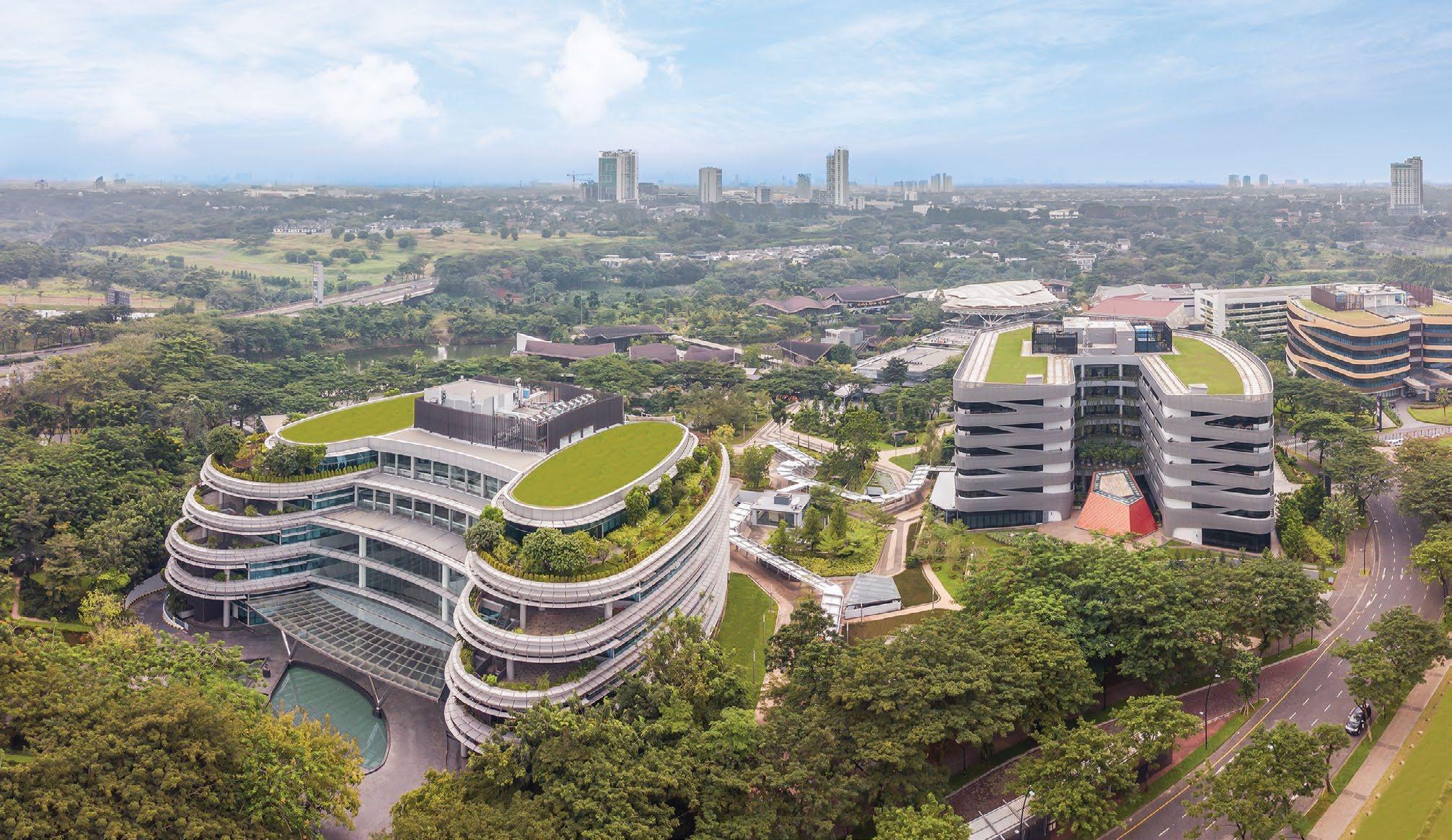
BSD City is Indonesia’s largest, most complete, integrated independent city.
Built by leading developer Sinar Mas Land, BSD City has over the decades become a household name, earning accolades for continuous innovation.
BSD City has redefined urban living with infrastructures and amenities that seamlessly integrate technology, innovation, and sustainability.
The journey began in 1984 when Bumi Serpong Damai (BSD) transformed from an abandoned rubber plantation into a thriving township. Today, BSD City is a self-sufficient community with upscale residential areas, educational institutions, shopping districts, entertainment facilities, business spaces, and MICE (meetings, incentives, conferences, and exhibitions) centres.
Celebrating its 40th anniversary in 2024, BSD City is set for further transformation with RANS Nusantara Hebat, a new centre for culinary exploration and platform for
talented SME entrepreneurs. EASTVARA, an open-concept mall, will also enliven BSD City soon, joining AEON Mall and other exciting retail establishments in the area.
Transport infrastructure projects continually boost accessibility to BSD City. In 2022, the Serpong-Balaraja Toll Road Section 1A opened, further solidifying BSD City’s strategic location, which is already well-connected to Jakarta and Tangerang through the Jakarta Outer Ring Road (JORR) Sections 1 and 2.
Jatake Station, an upcoming transitoriented development (TOD), will be a major hub for rail and public transport connections in BSD City. BSD Link, an innovative network of buses, now connects many points within the city.
BSD City has also introduced Digital Hub, a futuristic commercial complex for tech companies and startups. With this and more, BSD City is truly on the way to becoming an integrated smart digital city.


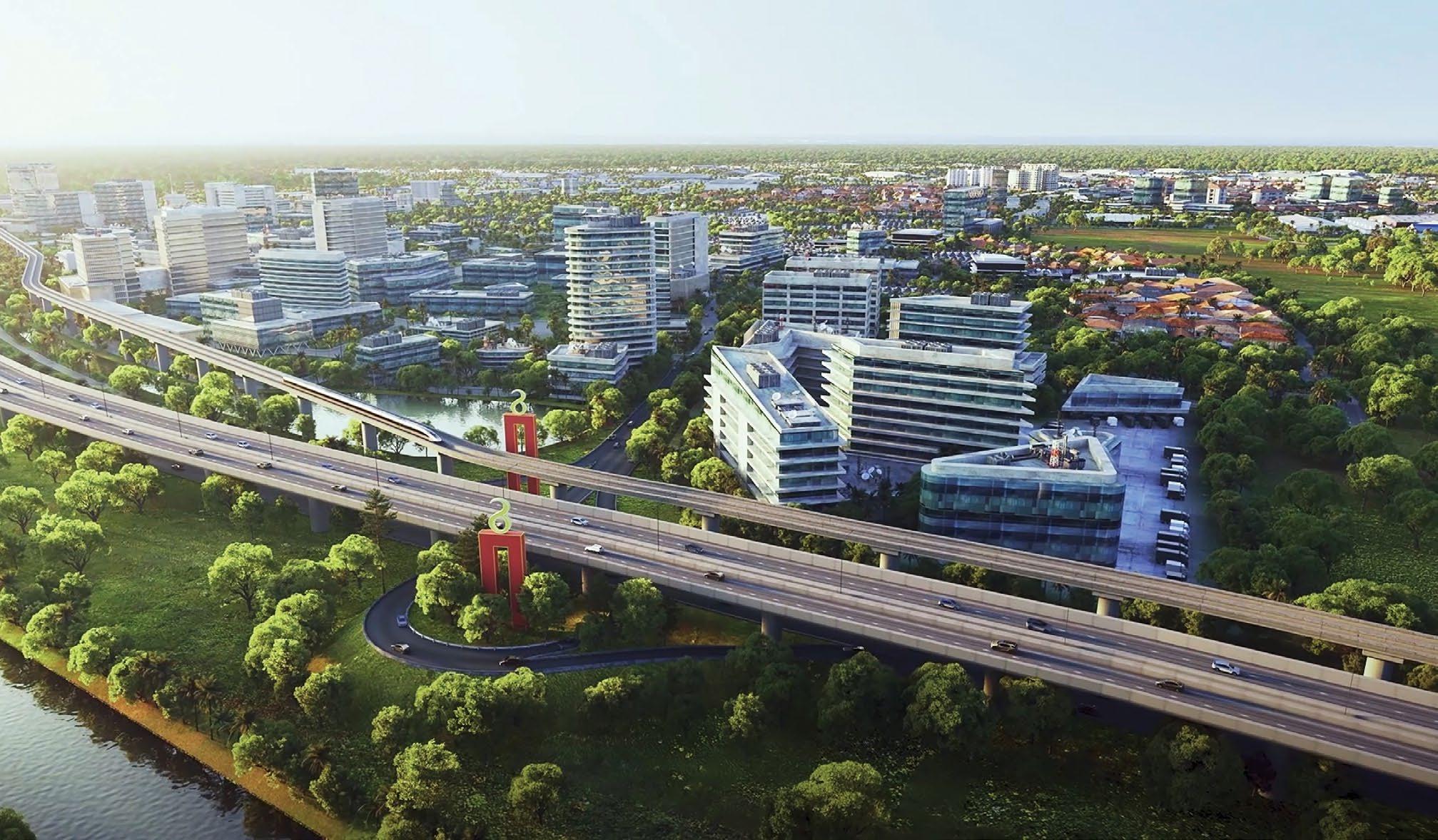
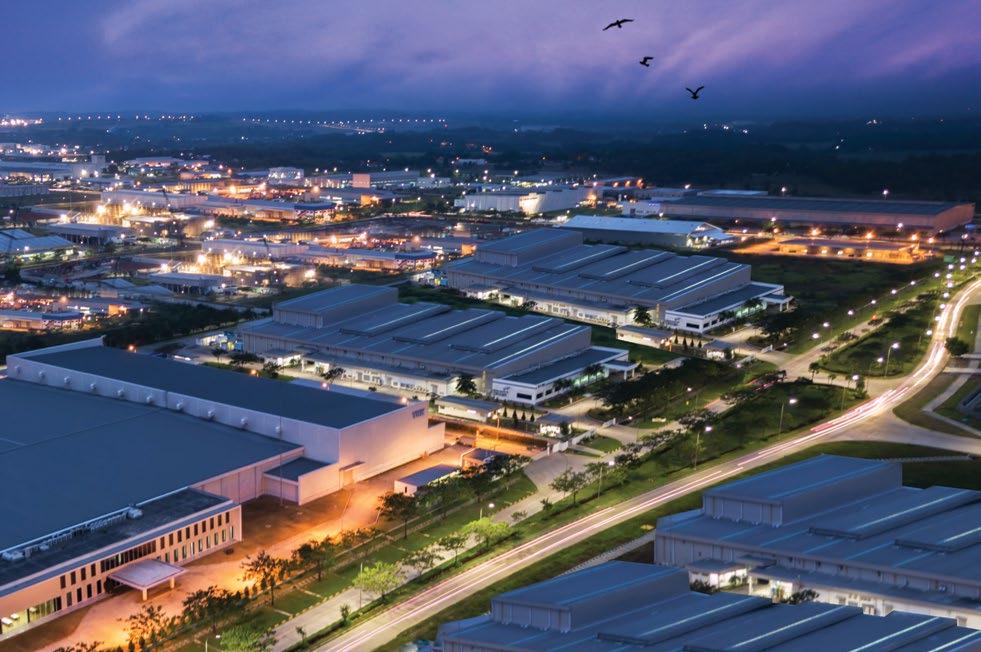

Developer: Sinar Mas Land
Product type: Residential, office, commercial, and industrial
Launch date: 1984
Total land area: 6,000 ha
Number of houses built: 40,000
Facilities: Indonesia Convention Centre (ICE), resorts and entertainment venues, places of worship, golf course, hotel, civic centre, educational institutions, health centres, and more
Contact:
Phone: +6221 5315 9000
Email: vini.suwito@sinarmasland.com
Website: bsdcity.com
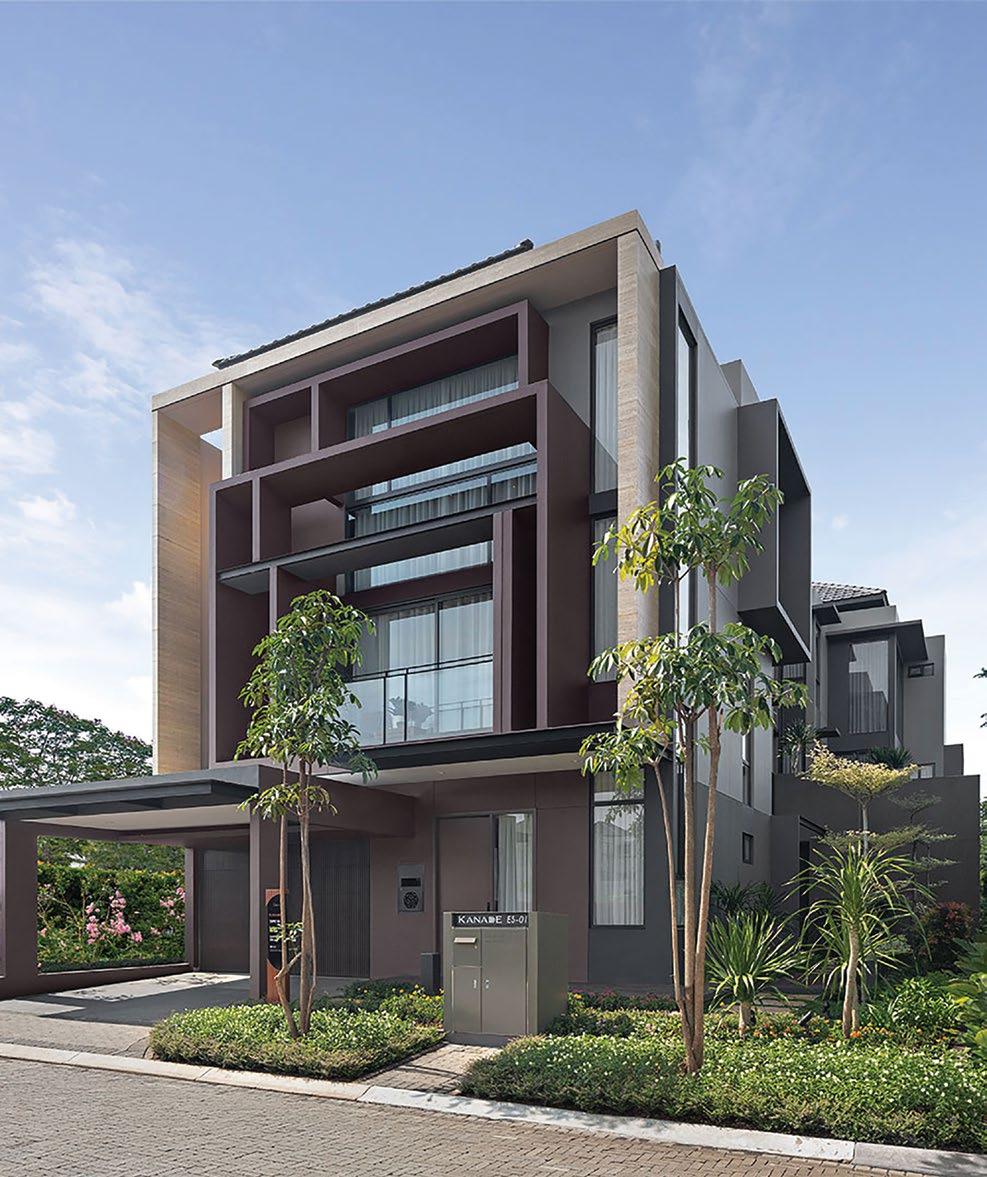
The Zora is a mixed-use development in BSD City, featuring landed houses, shophouses, and commercial lots. The meticulously designed homes blend contemporary elegance with sustainable features, offering 27 magnificent facilities for residents to enjoy.
Kanade, the latest cluster of The Zora, offers luxury semi-furnished houses, each valued at up to USD70,000. Featuring premium specifications, including imported marble and low E-glass, Kanade at The Zora is ready for occupancy in 2024.
Kanade at The Zora has a distinctively Japanese feel, with rear gardens on the second floor, adjacent wet and dry kitchens, and smart home features.
Overall, The Zora showcases Indonesian and Japanese values, embracing cultural diversity and harmony. The project contains thoughtfully curated public spaces such as the NAMI, OHANA, HOSHI, and HANABI Gardens, providing residents
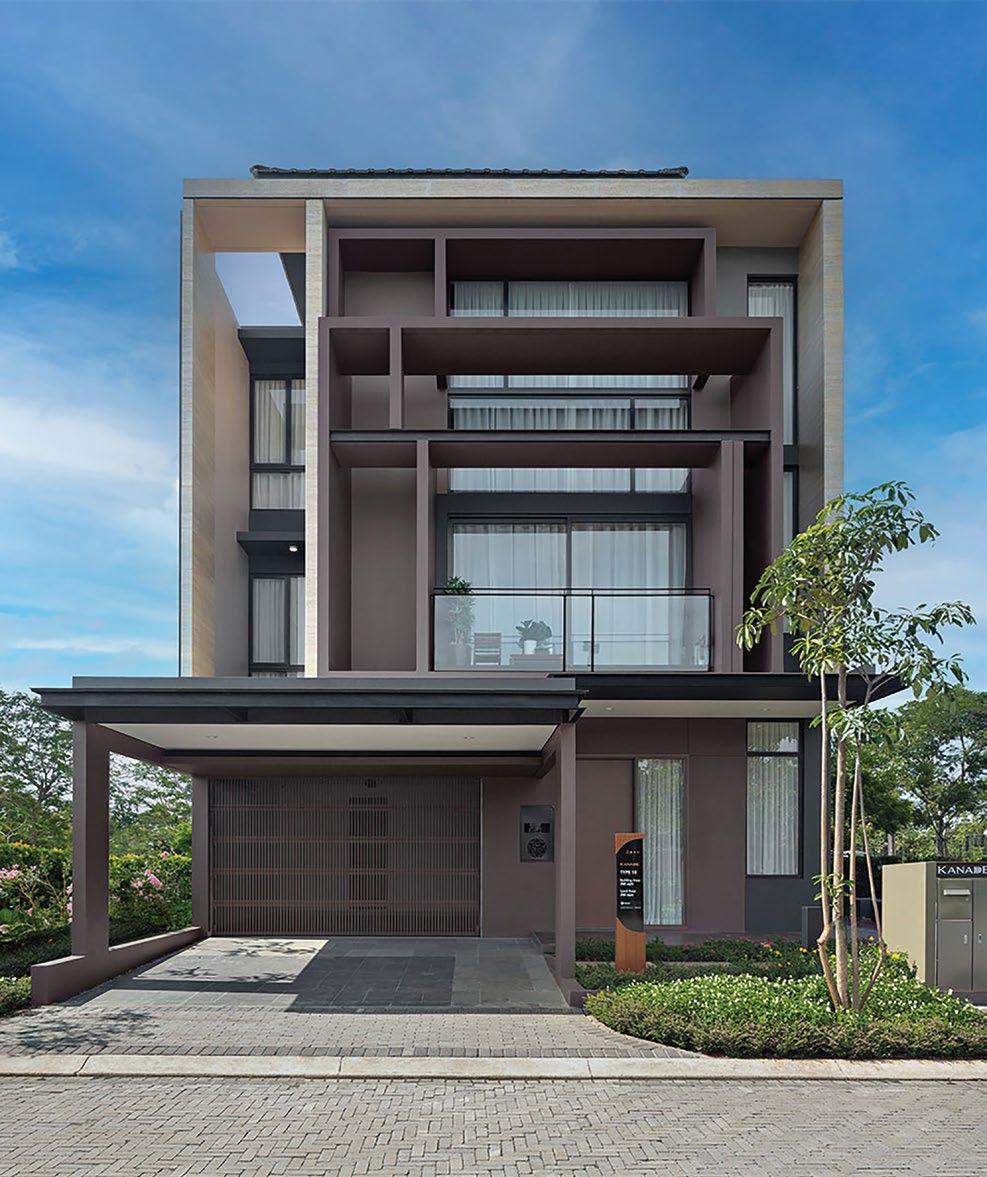
with recreational and leisure options on their doorstep. In addition, the exclusive Samasana Club House offers access to premium amenities such as an onsen pool, tennis court, and Japanese-inspired relaxation areas.
At the heart of The Zora lies a plethora of world-class facilities, from lush green spaces and recreational areas to stateof-the-art fitness centres and community hubs. Sustainable design principles are incorporated throughout the development, including low-E glass, solar-powered heating systems, and waste segregation facilities, ensuring a greener, more environmentally friendly community.
The Zora benefits from its proximity to a wealth of amenities, from shopping centres and schools to healthcare facilities and transportation hubs. Additionally, the development is strategically located near major highways and future transportation projects, providing seamless connectivity to Jakarta and beyond.


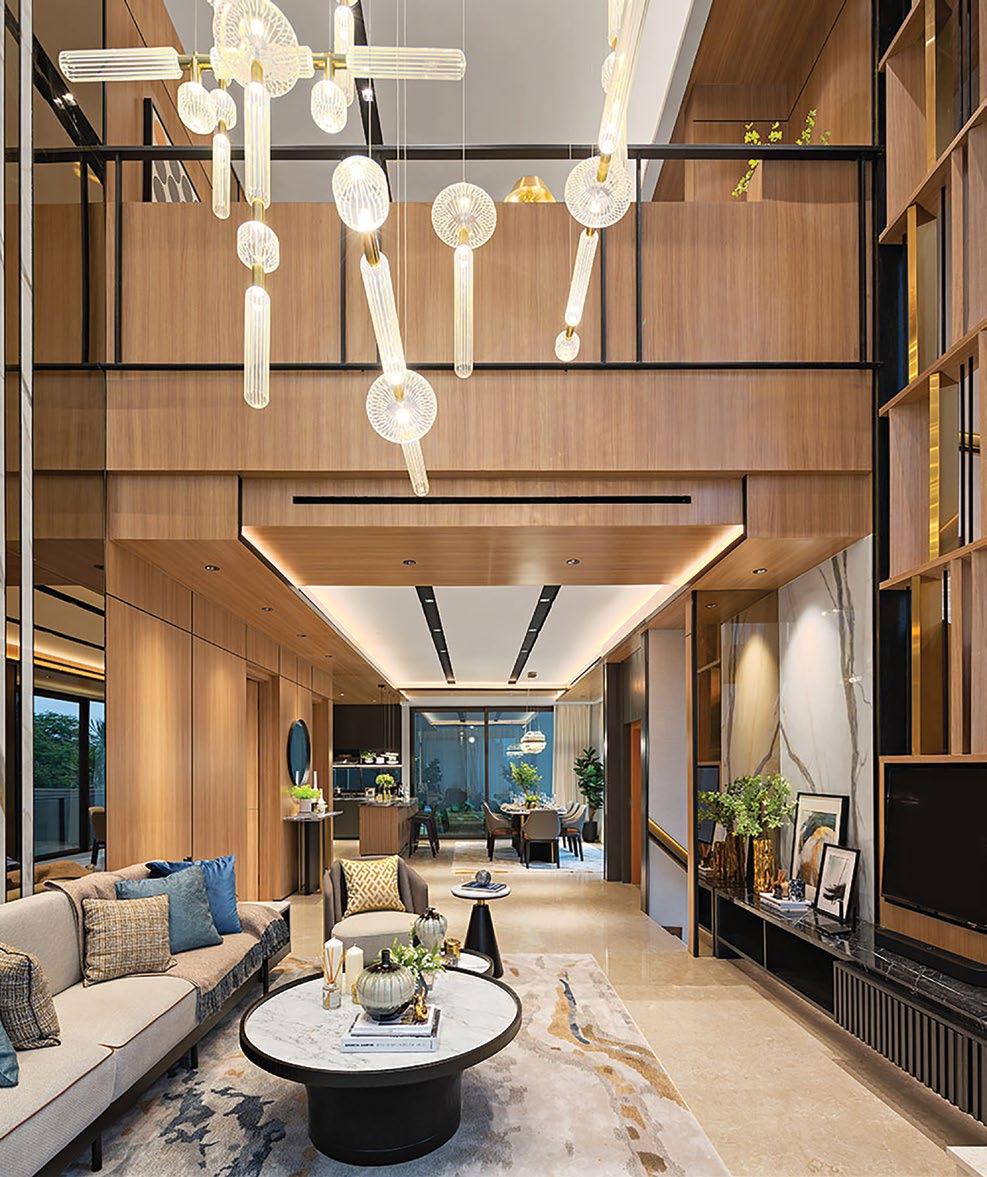
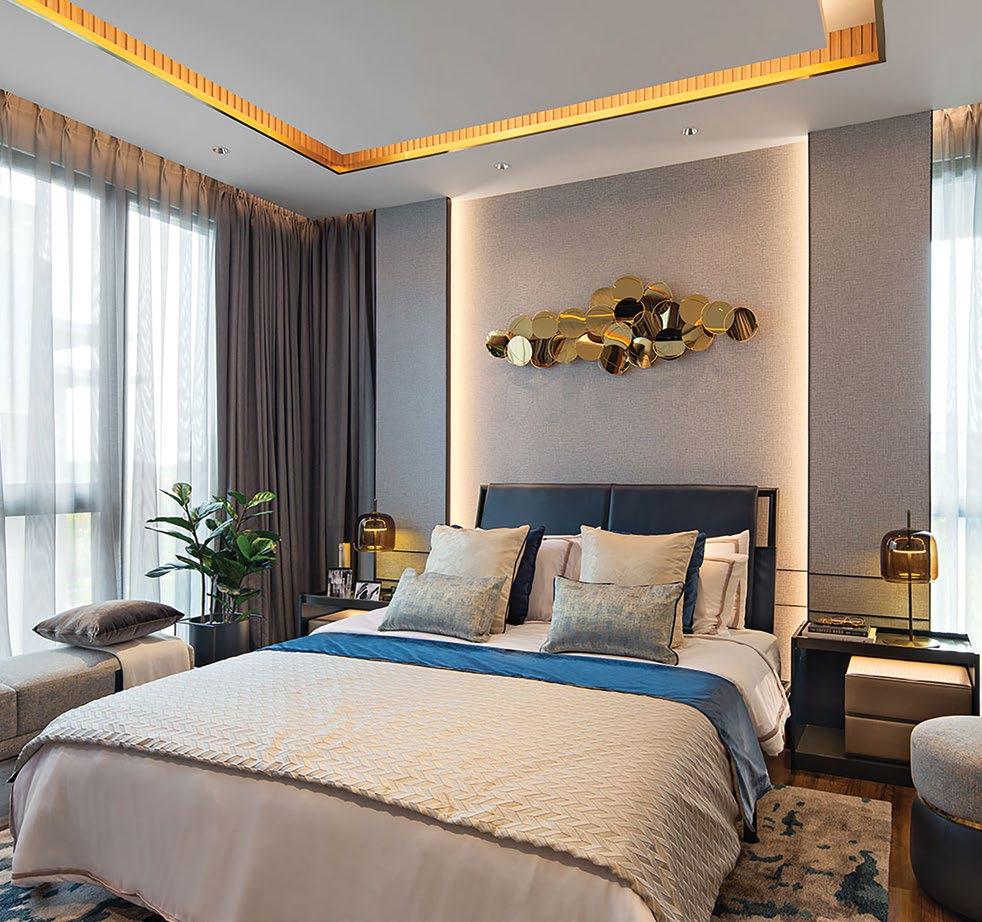
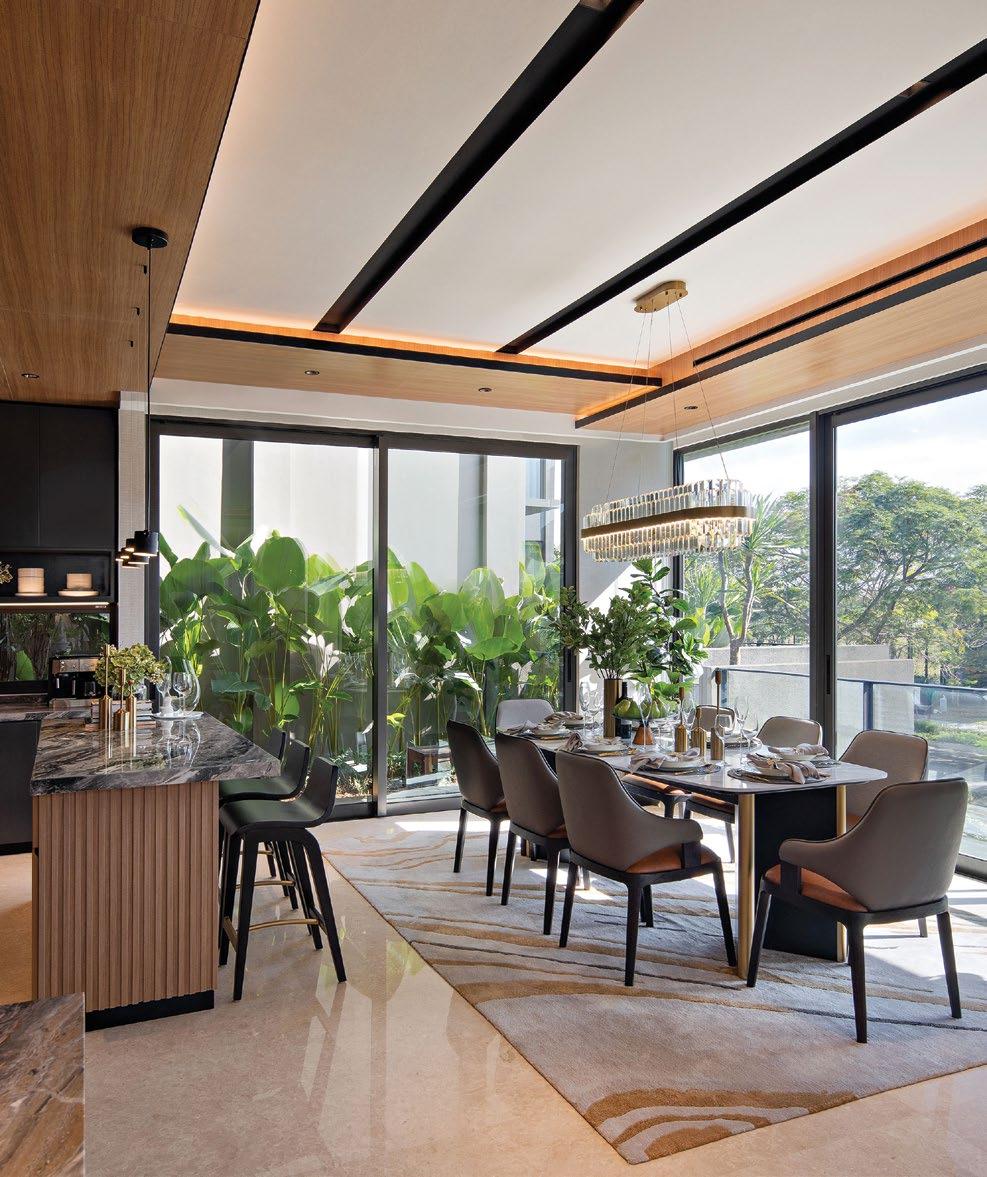

Developer: PT BSD Diamond Development
Product type: Mixed-use (Landed house, shophouses, and commercial lots)
Architect: Nataneka Asimetris (landed house architect), Metaphor Indonesia (interior designer)
Launch date: 2018
Completion date: 2025
Total land area: 19 ha
Number of units: 583
Average unit size: 136-264 sqm
Price range: IDR6-22 bio (USD123,000-400,000)
Monthly maintenance fees: IDR10,500 sqm
Contact:
Phone: 08119741088
Address: My Republic Plaza (GOP 6), Jl. Grand Boulevard, BSD Green Office Park, fl. 2B unit 11B – 12, Cisauk, Tangerang 15345, Indonesia
Website: thezora.com

Aki Niseko, a new villa development in Niseko, Hokkaido, offers luxury accommodations in a resort renowned for having the world’s best powder snow. The development is strategically positioned less than 200 metres from the two main gondolas of Upper Hirafu Village.
With 11 luxurious rooftop onsen-villas, Aki Niseko uniquely blends luxury and comfort for year-round, indoor-outdoor living. The villas, just a one-minute walk from the Grand Hirafu ski resort, provides easy access to ski slopes, restaurants, and activities while ensuring seclusion within the Aki private compound. H2 Group, renowned for their HakuLife Collection in Niseko, was involved as consultant on the project.
Designed by the esteemed interior architecture firm Nomura Co., Ltd., Aki Niseko balances opulence with serenity, making it ideal for multigenerational living.
The five-bedroom, five-bath villas feature superbly curated furniture, art-infused fixtures, and designer appliances.
Traditional indoor amenities, including an onsen (natural thermal bath), sauna, and showers, seamlessly integrate with outdoor features such as a firepit, garden, bar, and entertaining area. The rooftop, capable of being heated in winter, offers an extraordinary experience with its thermal bath—a rare highlight due to the villa’s exclusive onsen license.
Residents of Aki Niseko also enjoy access to a members-only clubhouse, complete with a fitness centre and café. A team of butlers, private chefs, and concierge ensure that every need is met. Every detail of Aki Niseko has been thoughtfully considered to create the ultimate slope-side sanctuary, perfect for those seeking a luxurious retreat in one of Japan’s most sought-after locations.


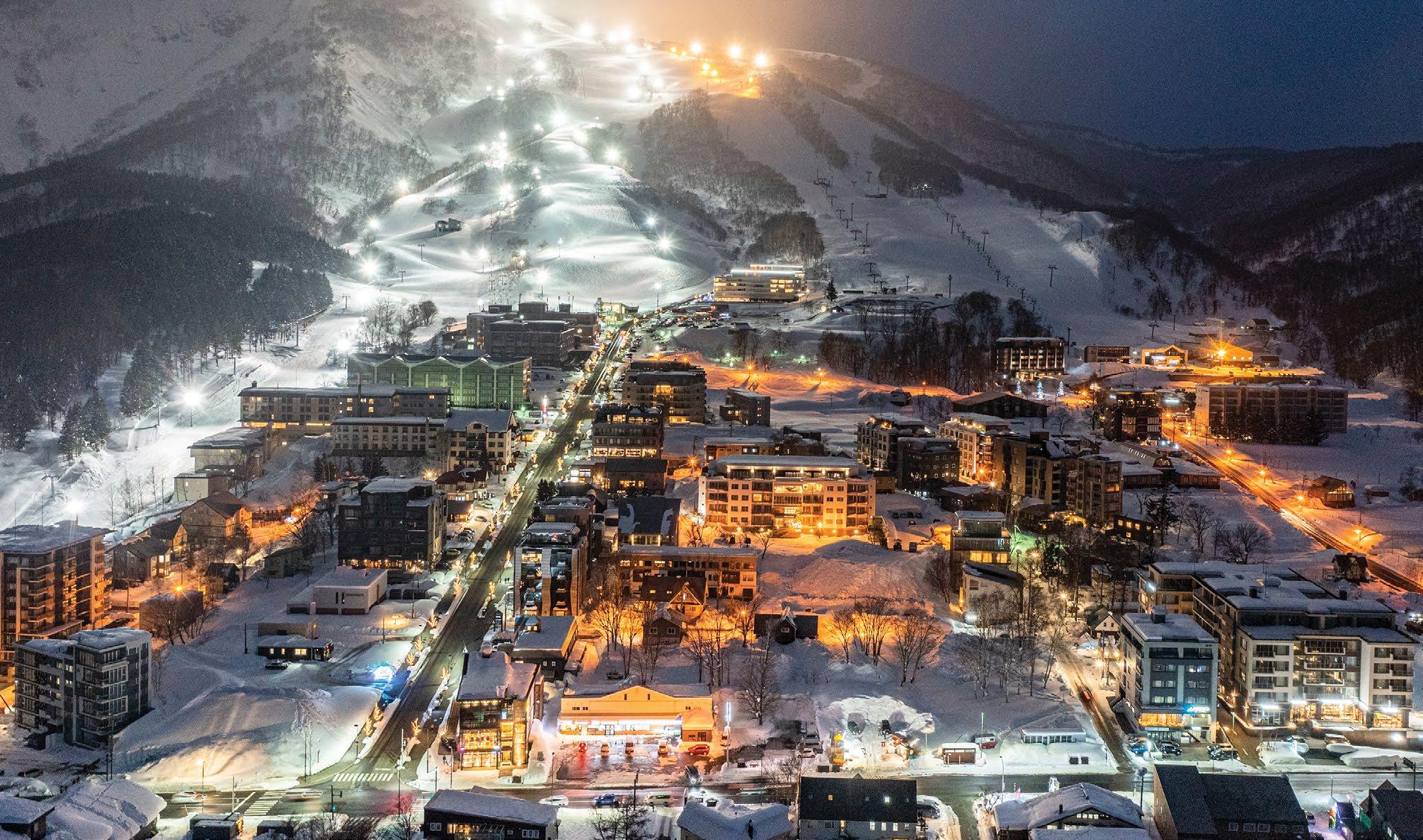
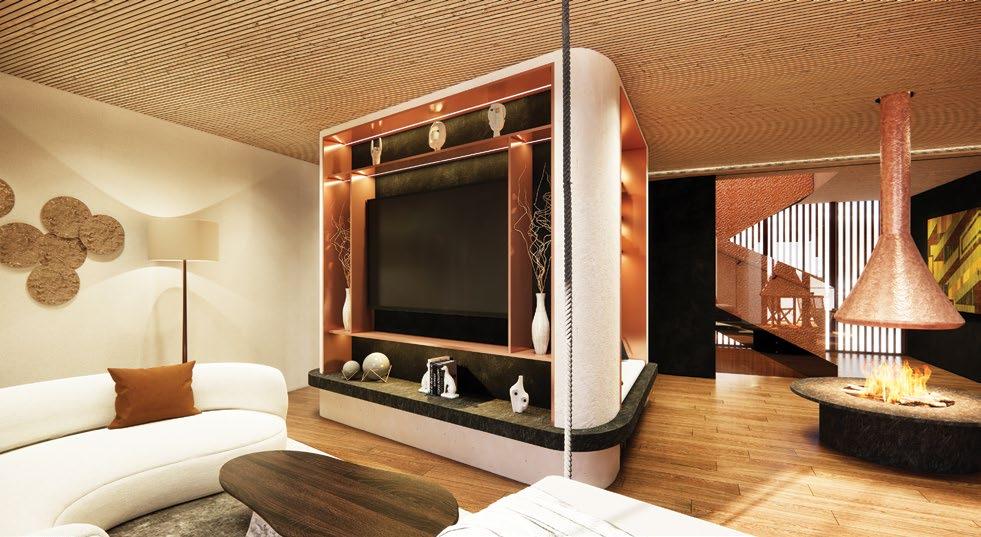
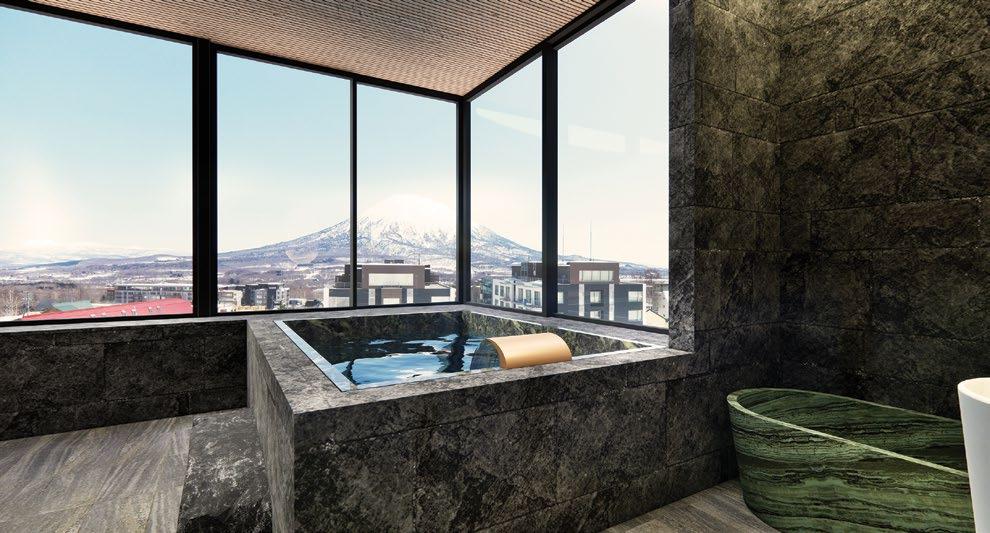
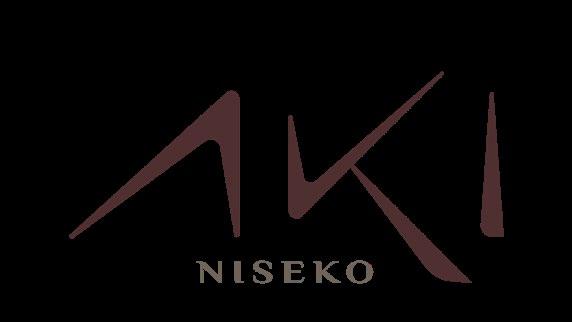
Developer: Takuetsu Co., Ltd
Product type: Four-storey onsen villas
Architect: Land Architects Co., Ltd
Launch date: 2022
Completion date: January 2025 (full completion in 2027)
Total land area: 10,045.61 sqm
Number of units: 11
Average unit size: 437 sqm (Villa H) to 446sqm (Villa E)
Facilities: Heated rooftop lounging area (with indoor ‘onsen’ natural thermal bath, bar, sauna, and firepit) and private clubhouse (with café, yoga studio, fitness centre, kid’s club, and entertaining space)
Price range: From USD10 million
Contact:
Phone: +81 (0) 136 21 6960
Email: sales@akiniseko.com
Address: 北海道虻田郡倶知安町字ニセコひらふ五条三丁目 11番1, 11-1 Niseko Hirafu 5jyo 3chome, Kutchan-cho, Abuta-gun, Hokkaido, Japan
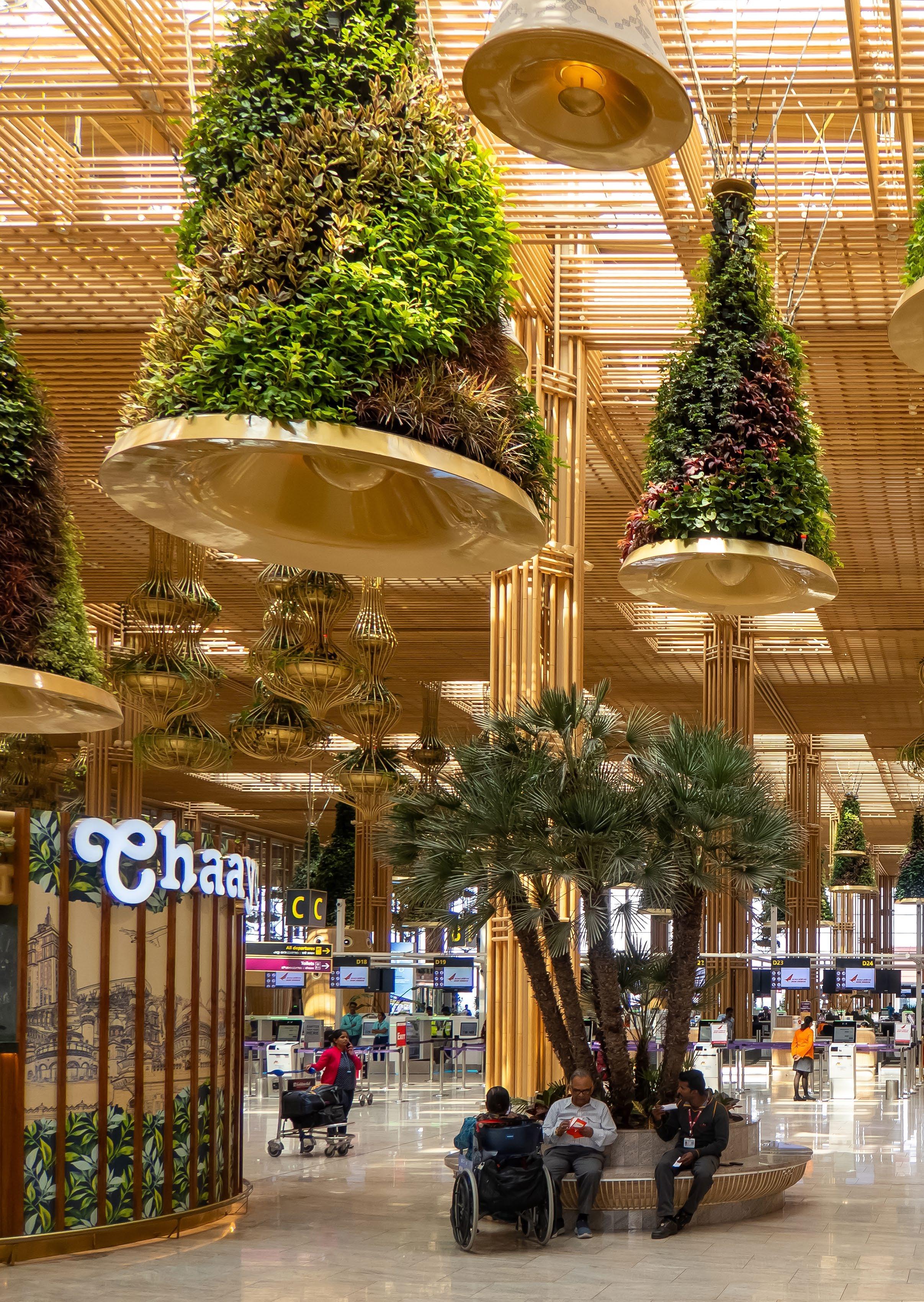
THE NEW KEMPEGOWDA INTERNATIONAL AIRPORT TERMINAL GIVES A NOD TO BENGALURU’S HISTORY AS A GARDEN CITY AND FUTURE AS THE ‘SILICON VALLEY OF INDIA’. SNEHIT PHOTO/SHUTTERSTOCK
